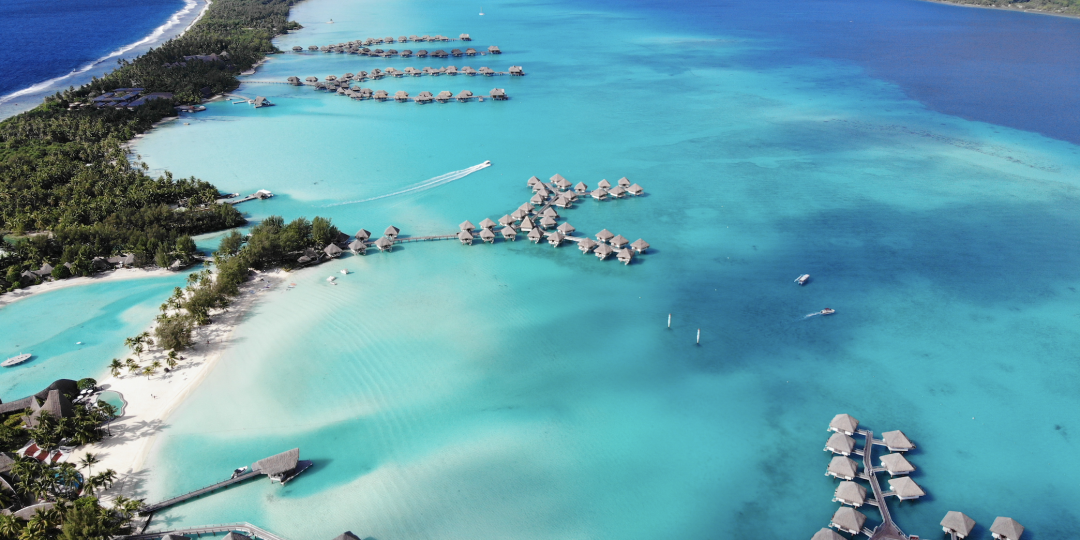
Among thousands of islands, my heart belongs solely to Tahiti. Tahiti is the king of islands; apart from being expensive and remote, it’s truly perfect—an island one must visit in a lifetime.
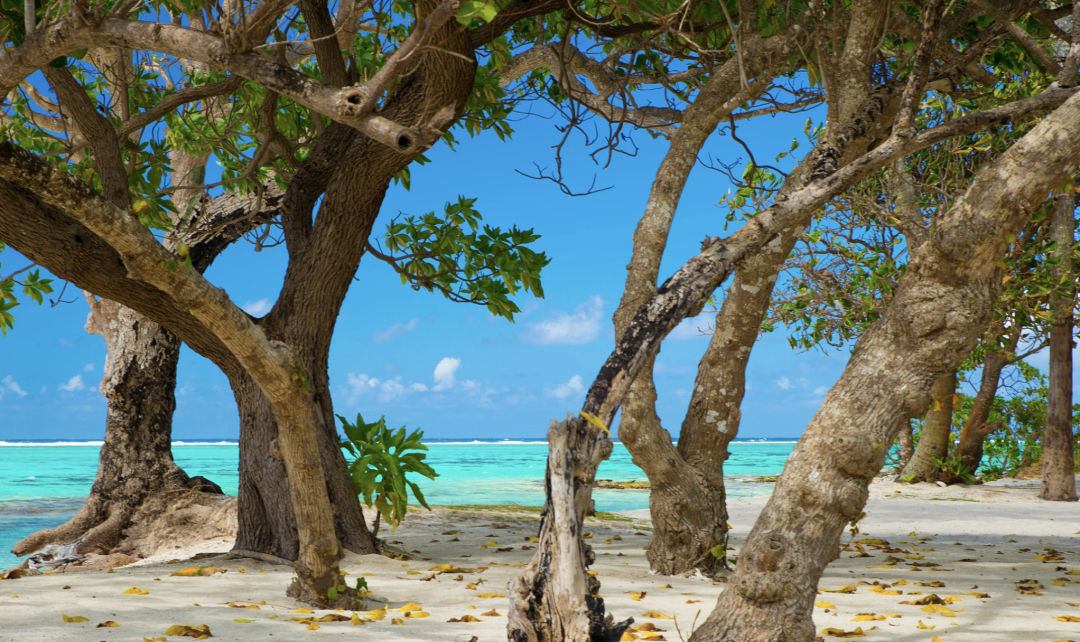
Today’s article is a detailed guide to Bora Bora in Tahiti. We were invited to Tahiti at the end of February and the beginning of March. However, even though we were invited, we still spent nearly 20,000 yuan on flight tickets and taxes. It’s painful to pay out of pocket, but after all, it’s Tahiti. Traveling to Tahiti is indeed expensive, and the extra money could have covered a trip to the Maldives.
To truly appreciate the beauty of Tahiti, one must spend the money wisely. This is because visiting Bora Bora is essential when in Tahiti; Bora Bora is where the essence of Tahiti lies. Otherwise, the long flight and expensive tickets would be just wasted efforts. However, this means that after flying to the capital, Papeete, you’ll need to take another flight to reach Bora Bora. The domestic flights from mainland China to Bora Bora usually involve at least three segments.
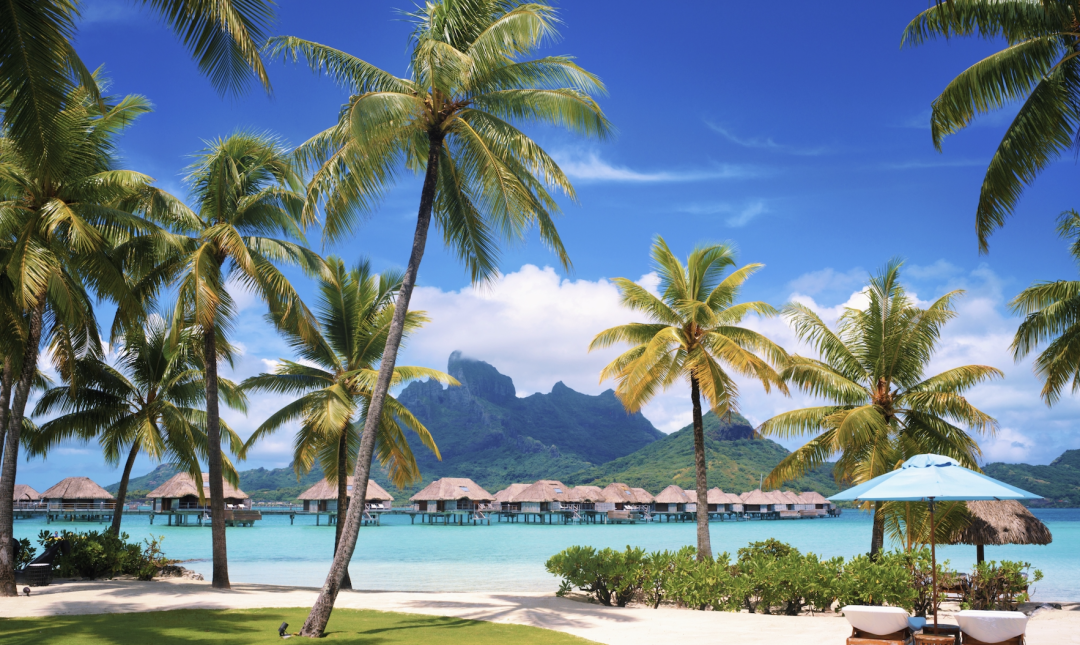
Moreover, hotels in Bora Bora are not cheap. The moderately priced ones range from 8,000 to 10,000 yuan per night, while the more luxurious ones start from above 20,000 yuan. What’s more, hardly any hotel in Tahiti offers an all-inclusive rate; a meal can easily cost at least 100 US dollars per person.
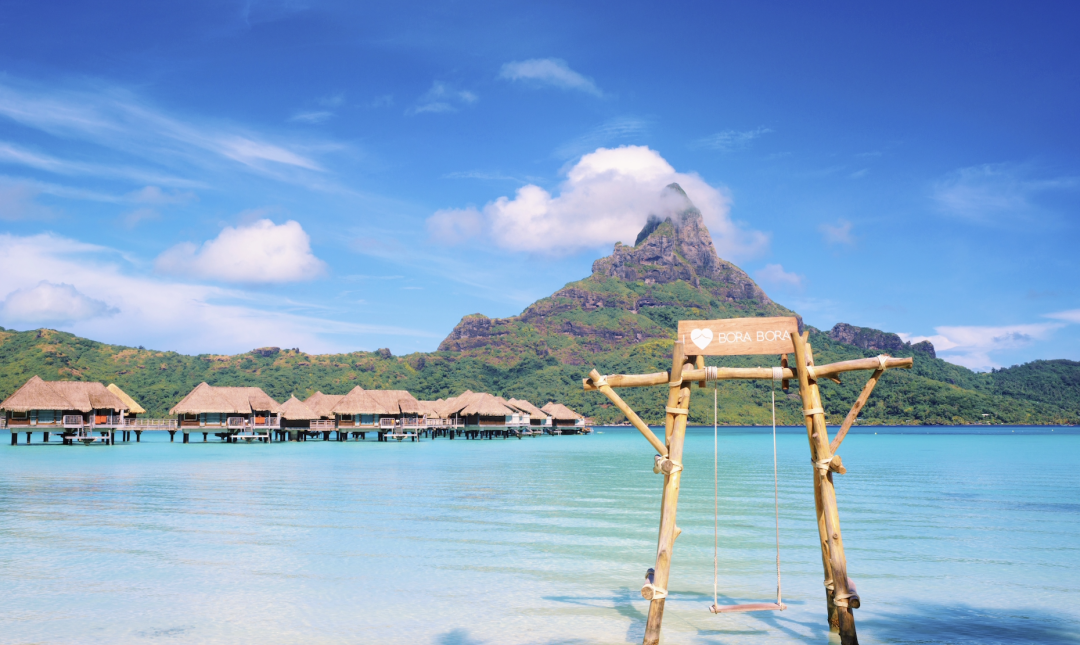
Why is Bora Bora so worthwhile? It boasts a unique “sea-viewing mountain” landscape that can only be seen in Bora Bora.
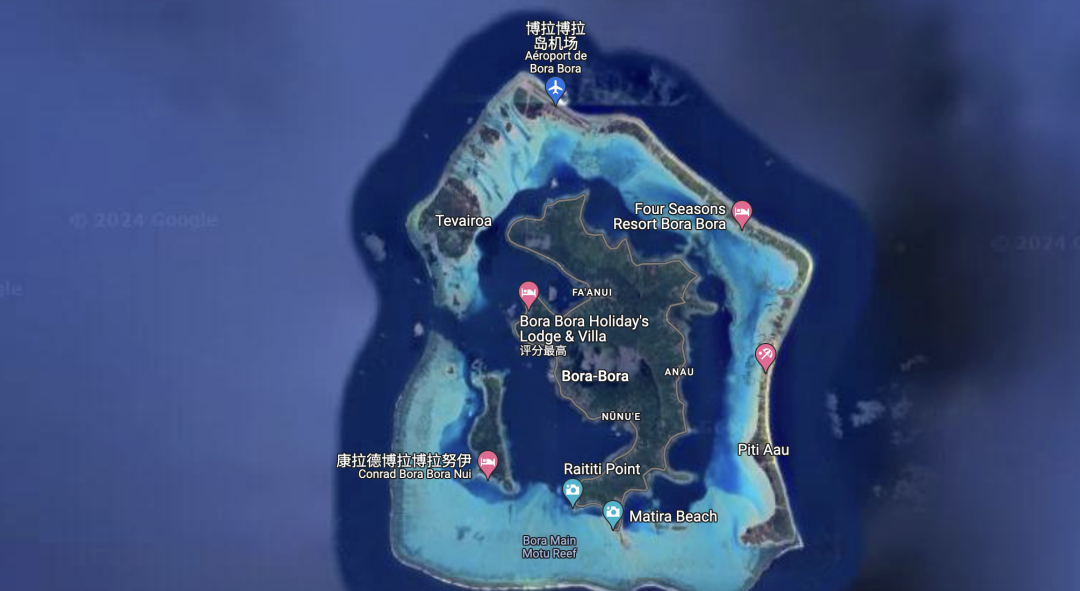
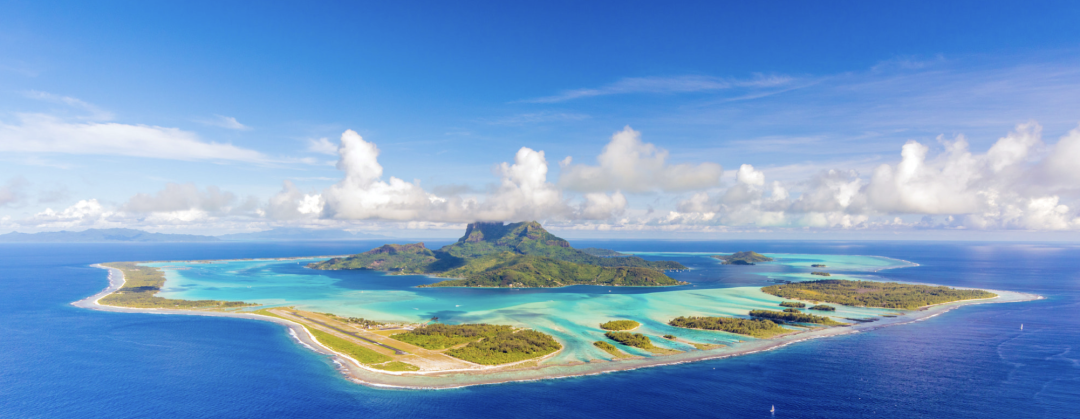
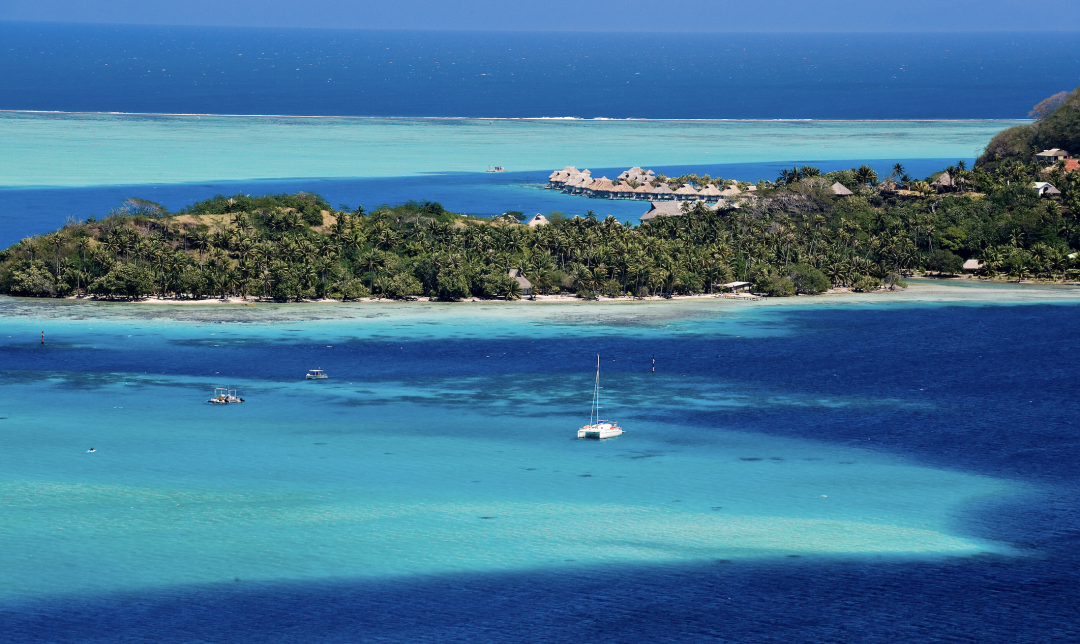
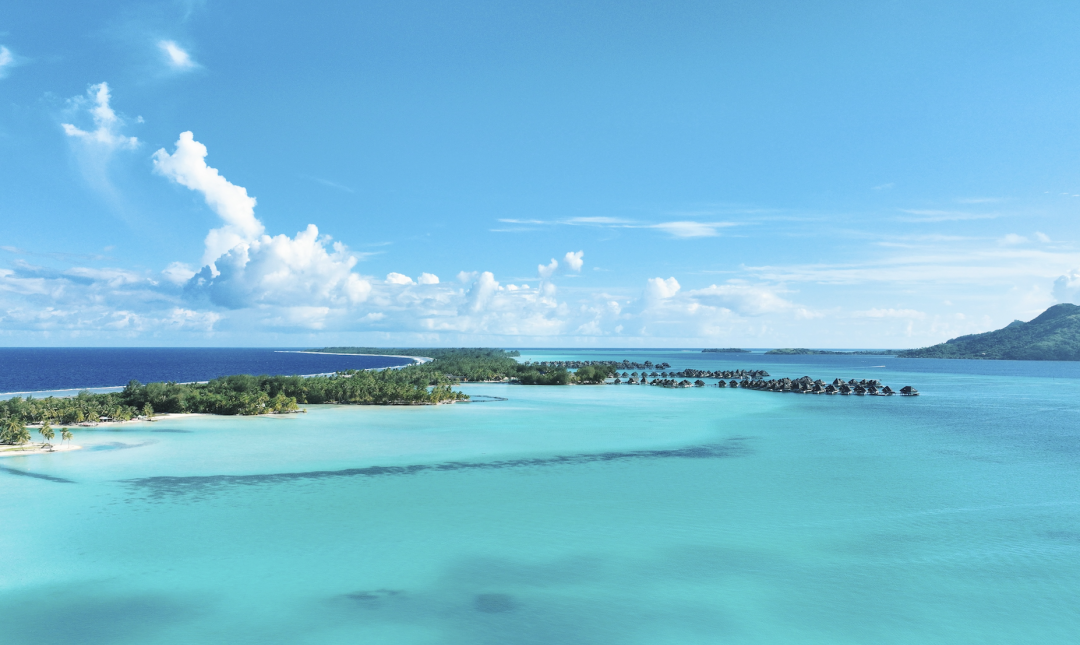
Imagine a five-pointed star-shaped island surrounded by a circle of coral reefs, with a sacred mountain at the center. This unique geographical formation is found only on Bora Bora.
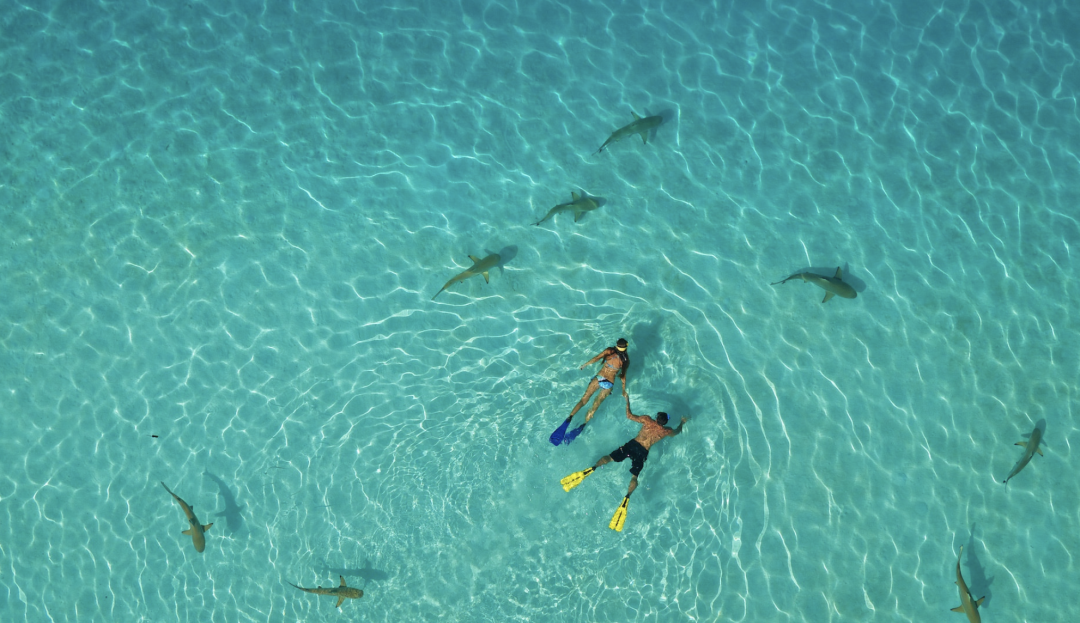
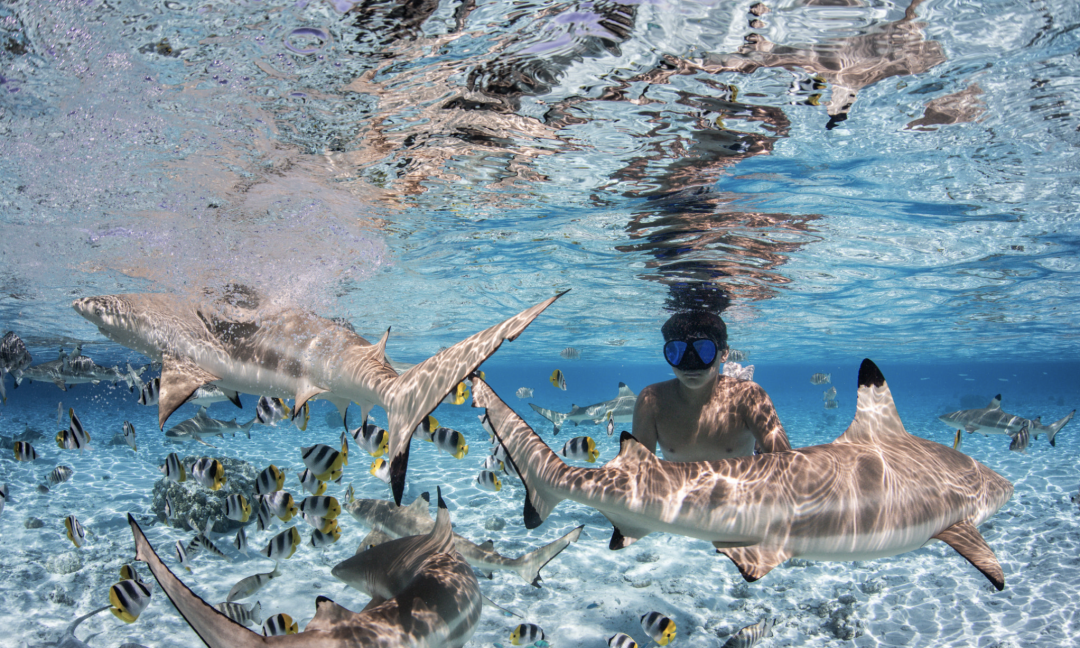
The waters of Bora Bora come in seven different colors.
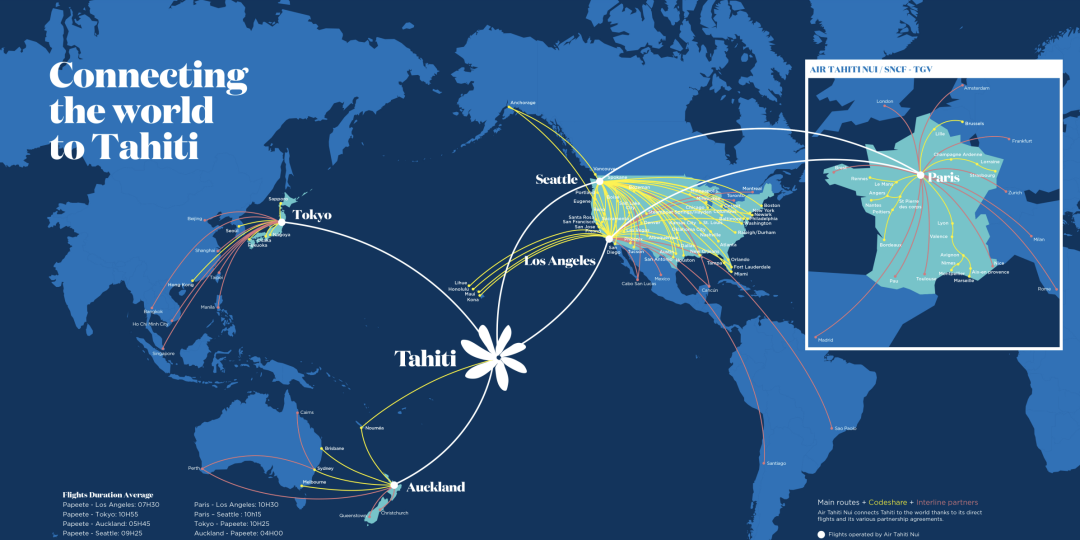
Bora Bora features stunning lagoons, likened to an underwater aquarium, where you can snorkel alongside sharks and rays.
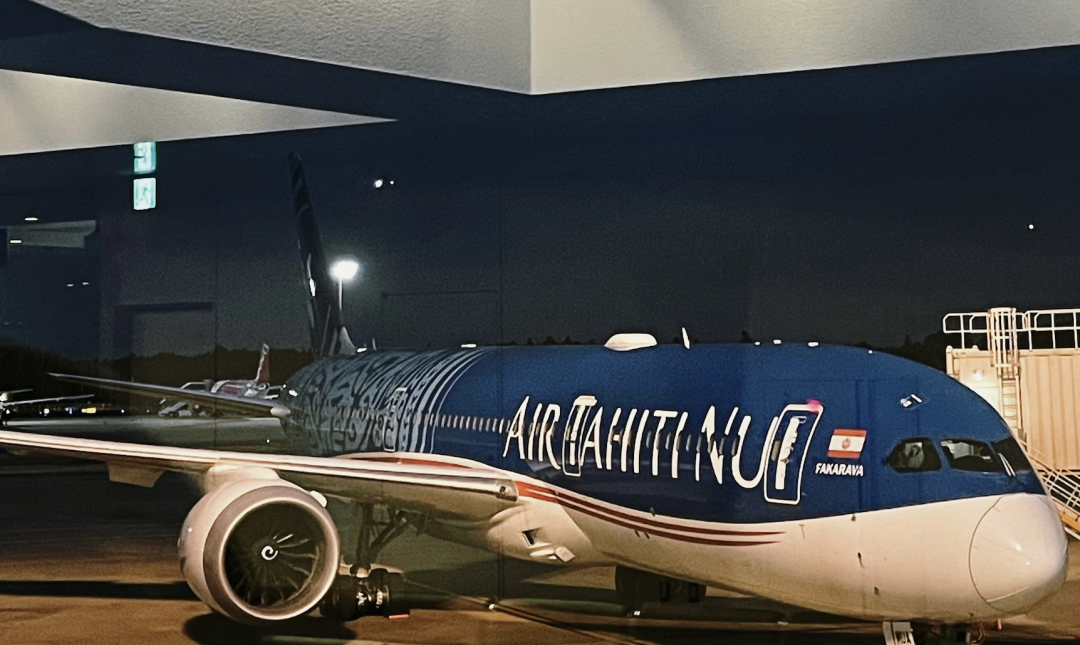
1) How to Get to Bora Bora?
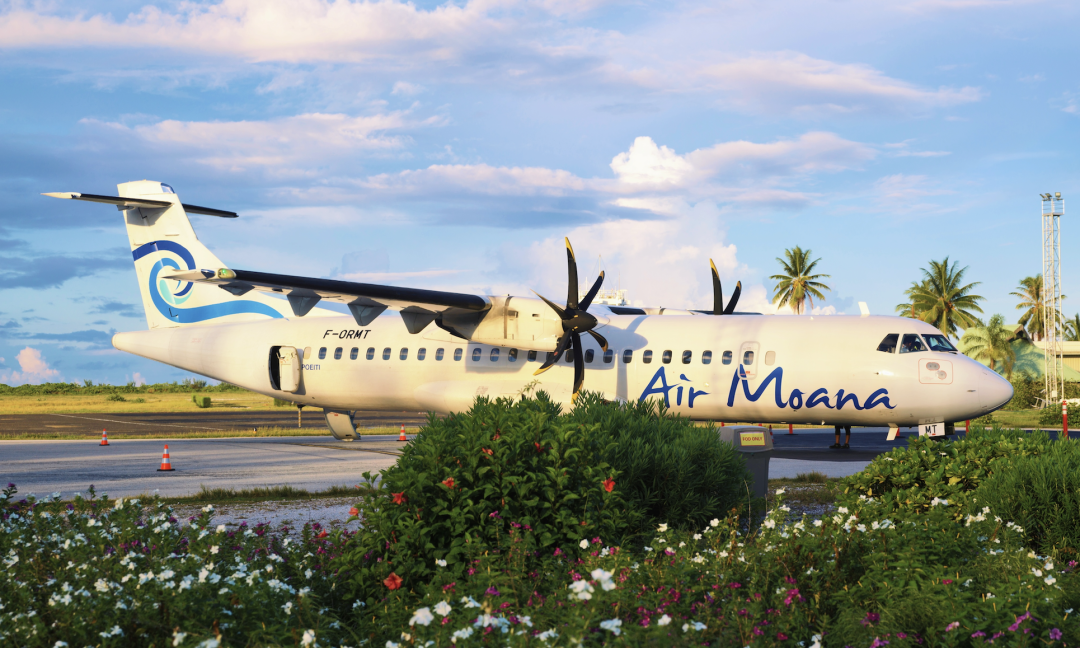
First, you need to fly to Papeete, the capital of Tahiti. Currently, there are direct flights to Papeete from Auckland, Tokyo, Nouméa, Los Angeles, and Seattle. Paris also has flights, but with a stop in Los Angeles. At present, there are no direct flights from mainland China to Tahiti, and typically, you will transit through Tokyo or Auckland. If you transit through Tokyo, some airlines allow checked baggage to be tagged all the way through.
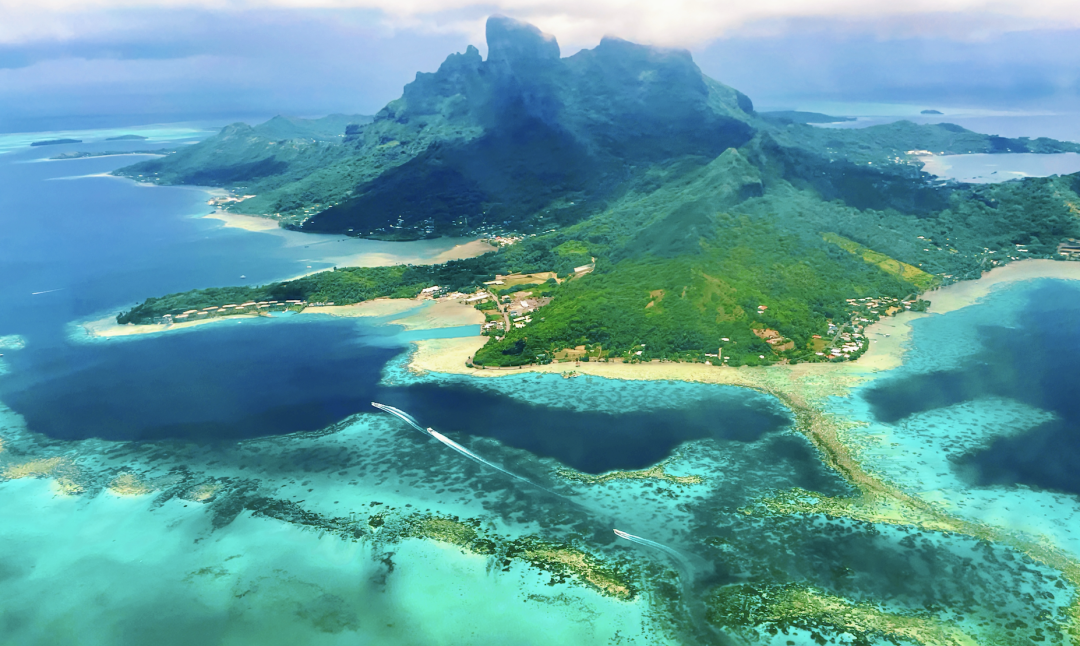
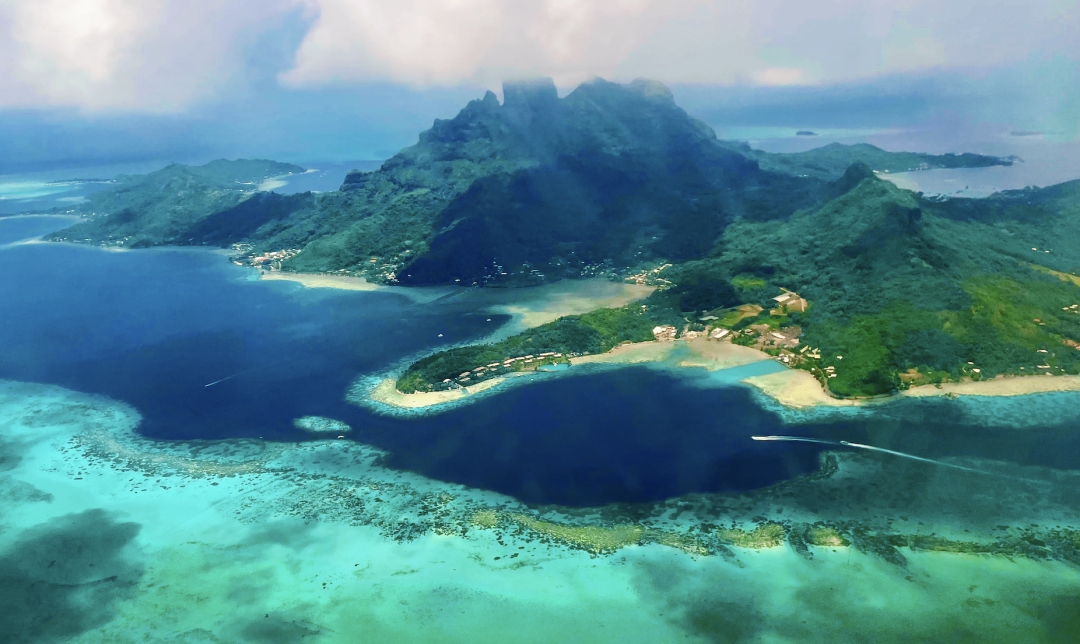
Air Tahiti has upgraded its fleet significantly. I recall visiting Tahiti in 2016 when Air Tahiti was still operating older A340 aircraft with uncomfortable seating and almost no in-flight entertainment. But now, Air Tahiti flies the Dreamliner 787-9, making travel much more comfortable.
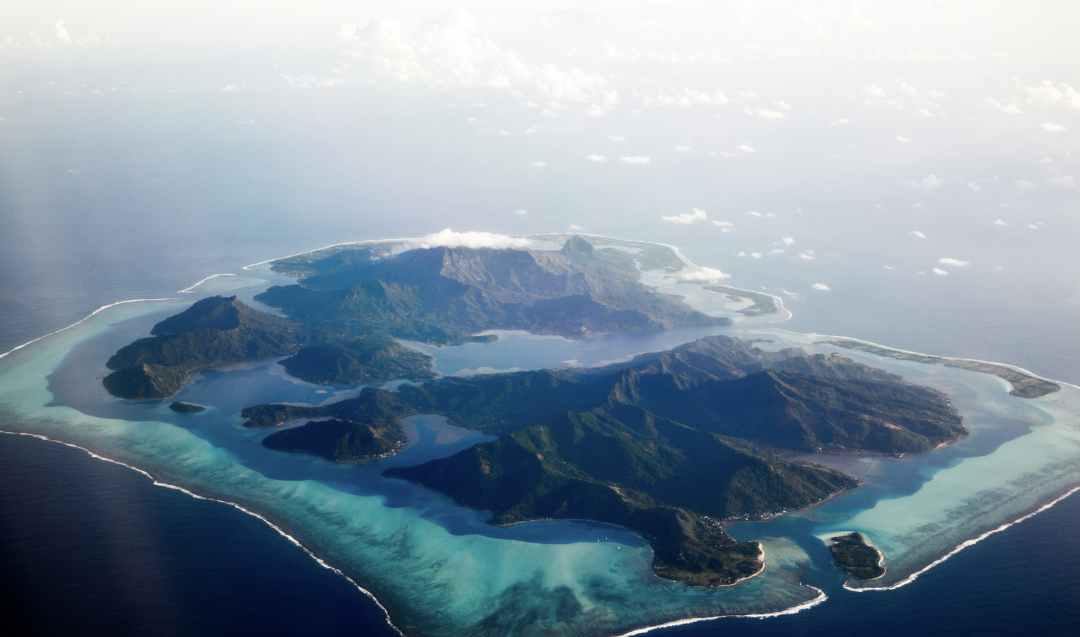
Upon arriving in Papeete, you will transfer to Air Moana, the domestic airline, for a flight to Bora Bora, which takes approximately 45 minutes.
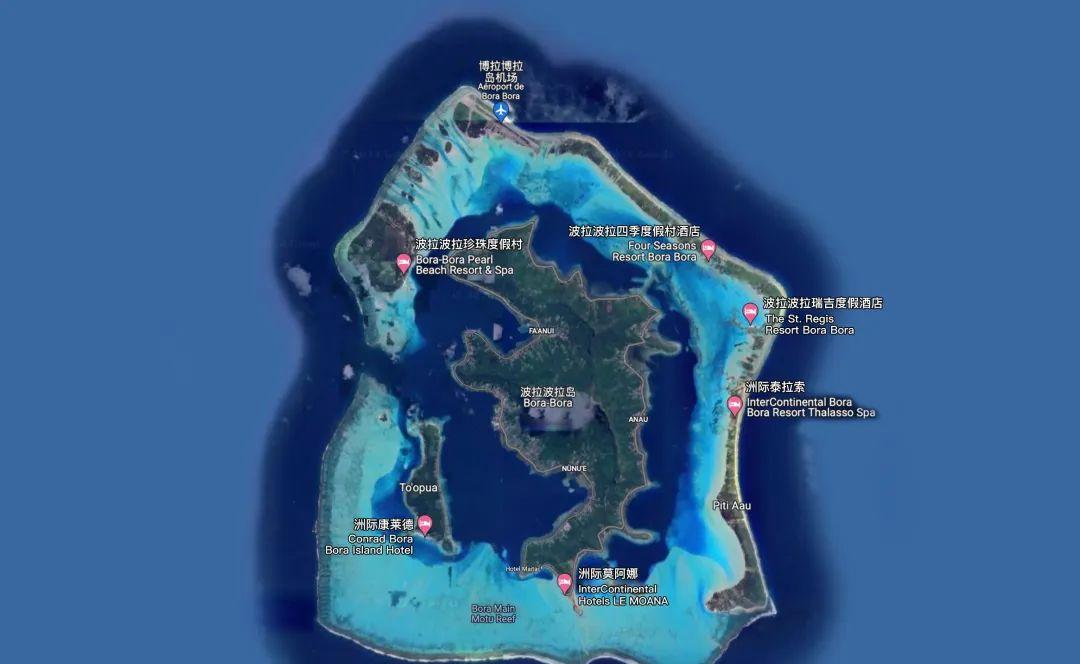
A little tip: When flying to Bora Bora, it’s recommended to sit on the left side to catch views of Bora Bora Island and Mount Otemanu; for the return flight, sit on the right side. Unfortunately, during our trip, the weather wasn’t particularly good, and on clear days, the views are breathtaking.
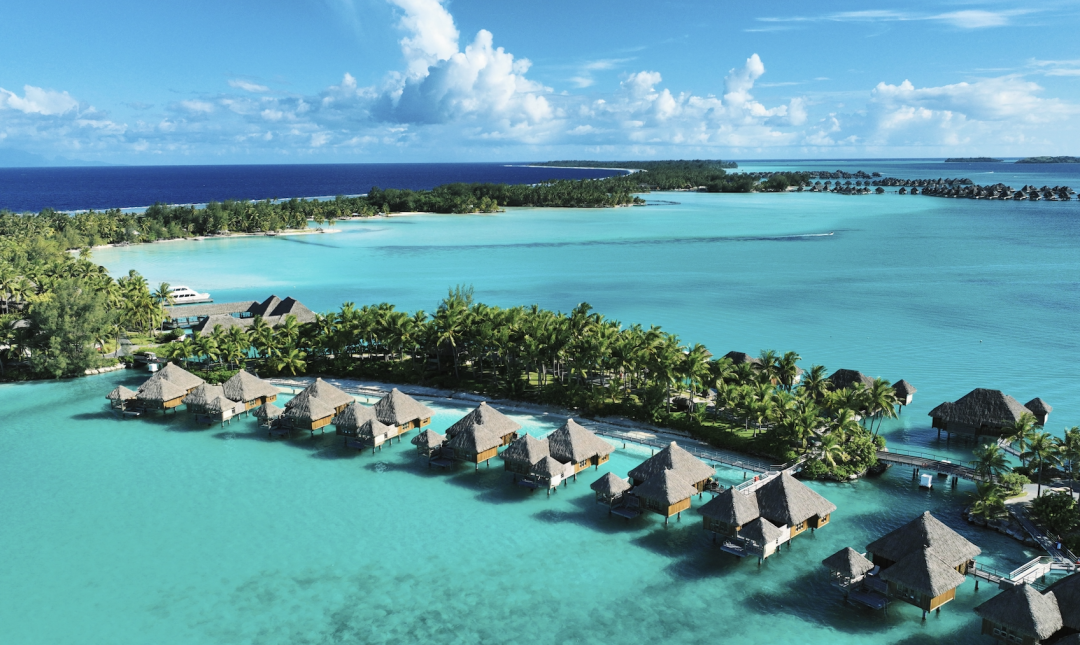
The islands of Tahiti are completely different from other islands. You’ll notice that flights often showcase a ring of coral reefs, blending mountains, seas, and lagoons.
2) How to Choose Hotels in Bora Bora?
There are primarily six hotels in Bora Bora: Four Seasons, St. Regis, Intercontinental Thalasso, Conrad, Le Moana, and Intercontinental Bora Bora Resort. The distribution of these hotels is shown in the accompanying image.
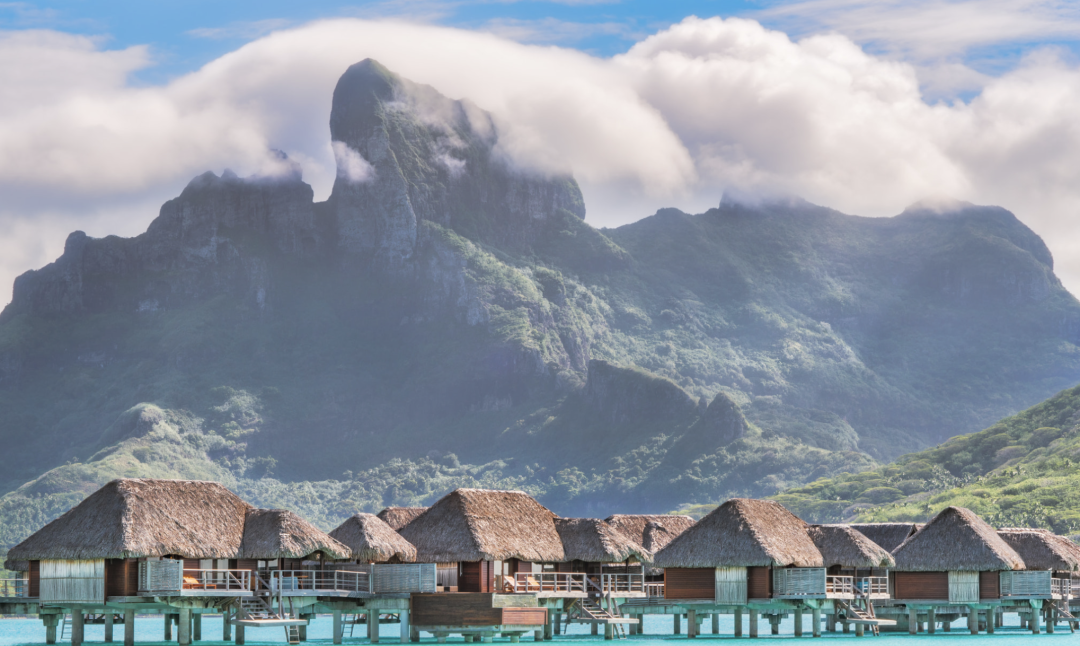
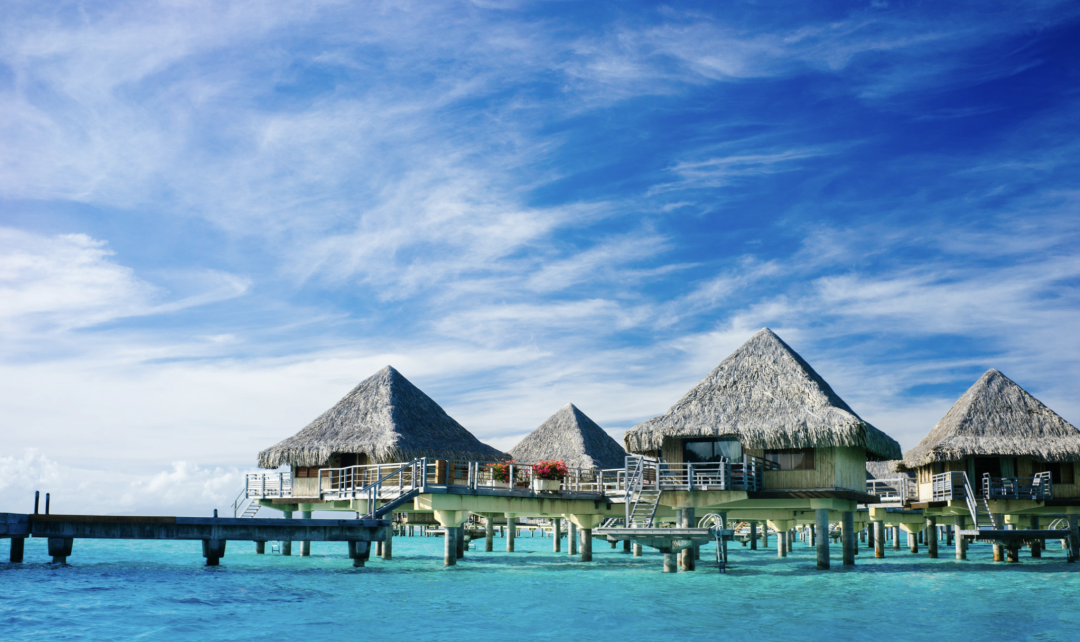
Previously, there were also Sofitel and Le Meridien, but the Sofitel is currently closed for renovations, while Le Meridien is confirmed to change branding to Westin, reopening this year. Consequently, travelers from around the world are scrambling to secure rooms in these six hotels, thus making Bora Bora quite pricey.
Choosing a hotel among these six isn’t too challenging. Bora Bora is mainly divided into three areas: the main island, the outer islands, and the reef. The outer reef is preferable to both the main island and the outer islands because it allows for that “sea-viewing mountain” experience, and naturally, you’d prefer to select hotels located on the outer reef—particularly the four highlighted hotels: Four Seasons, St. Regis, Intercontinental Thalasso, and Le Moana.
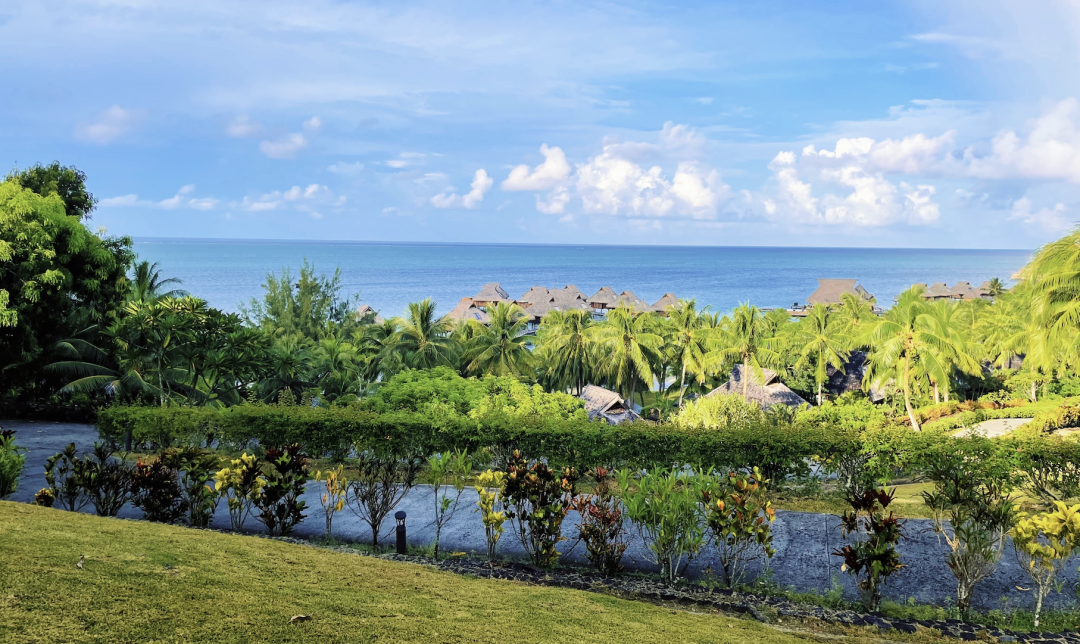
Intercontinental Bora Bora Resort is the last choice as it is the cheapest, but staying there does not provide the full “sea-viewing mountain” experience.
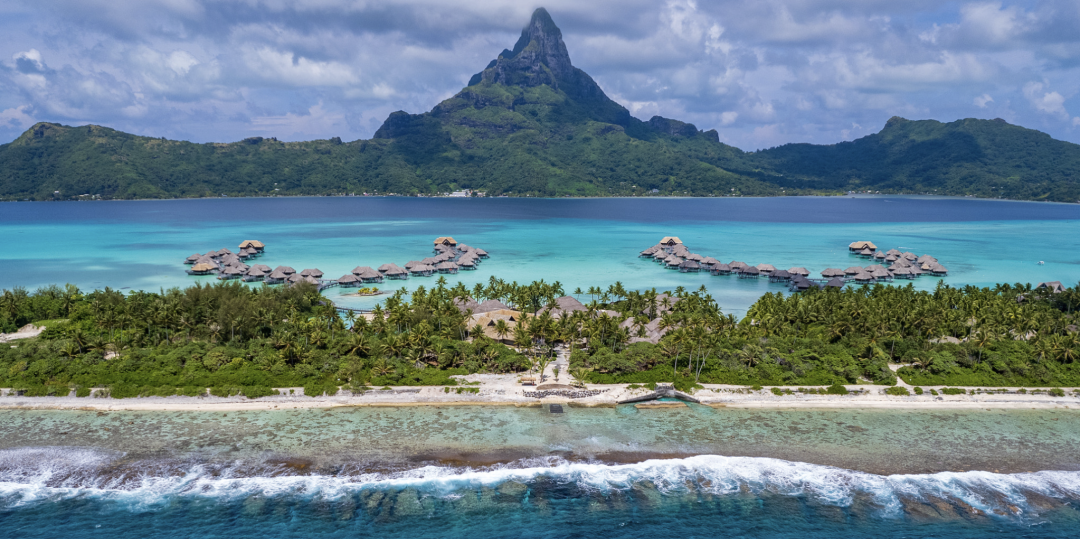
Conrad also has its highlights; it’s located on an outer island and features a small hillside that overlooks the lagoon. Thus, the hillside rooms at Conrad offer spectacular views. However, Conrad is currently undergoing renovations, focusing on these hillside rooms. The standout view is temporarily unavailable, so it might be wise to hold off on booking there.
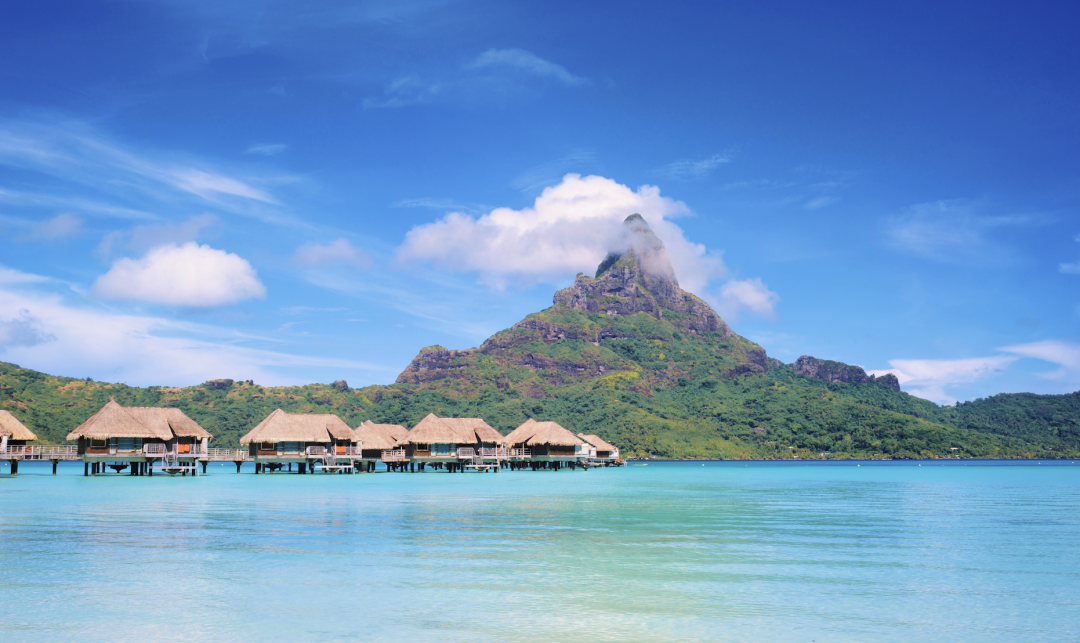
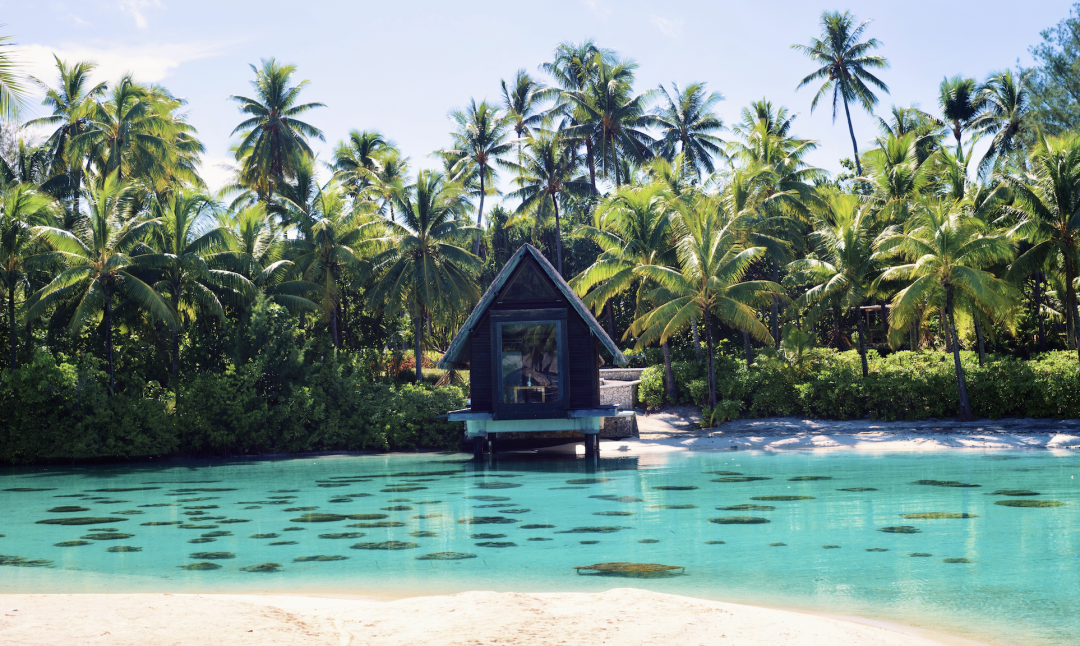
So, how do you choose among the four hotels on the outer reef? Key factors include location, as Intercontinental Thalasso has the most direct view of Mount Otemanu.
When staying at this Intercontinental, be sure to select a mountain view room, which is, of course, the most expensive type. There is a way to upgrade to a better room for free by purchasing an IHG Ambassador Card at the front desk, which may enhance your view of the sacred mountain.
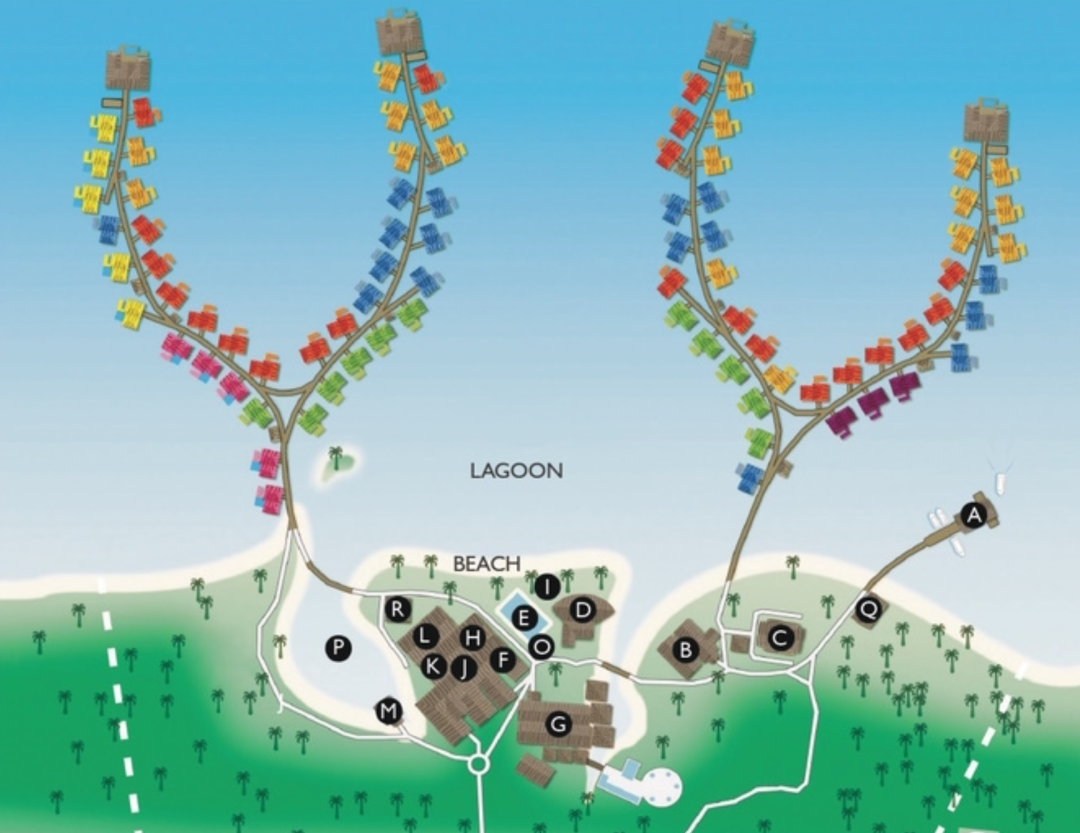
Intercontinental Thalasso also has a noteworthy feature: its chapel’s cross is directly aligned with the peak of Mount Otemanu, making it quite a unique spot. Due to angle and timing constraints, we were unable to capture pictures of the chapel’s glass floor.
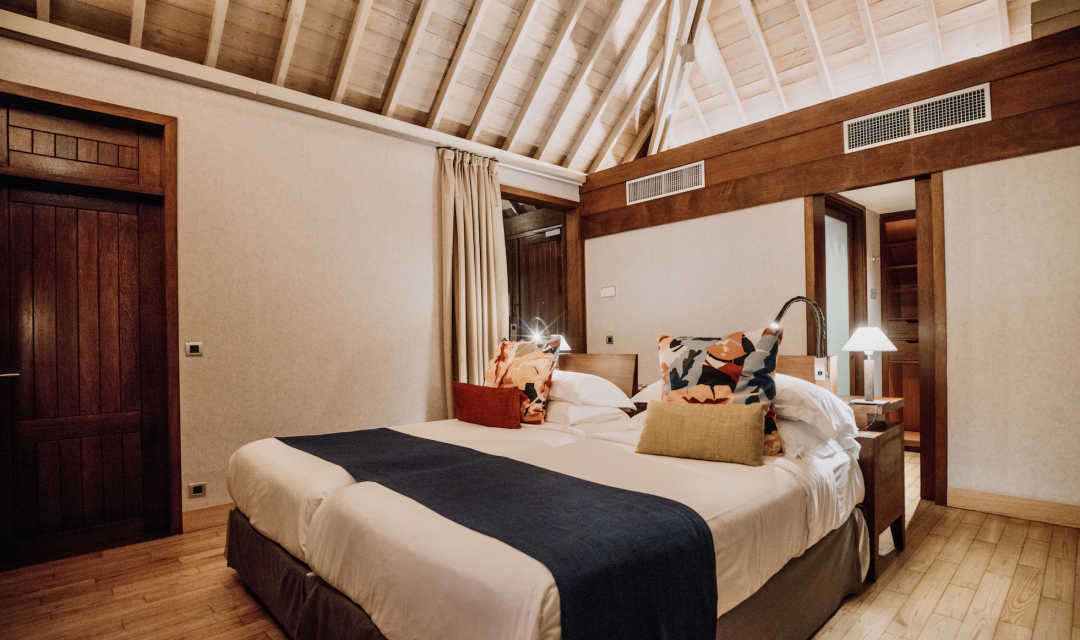
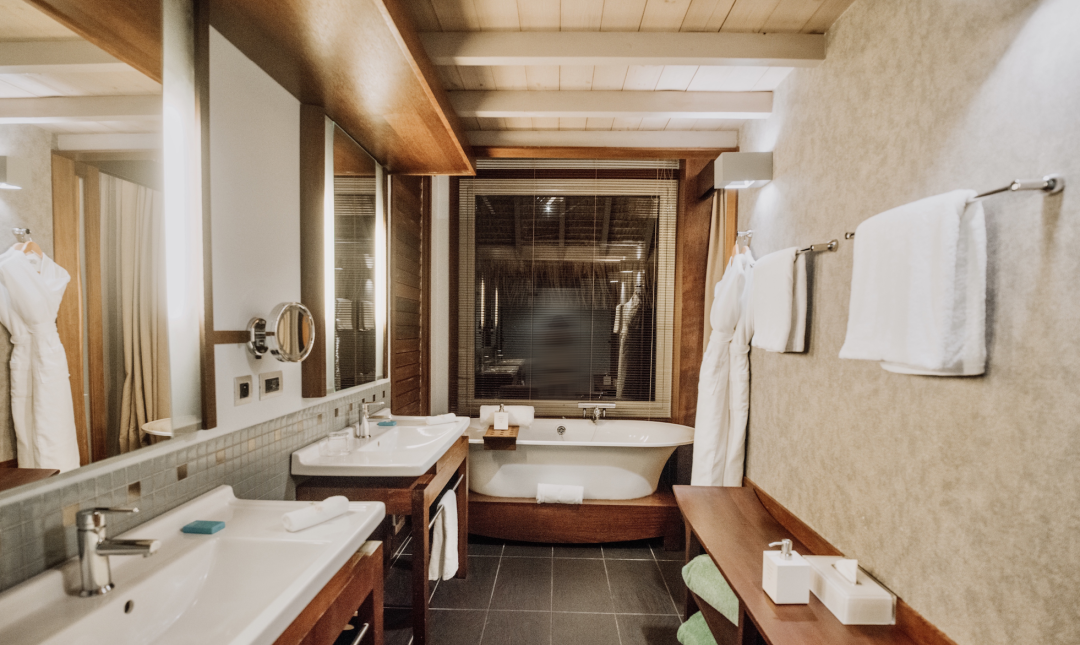
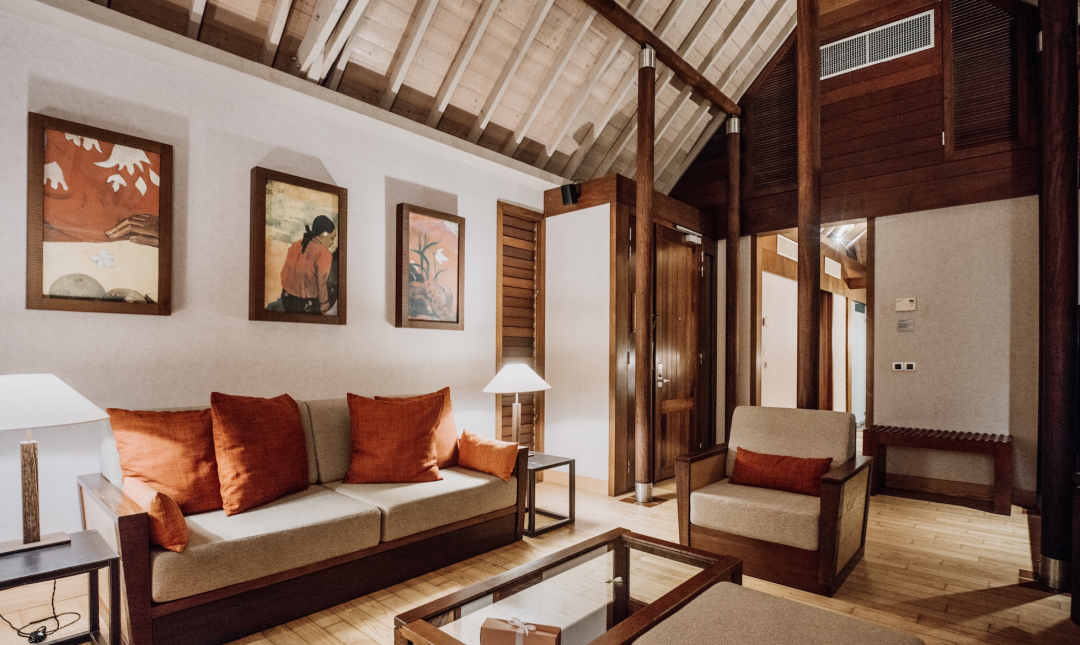
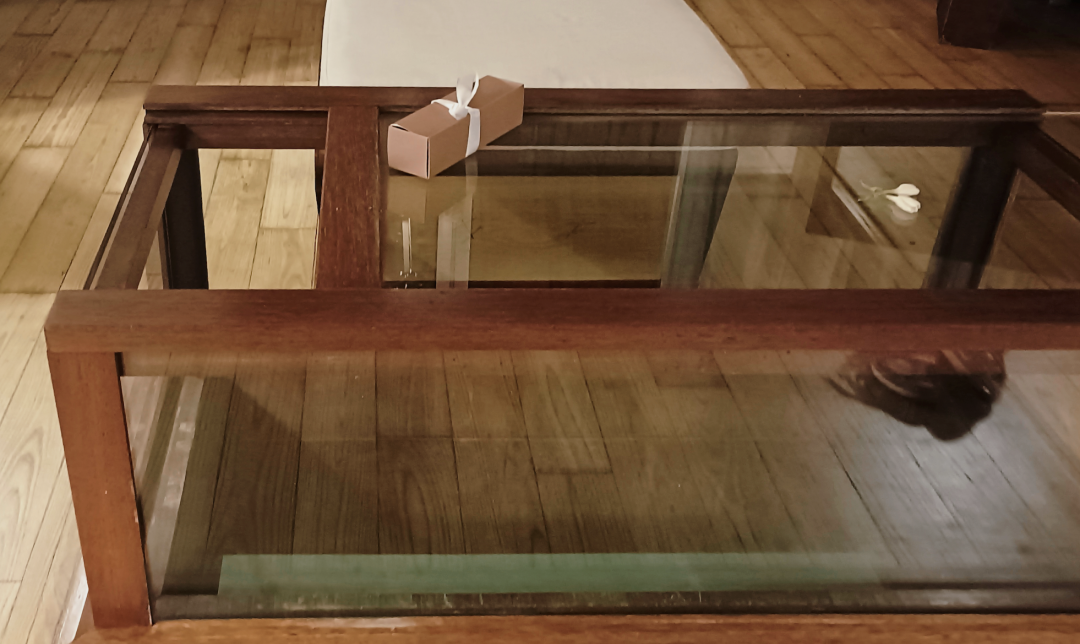
Intercontinental Thalasso has a total of 89 rooms, all overwater bungalows. The image above depicts the room types at Intercontinental Thalasso; green, purple, and blue categories are not recommended as they lack views of the mountain (or have poor views).
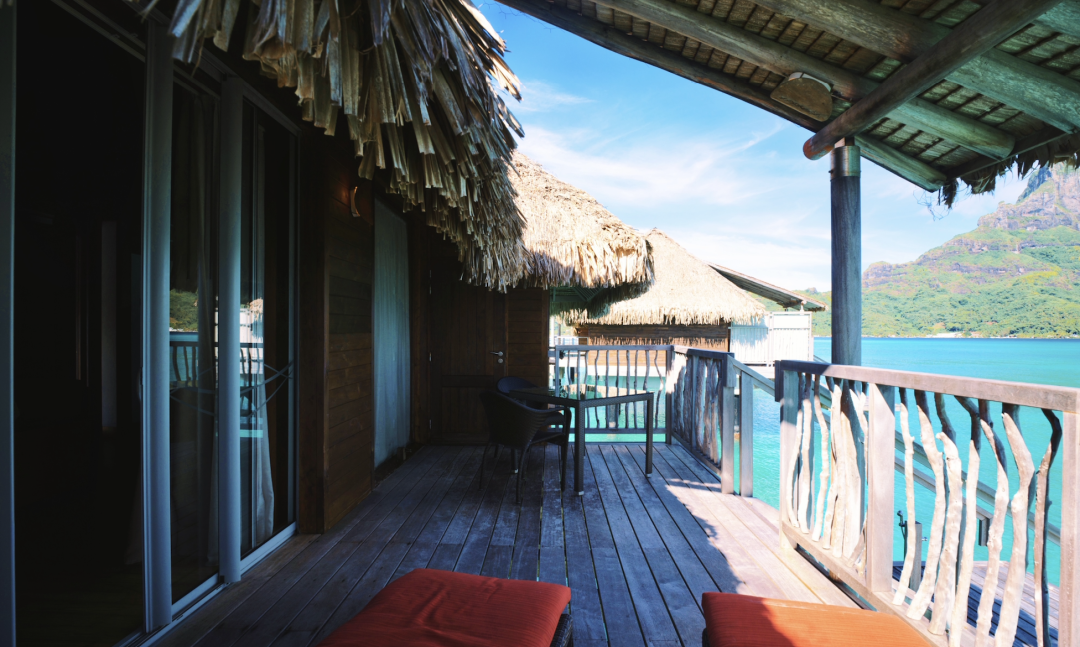
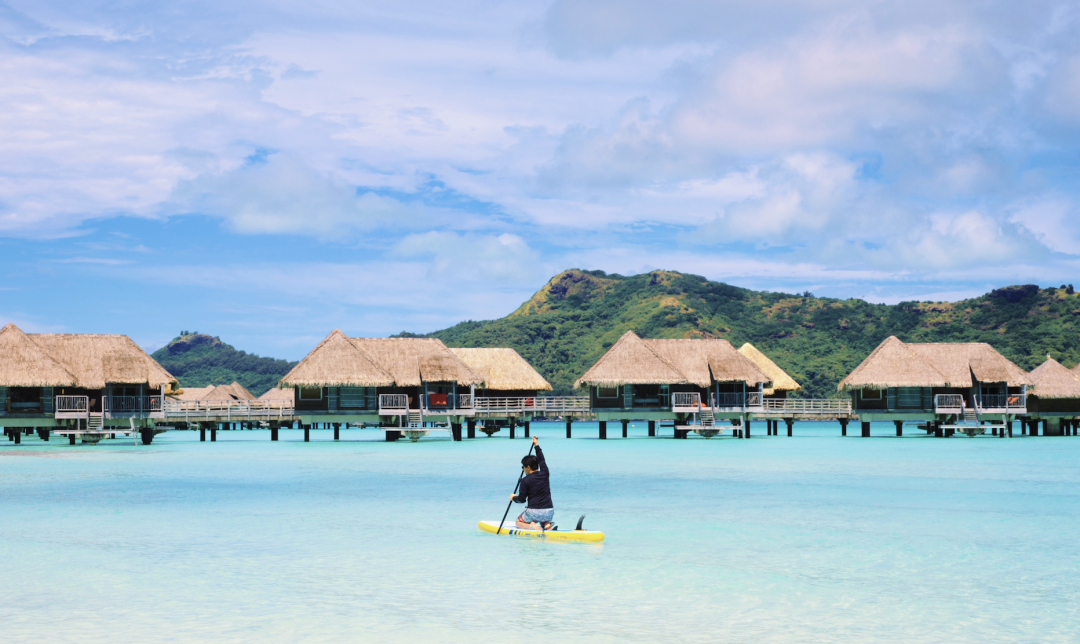
The interiors of the overwater bungalows at Intercontinental Thalasso are nearly identical, with the primary differences being the views from the balconies and the presence of private pools.
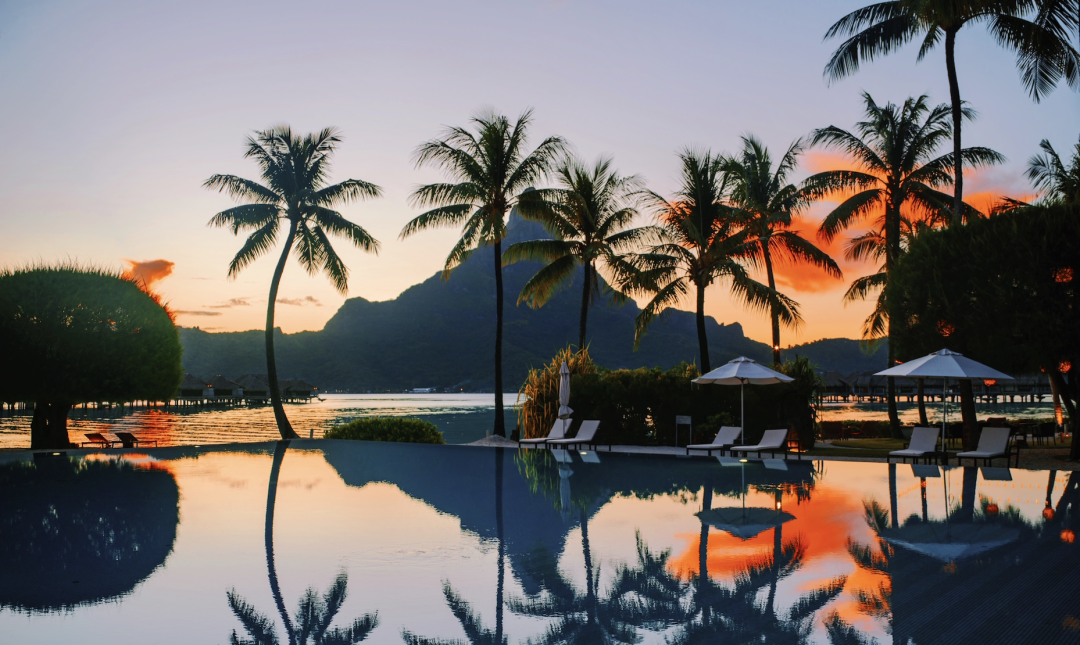
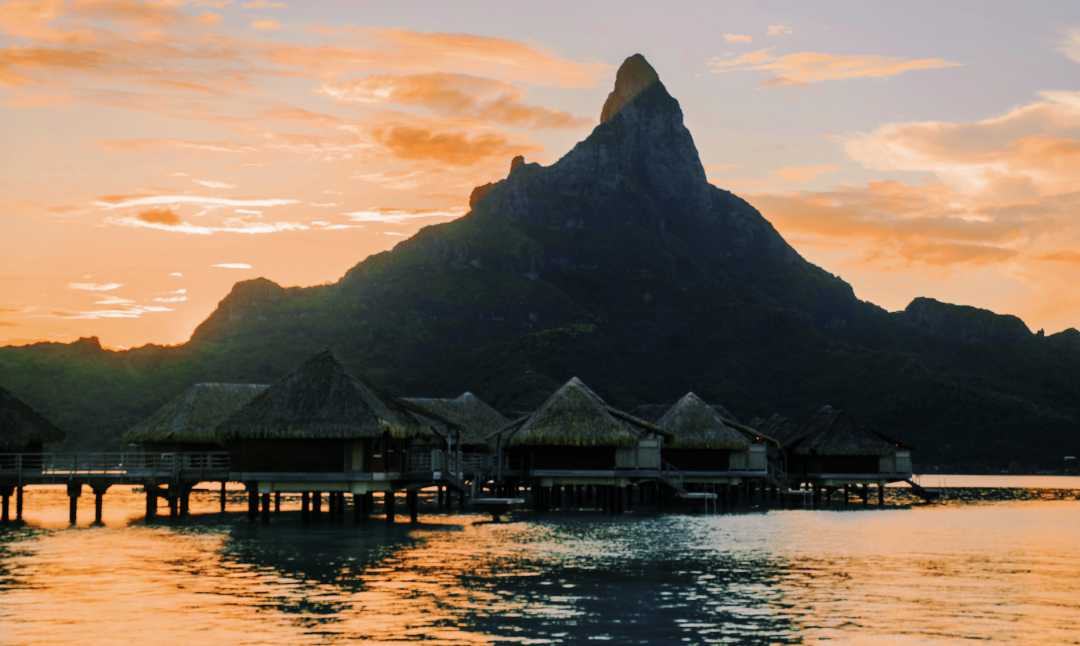
We stayed in an Overwater Villa Beach View, which is the basic room type. The room experience was quite pleasant, measuring 95 square meters, although the room itself isn’t the highlight.
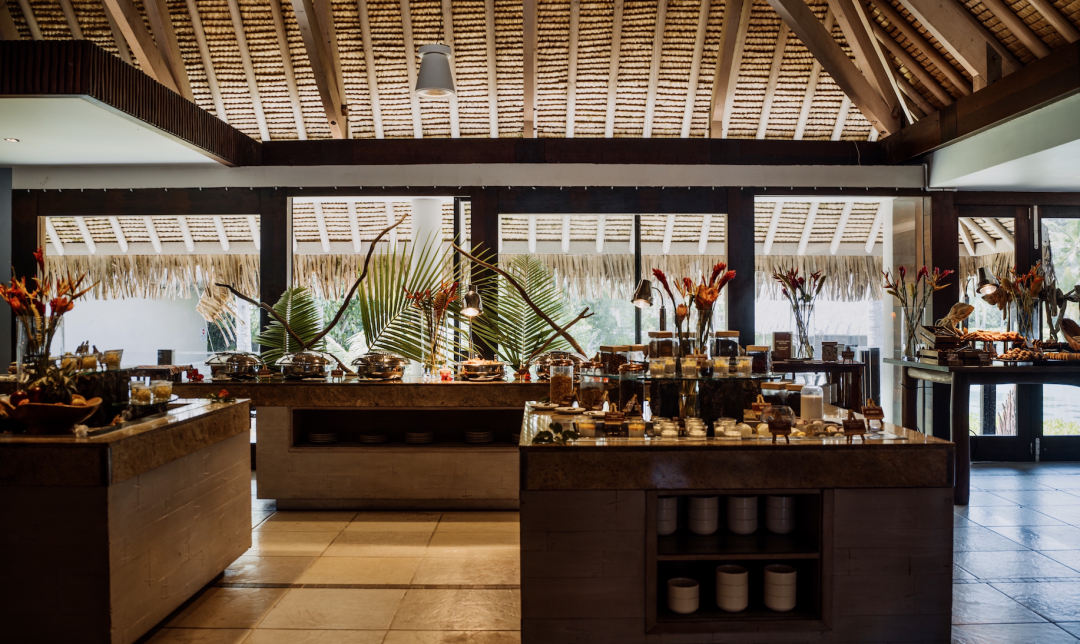
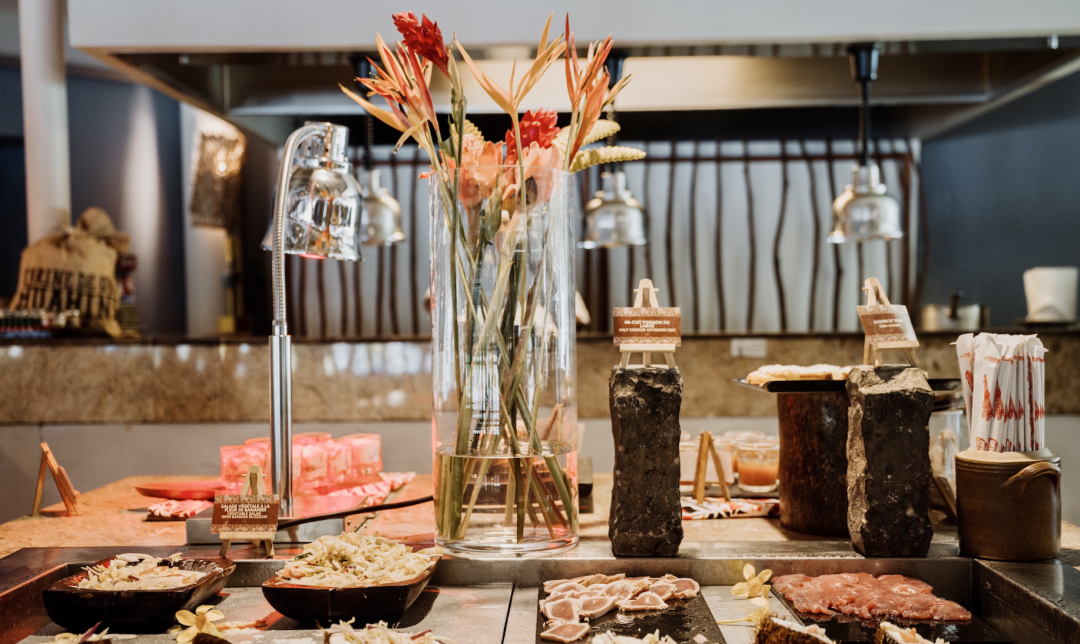
This room has an interesting feature; the coffee table can be pulled apart to allow direct fish feeding from inside the room.
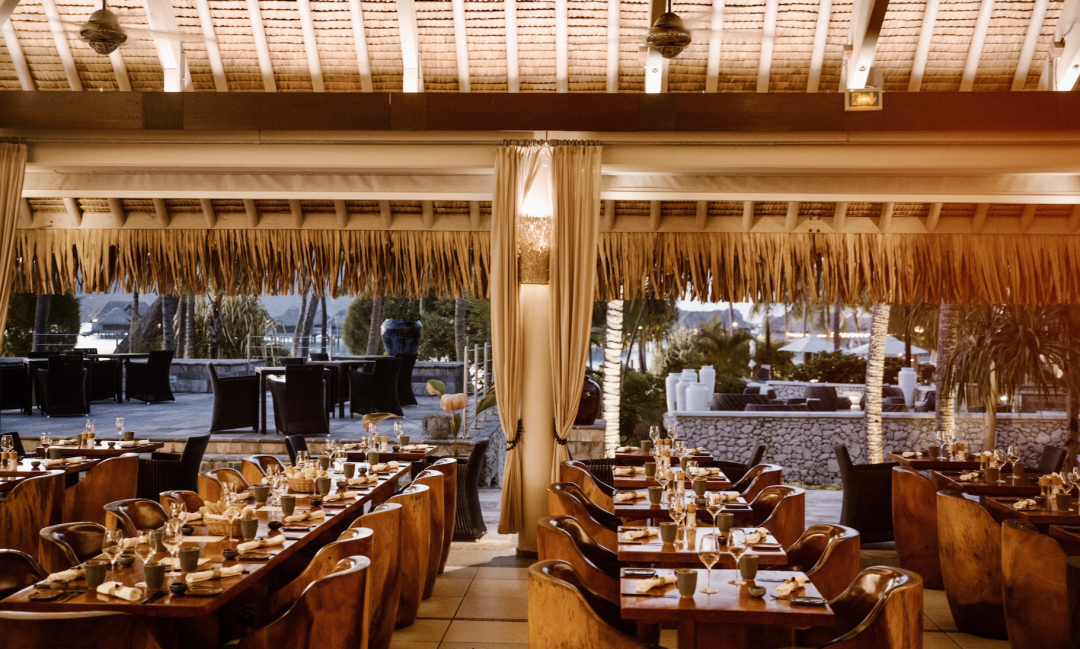
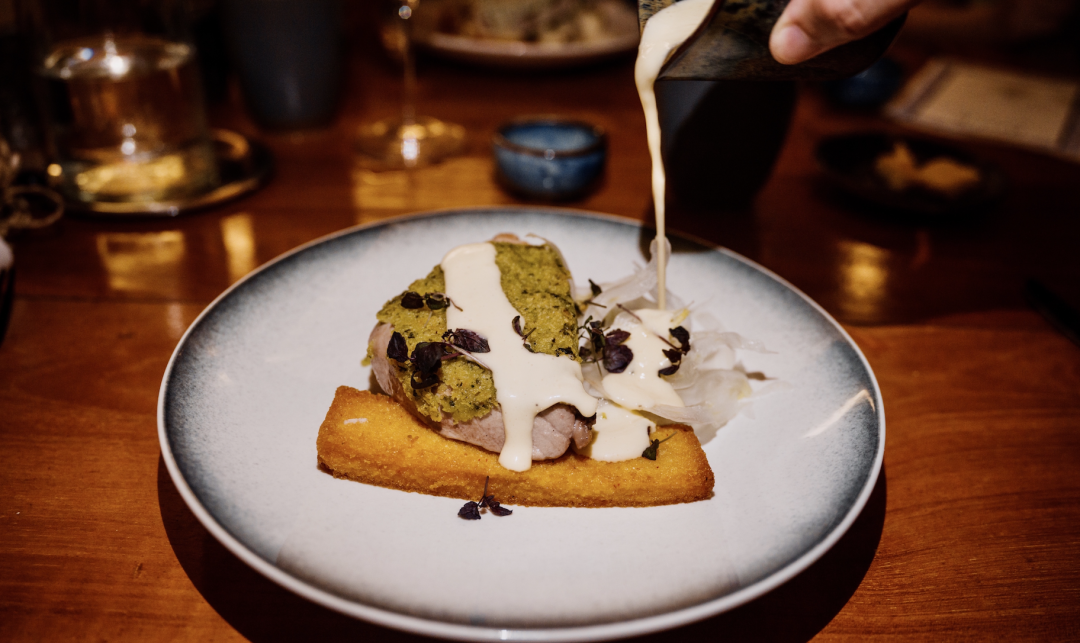
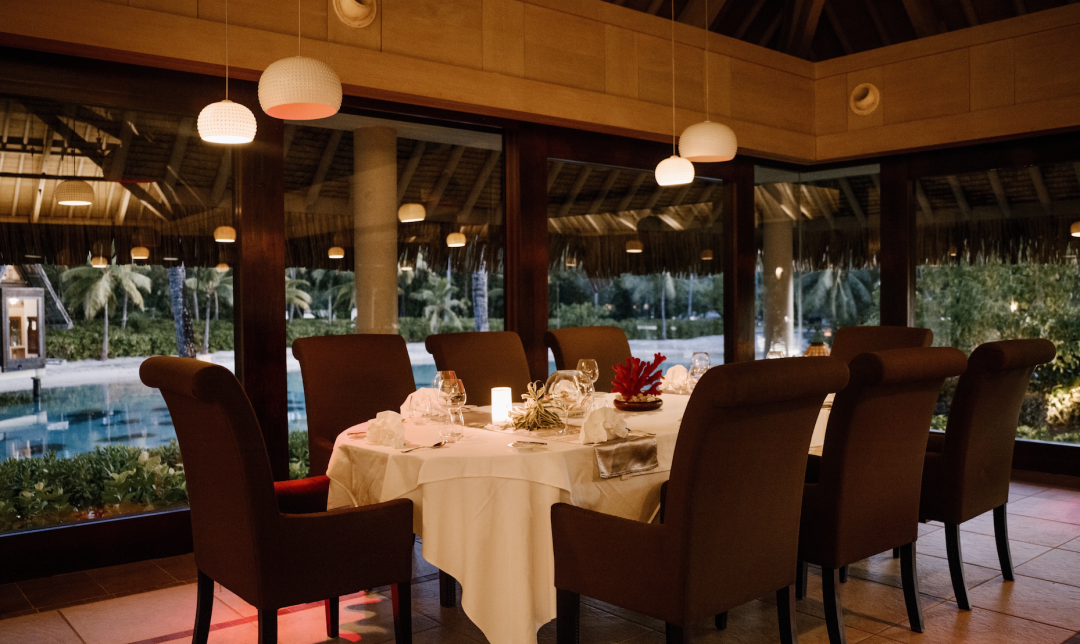
The balcony allows immediate water access, and at Intercontinental Thalasso, you can casually play in the water, which is quite shallow—approximately one meter deep. All overwater bungalows in Tahiti reflect the local Polynesian style, which is mandated by the local government.
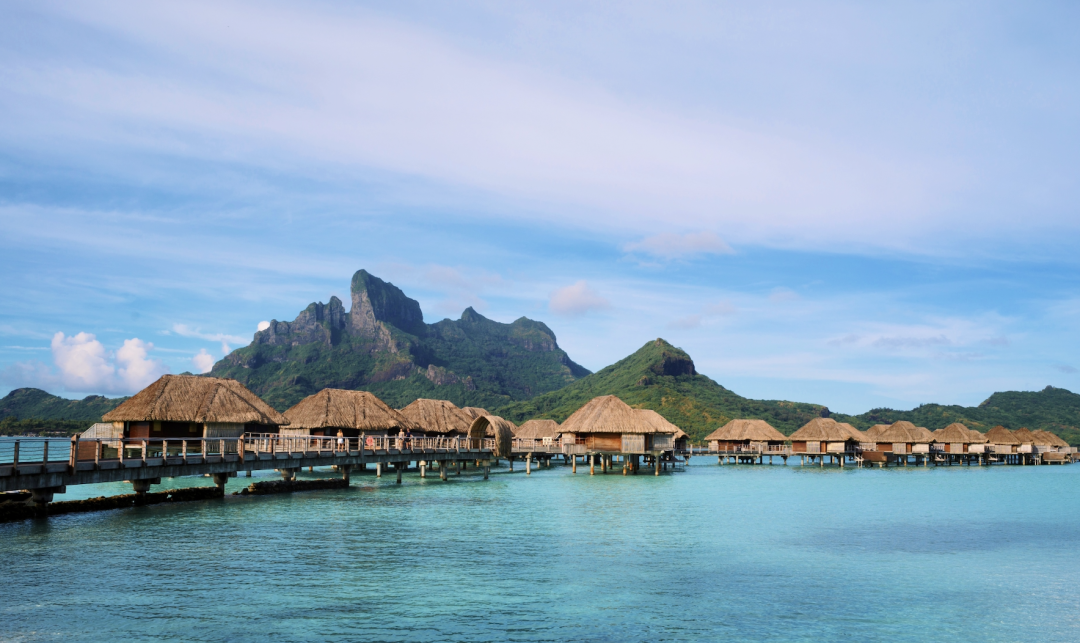
The sunset views from this hotel are also magnificent. The poolside area offers the perfect spot for watching sunsets over the sacred mountain, with the evening glow beautifully reflecting in the pool.
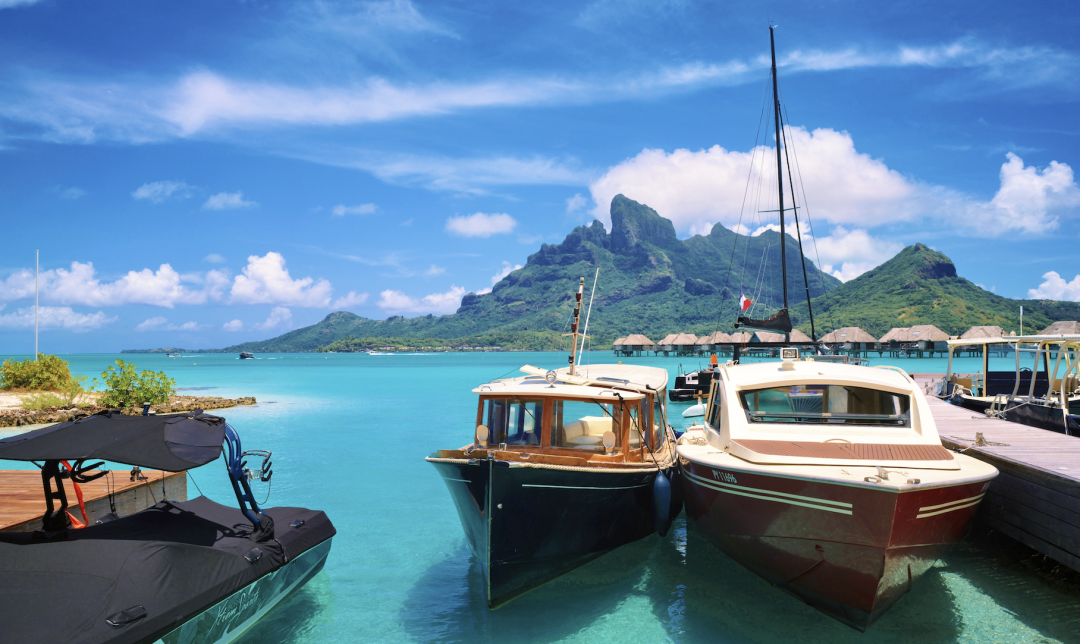
The dining options at Intercontinental Thalasso include three restaurants. The Reef offers breakfast from 7 AM to 10 AM. In Tahiti, we generally have two meals a day since dining out is quite expensive. The breakfast at Intercontinental Thalasso is decent (better than their main meals).
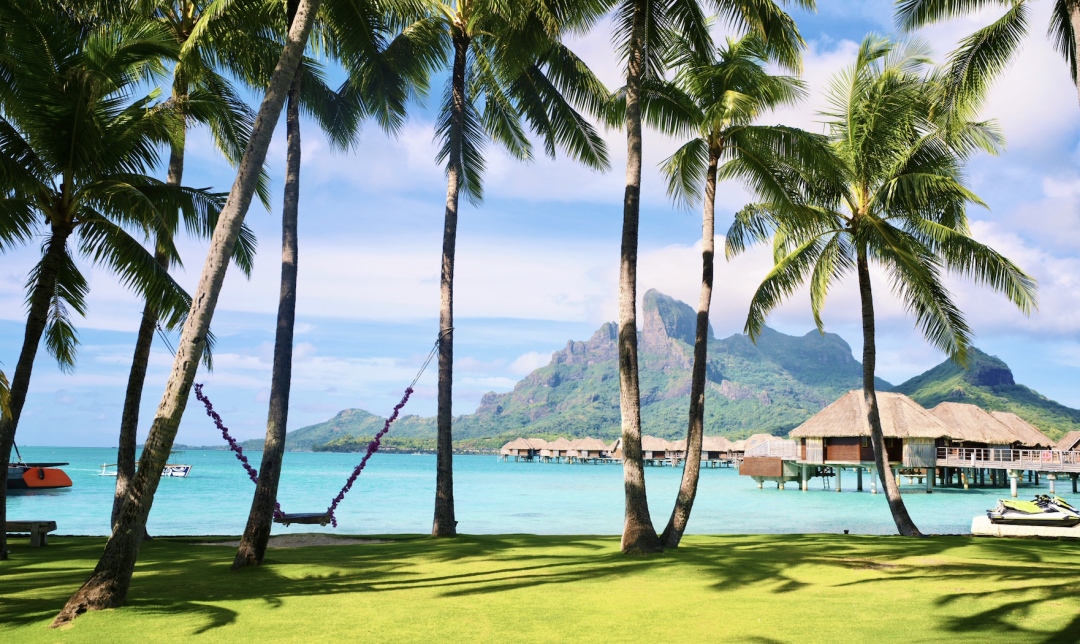
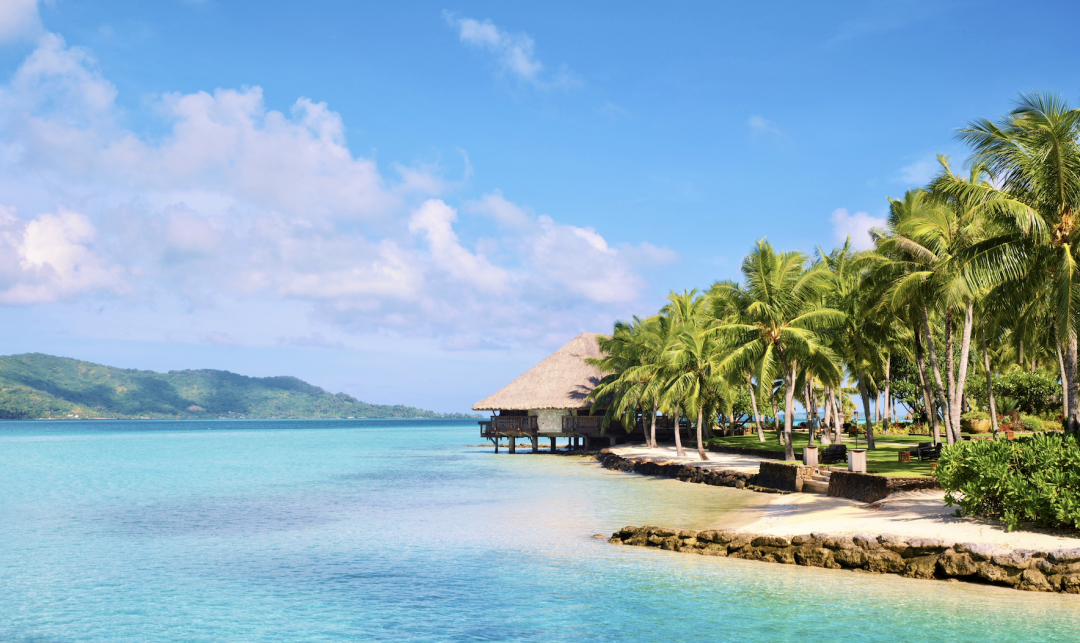
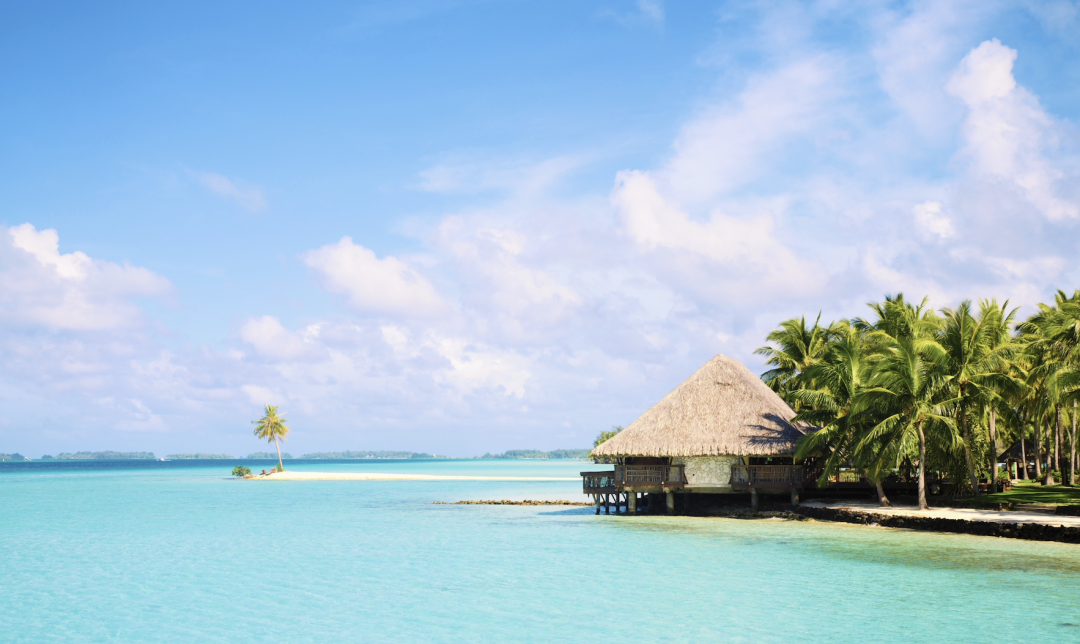
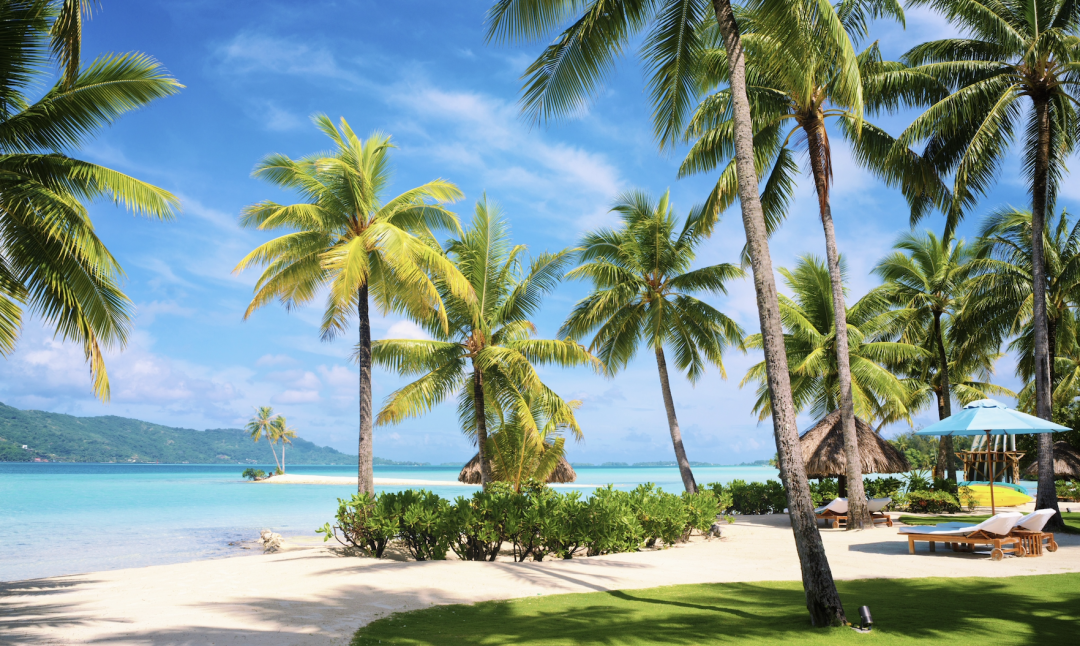
The Sands restaurant serves lunch and dinner, offering a mix of international cuisine and local Polynesian delights.
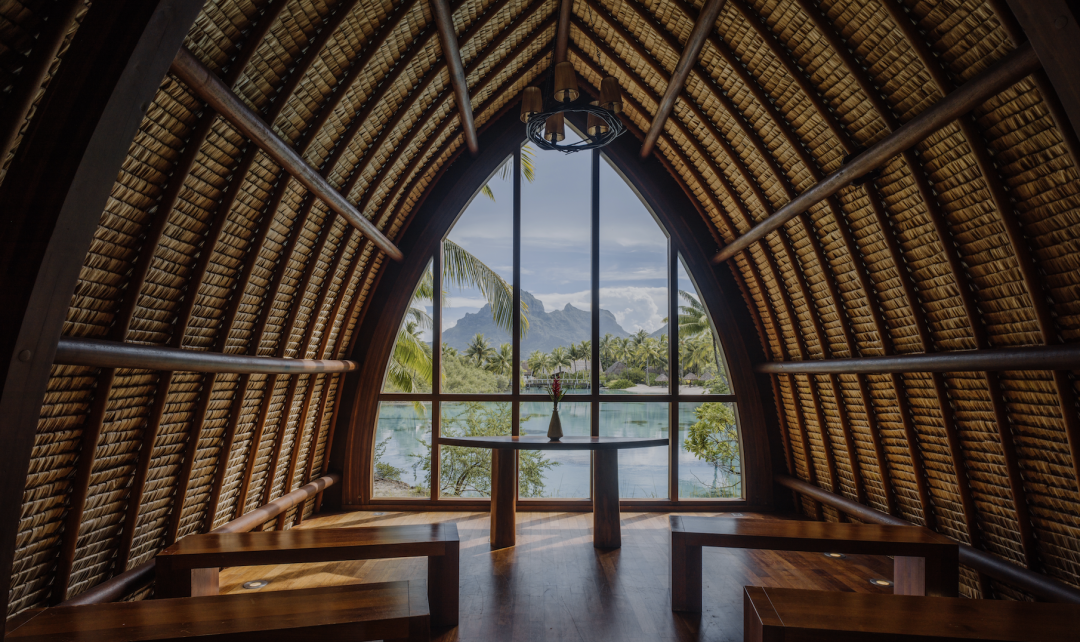
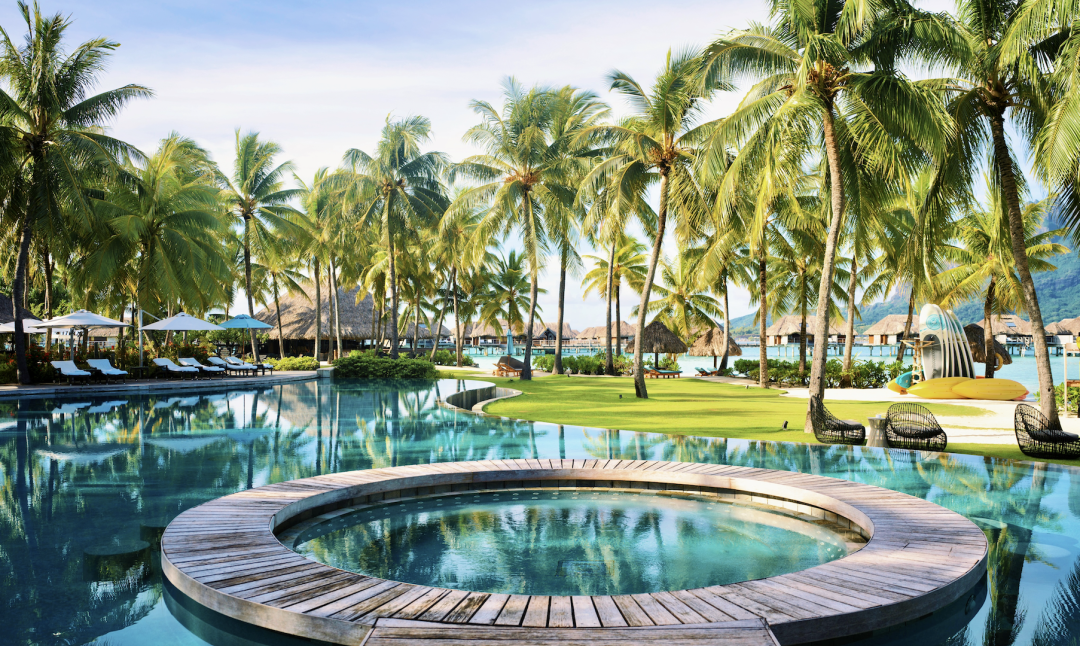
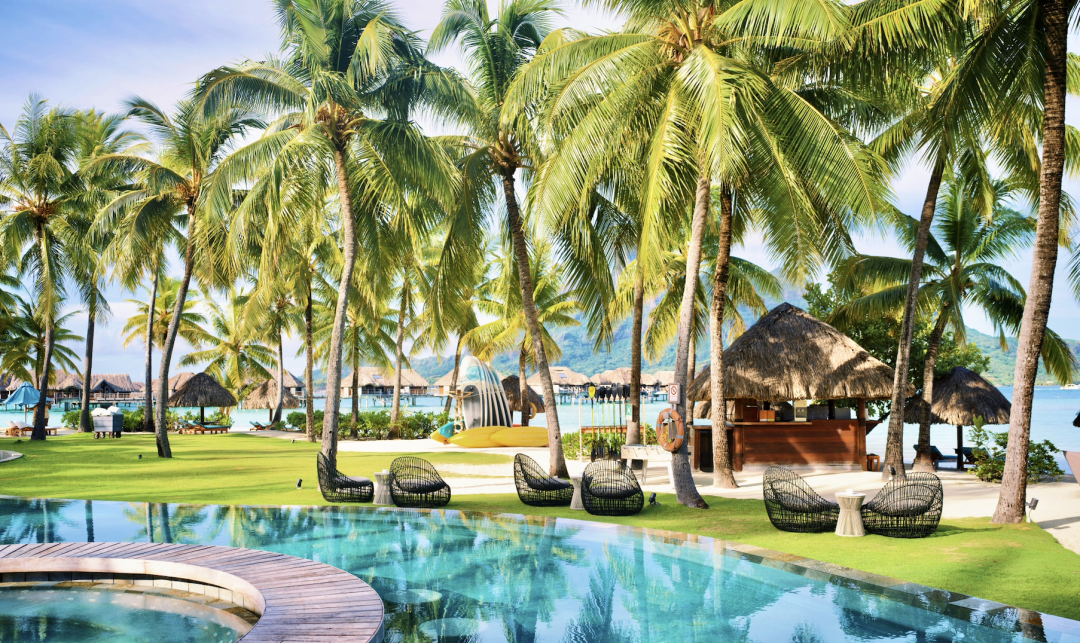
Le Corail serves dinner only and has a formal dress code, featuring mainly French cuisine.
The best service is found at Four Seasons, which was completely renovated in 2019, thus providing a relatively improved experience. Fun fact: Bora Bora’s Four Seasons is one of Pony Ma’s properties, and there’s a connection to those in China who use WeChat.
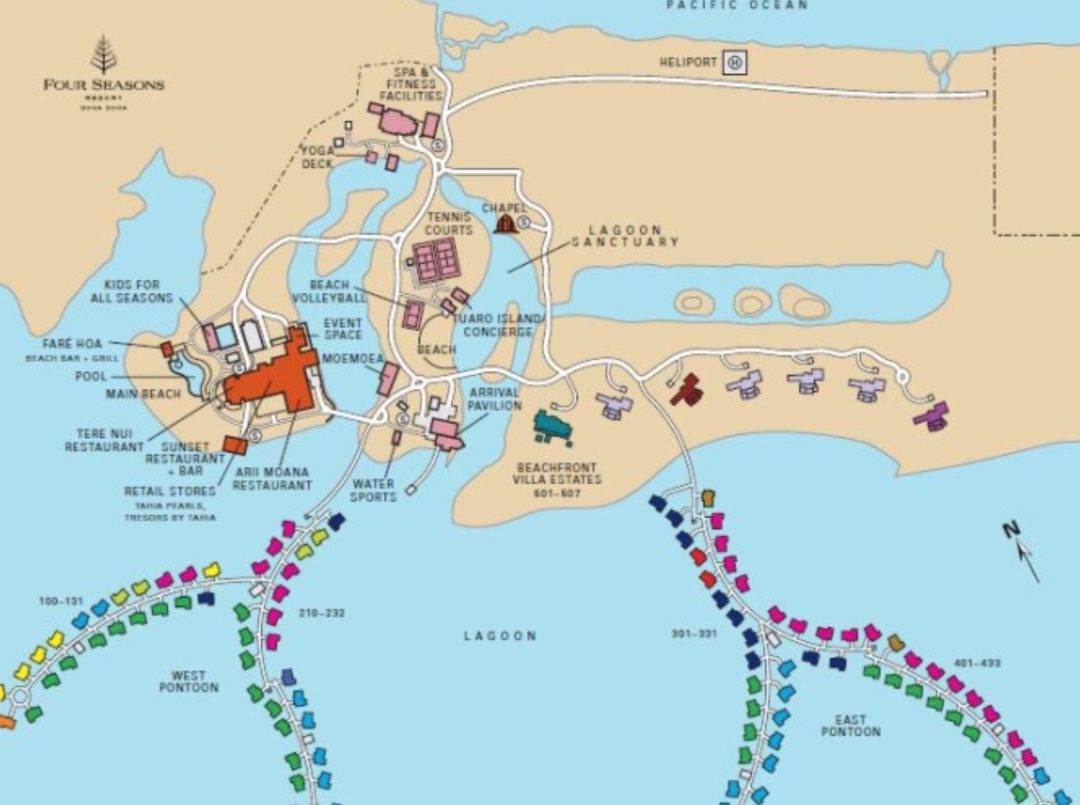
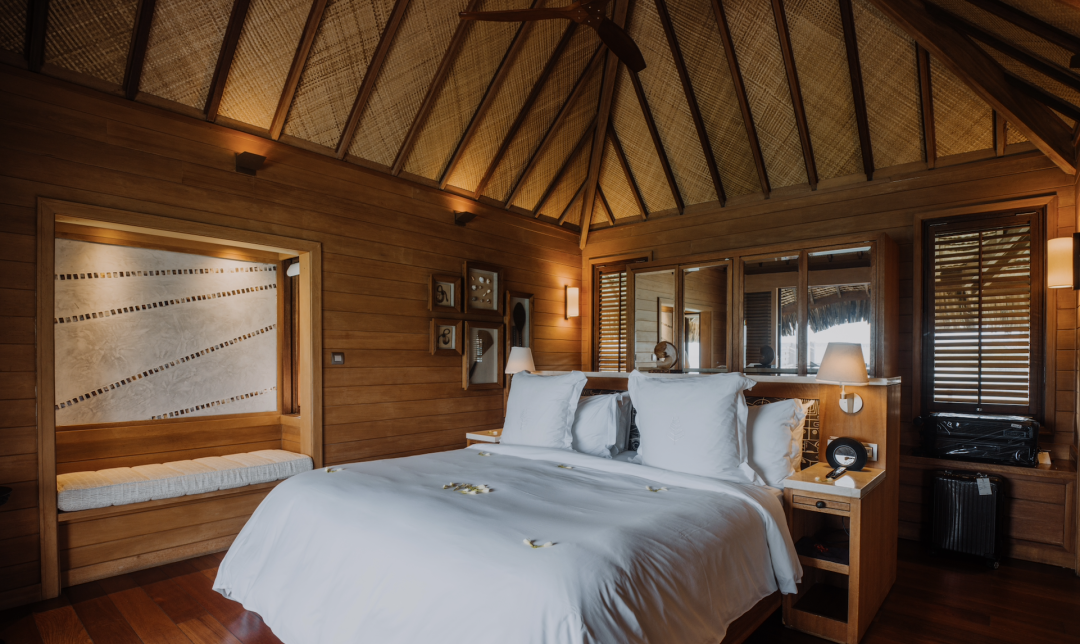
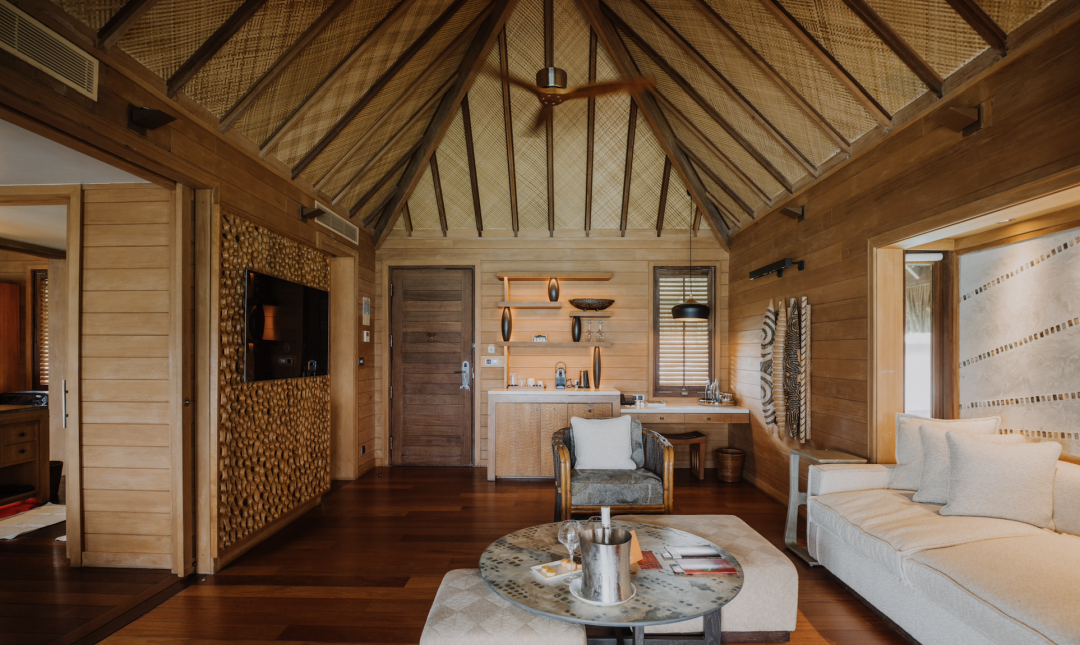
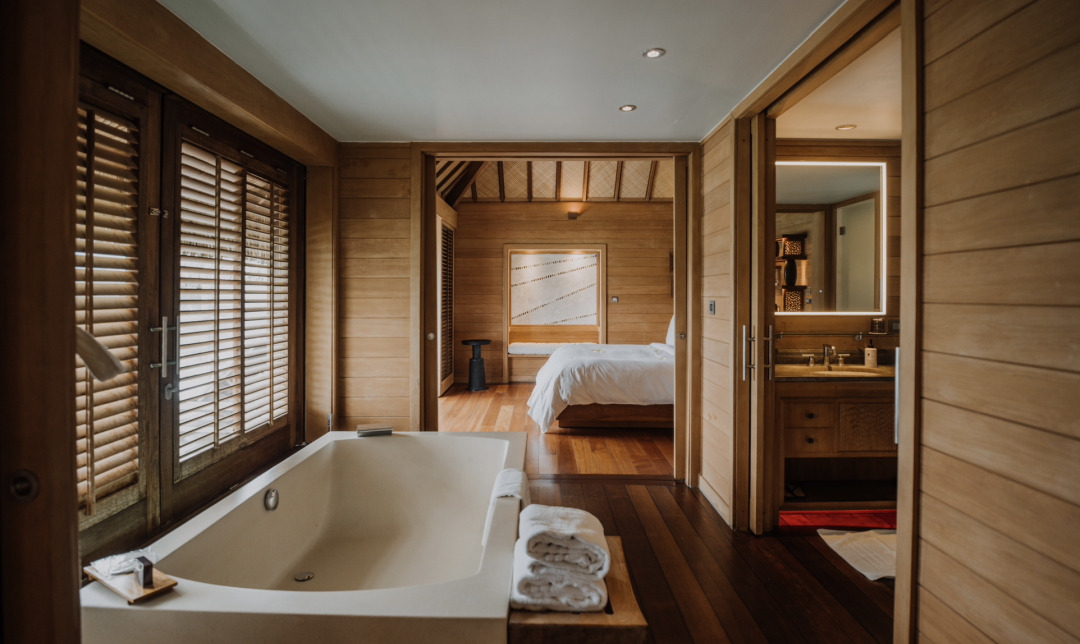
Four Seasons was also where I stayed during my honeymoon because it is considered the best hotel on the best island in the world. However, back then, I was on a budget and only managed to stay for two nights, while the other three were spent at another pearl of a hotel.
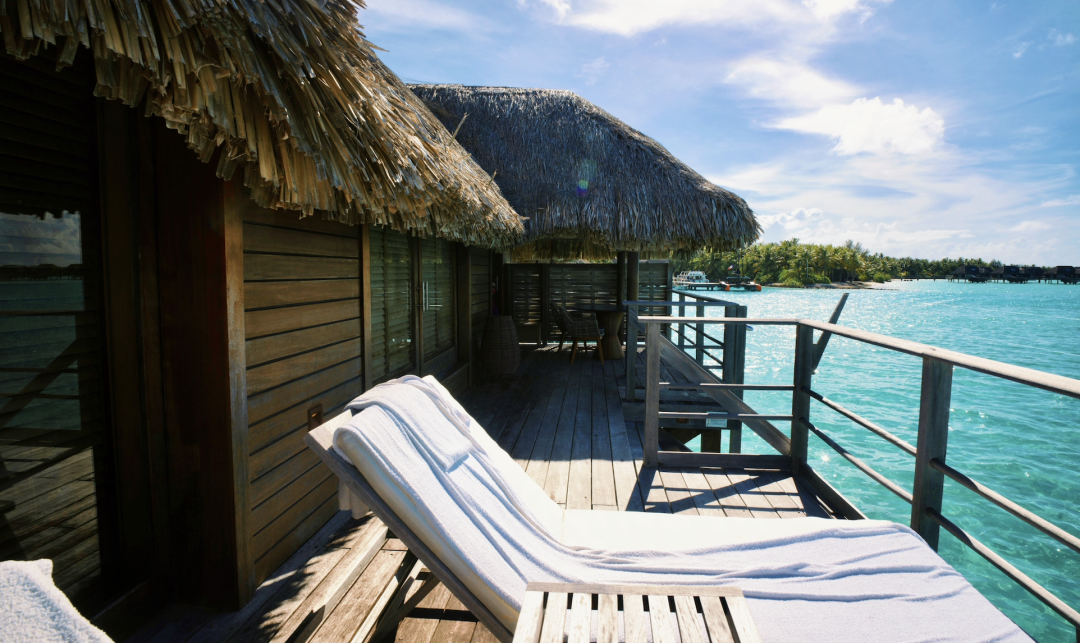
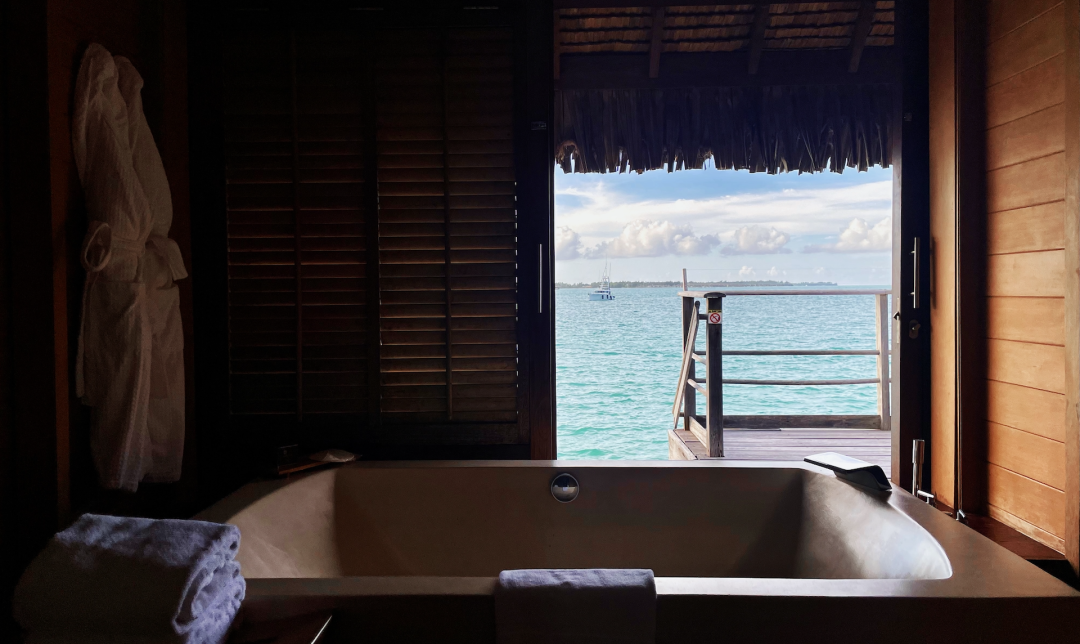
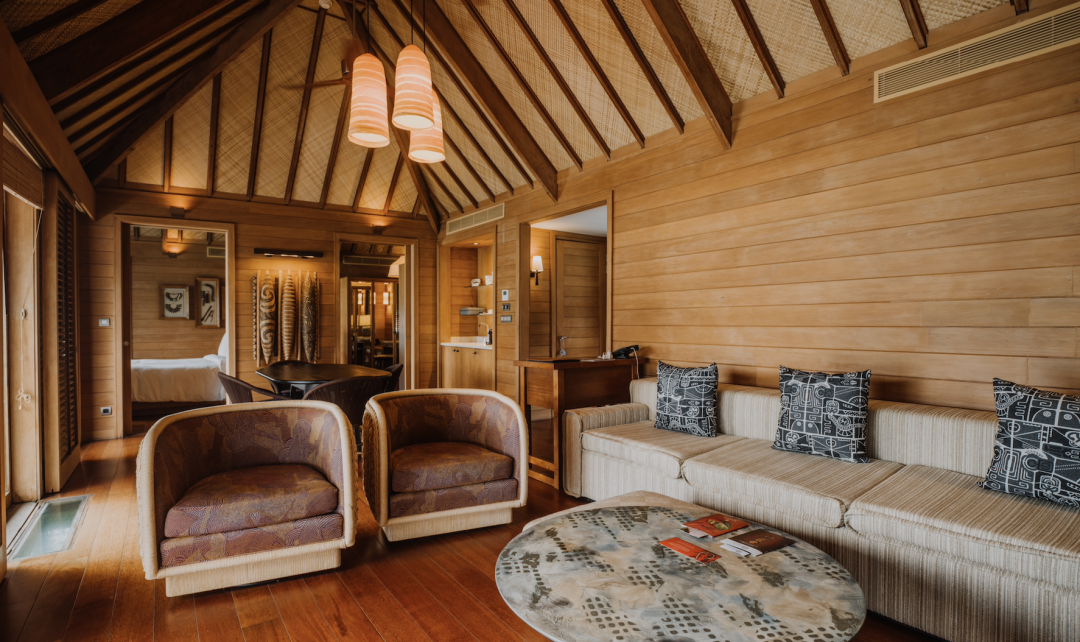
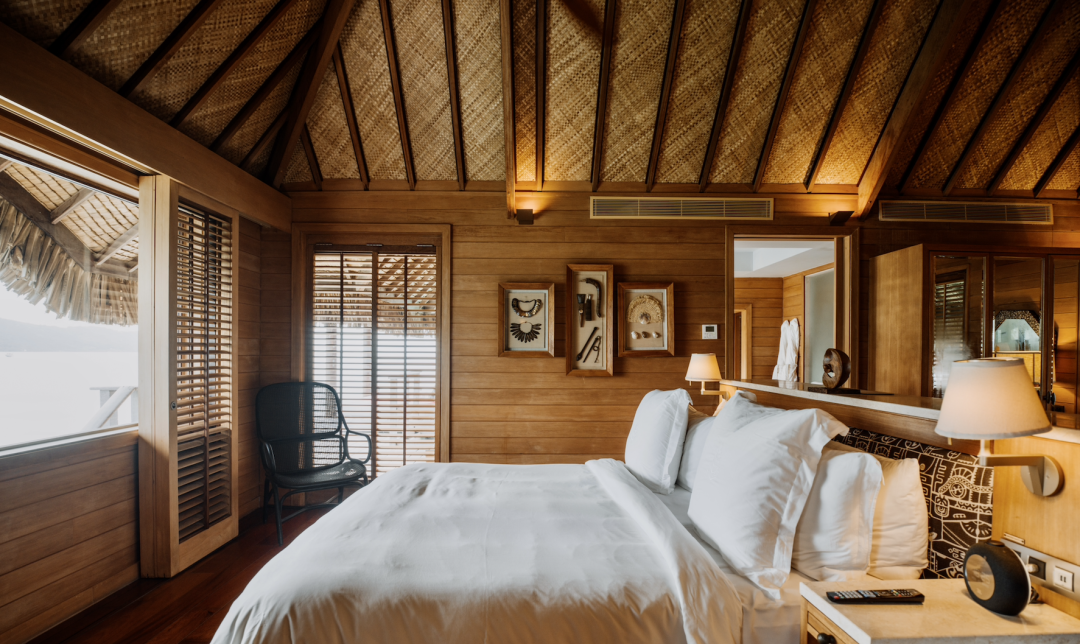
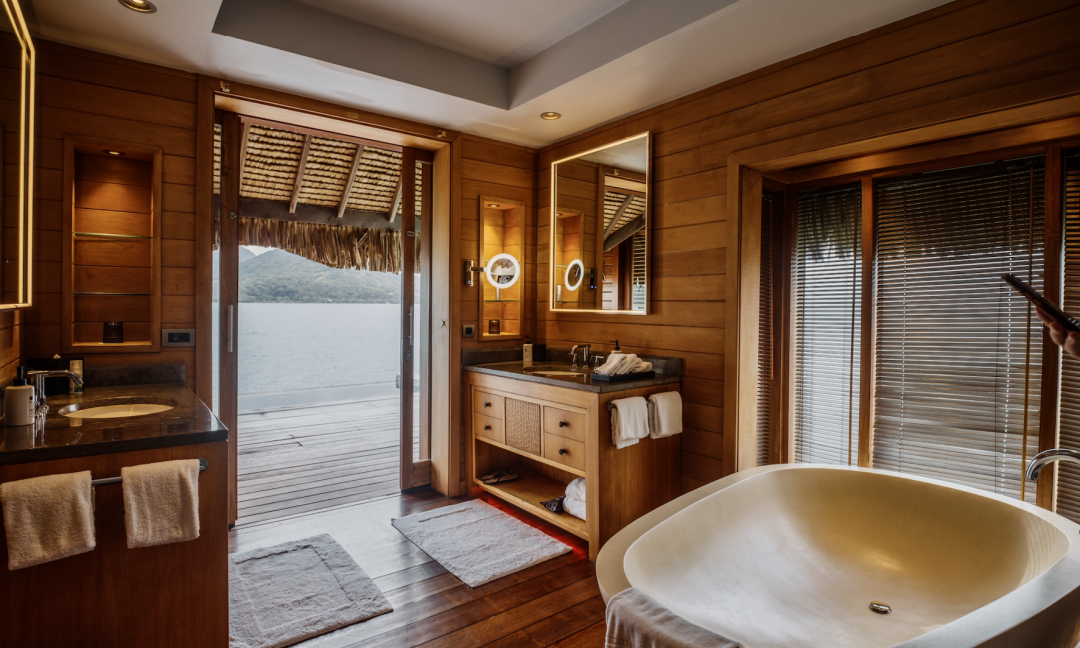
Four Seasons has three employees who speak Chinese, positioned in important roles (e.g., front desk, restaurant), making it relatively friendly for Chinese-speaking guests compared to other hotels in Bora Bora.
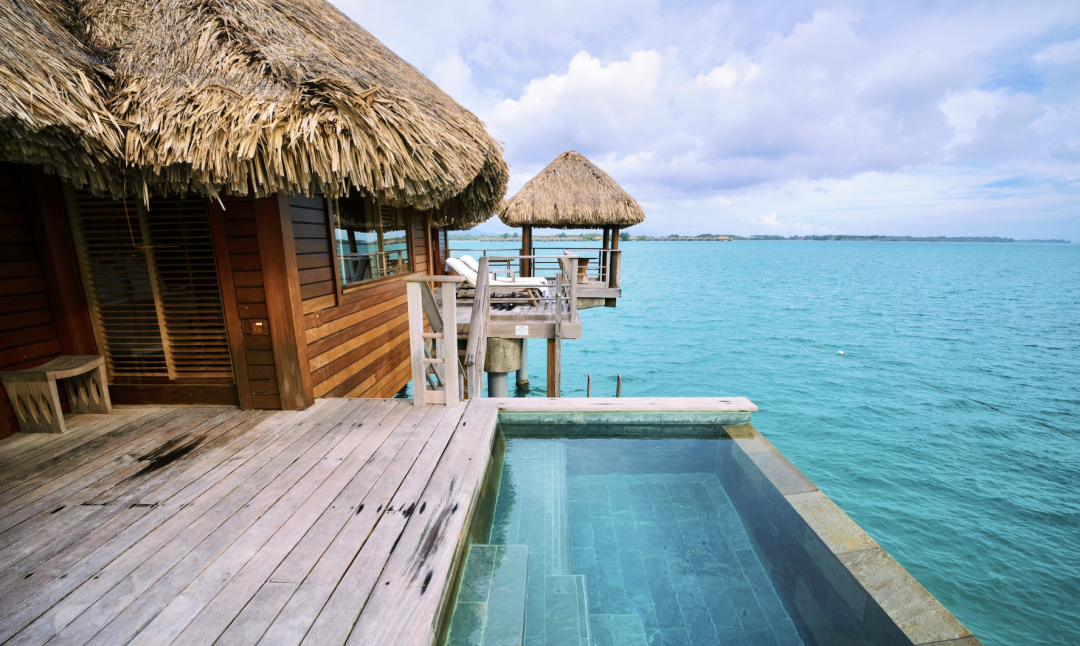
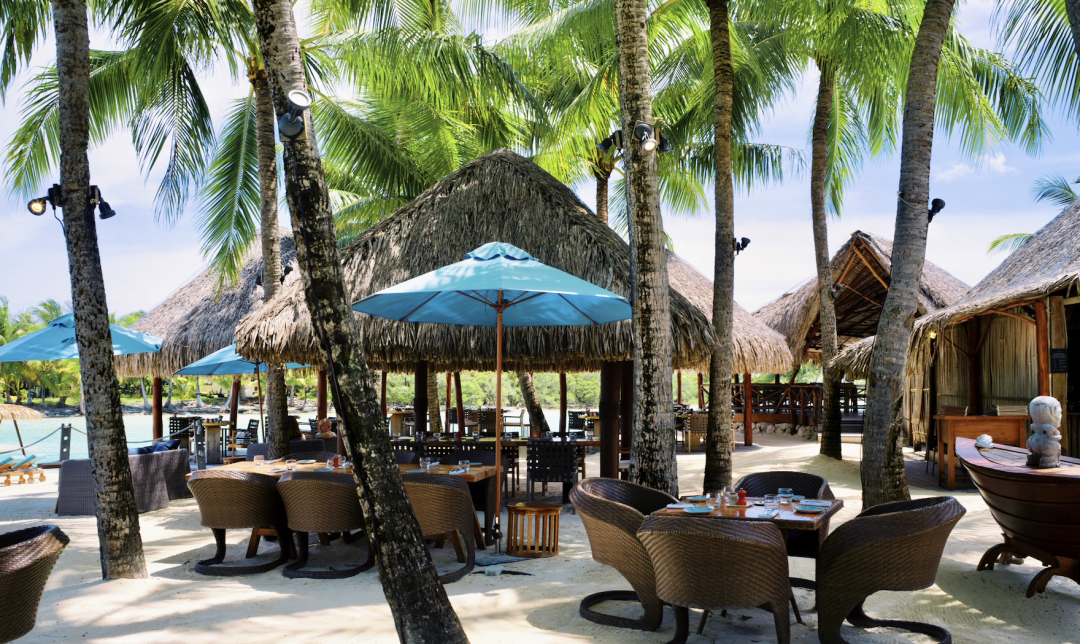
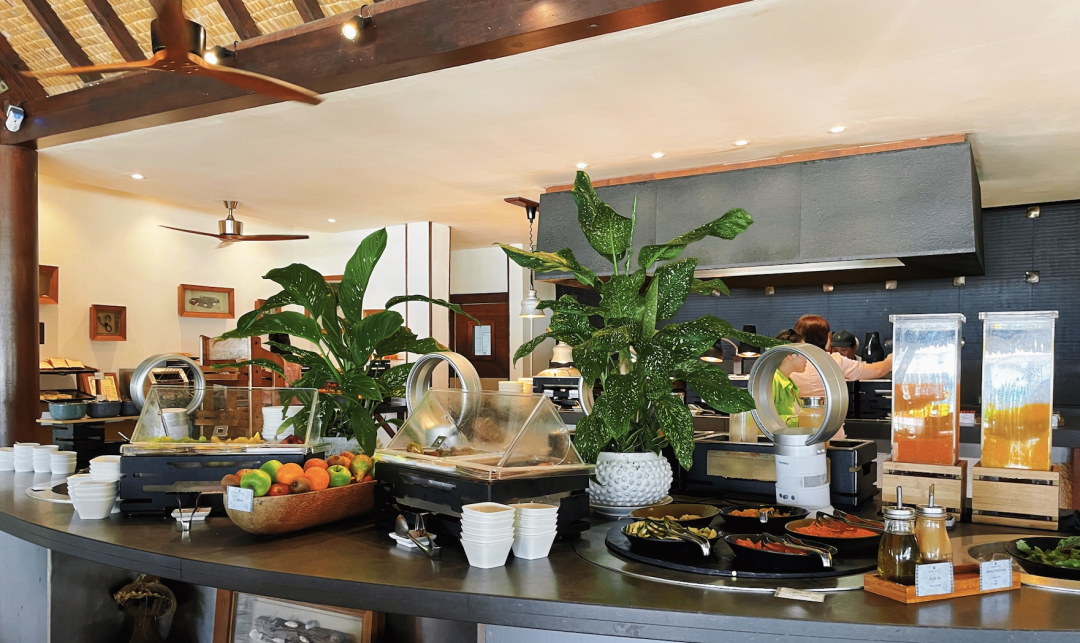

The gardens at Four Seasons are extensive, and the hotel is beautiful, also featuring a snorkeling-friendly interior lagoon showcasing a variety of vibrant colors depending on your angle. For photography lovers, Four Seasons offers a unique sandy beach photo op.
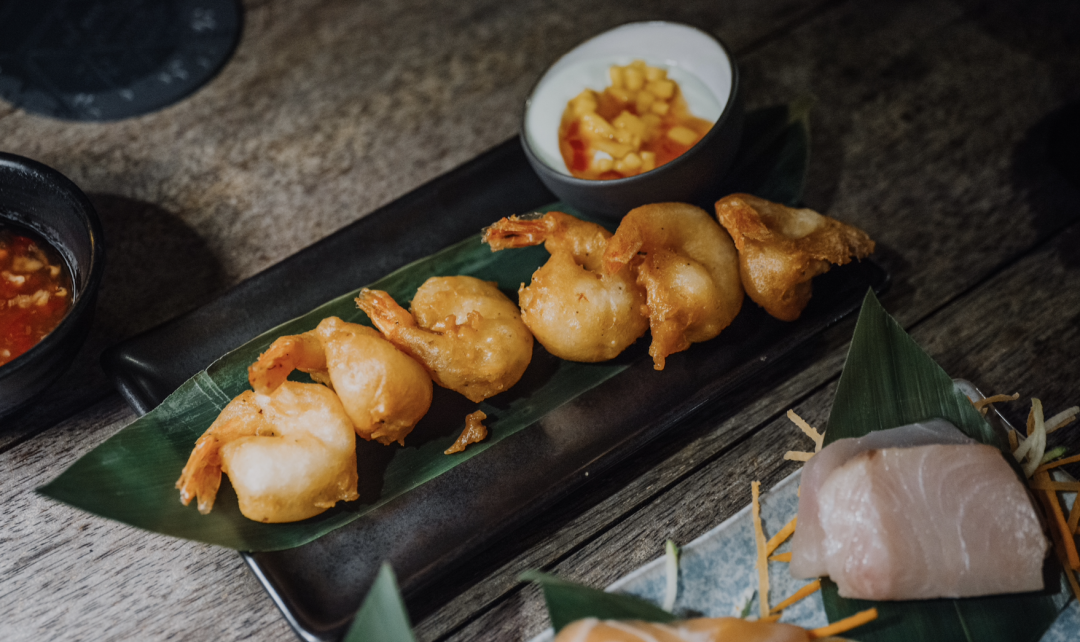
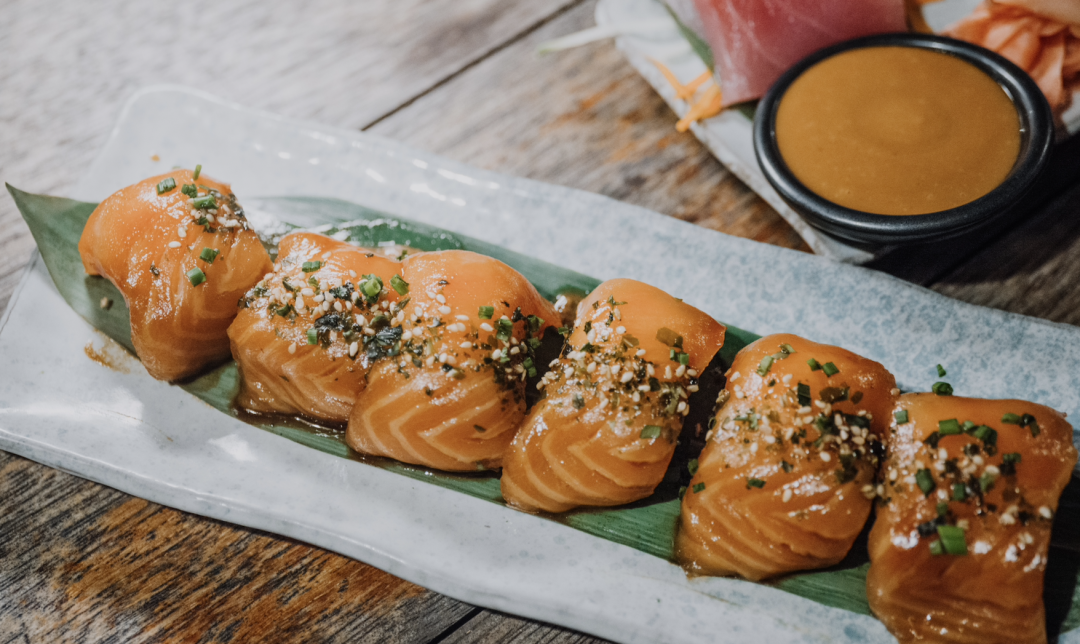
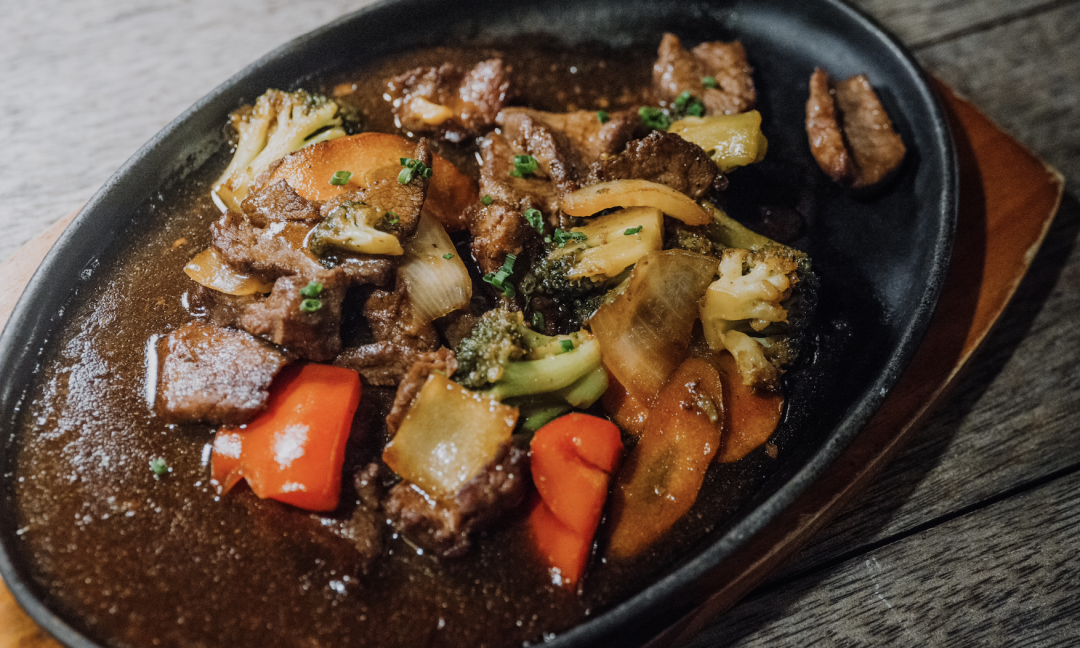
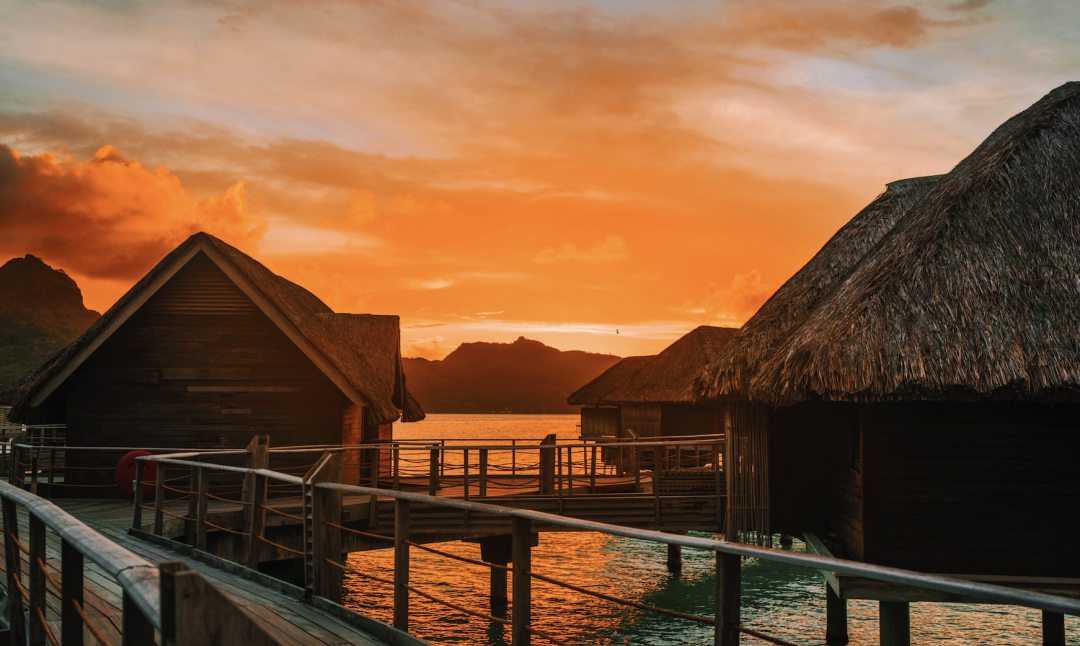
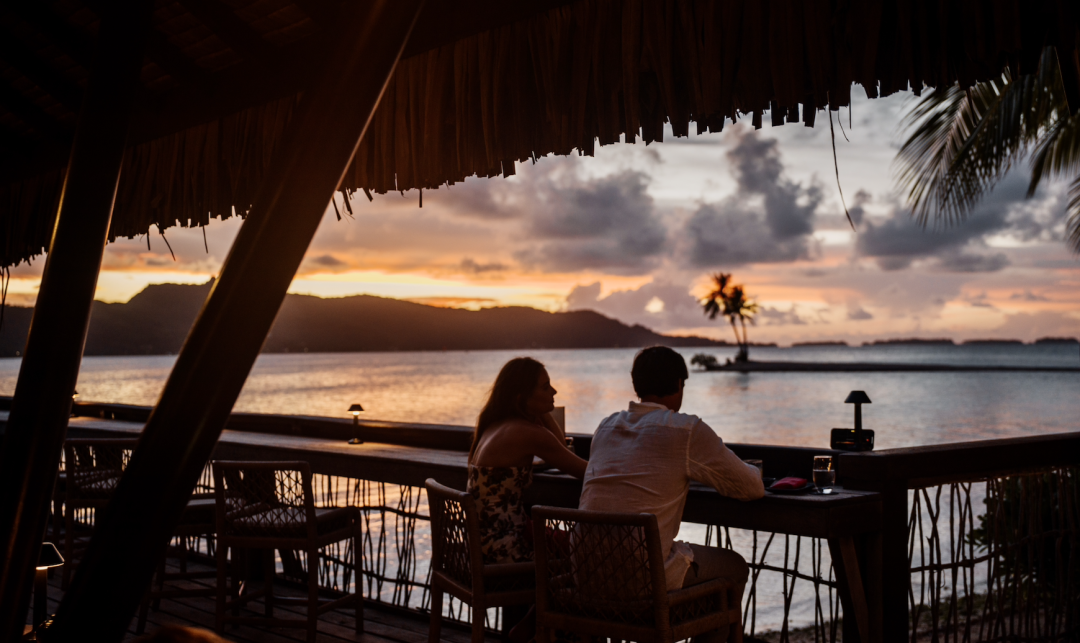
There’s even a chapel at Four Seasons that faces the sacred mountain. Several hotels in Tahiti offer wedding services.
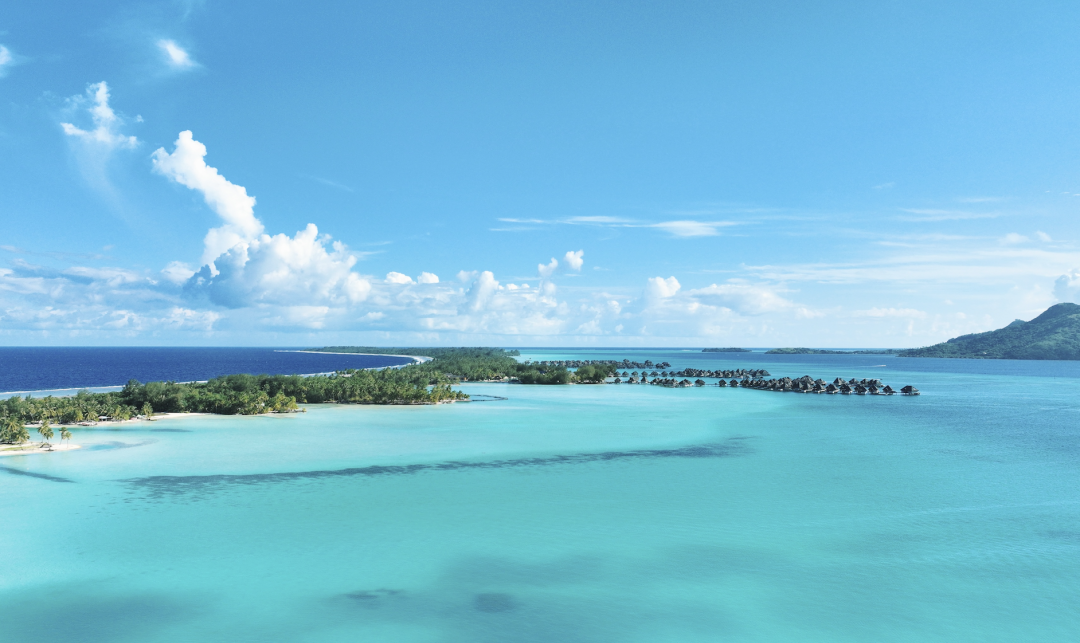
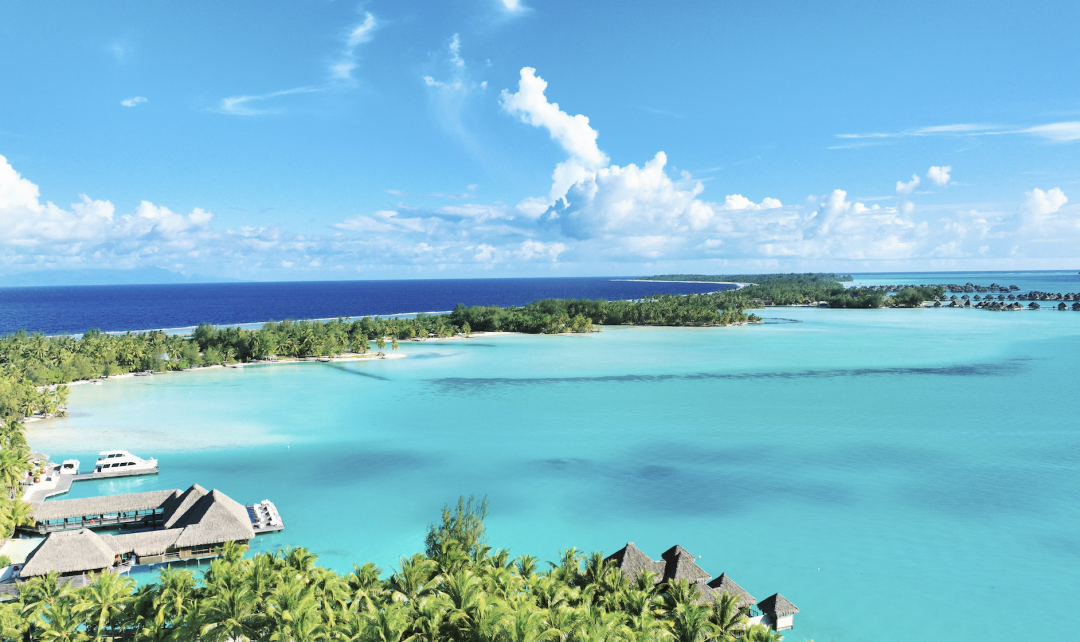
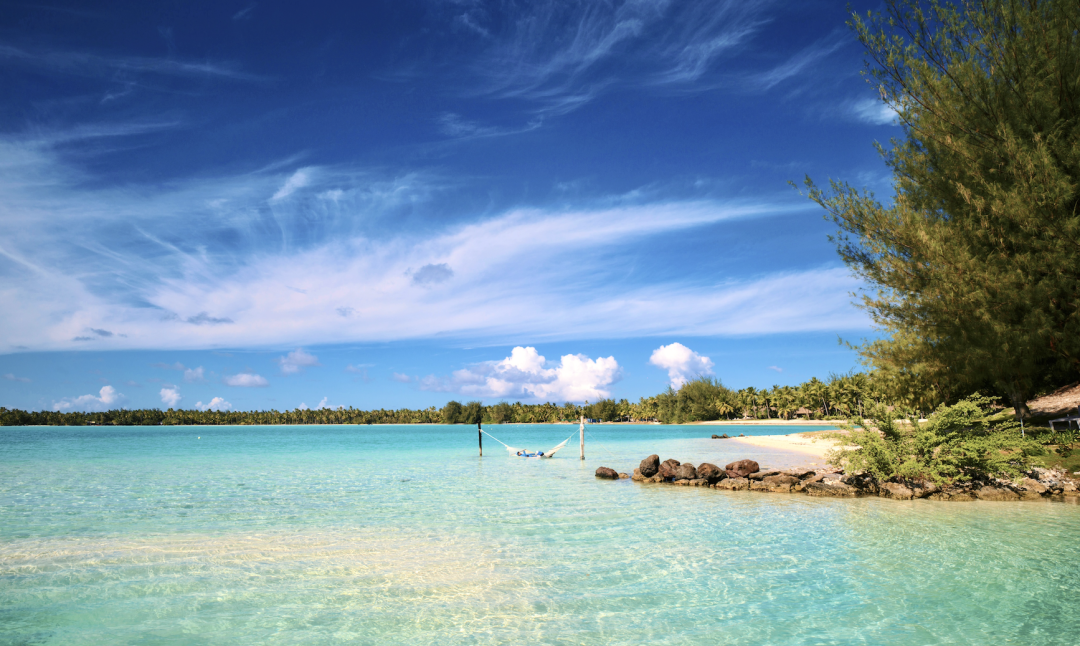
Four Seasons’ pool is also exceptionally beautiful.
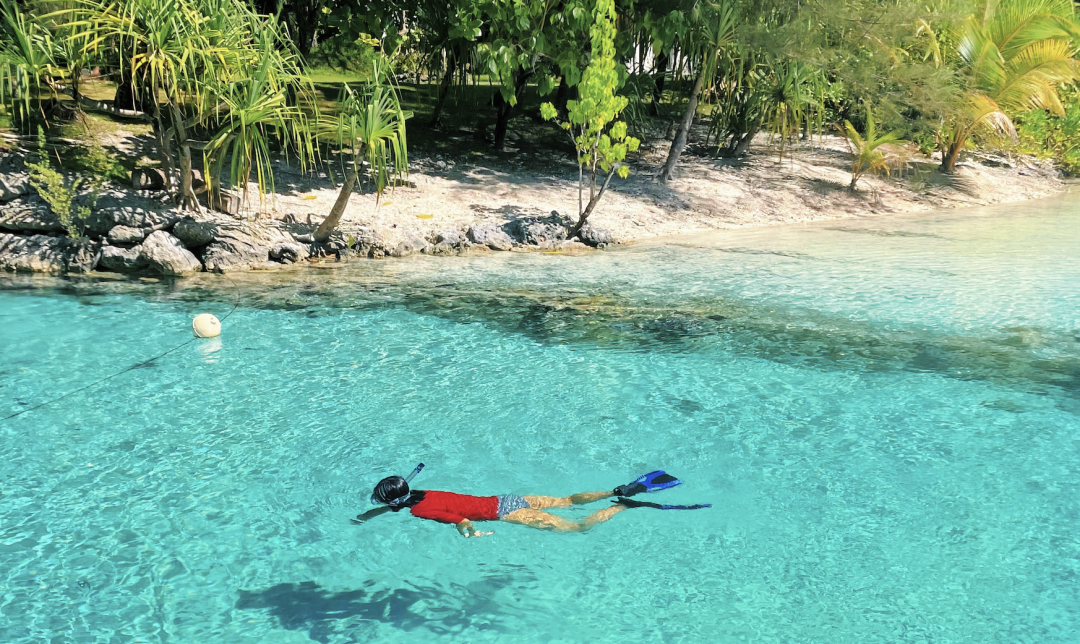
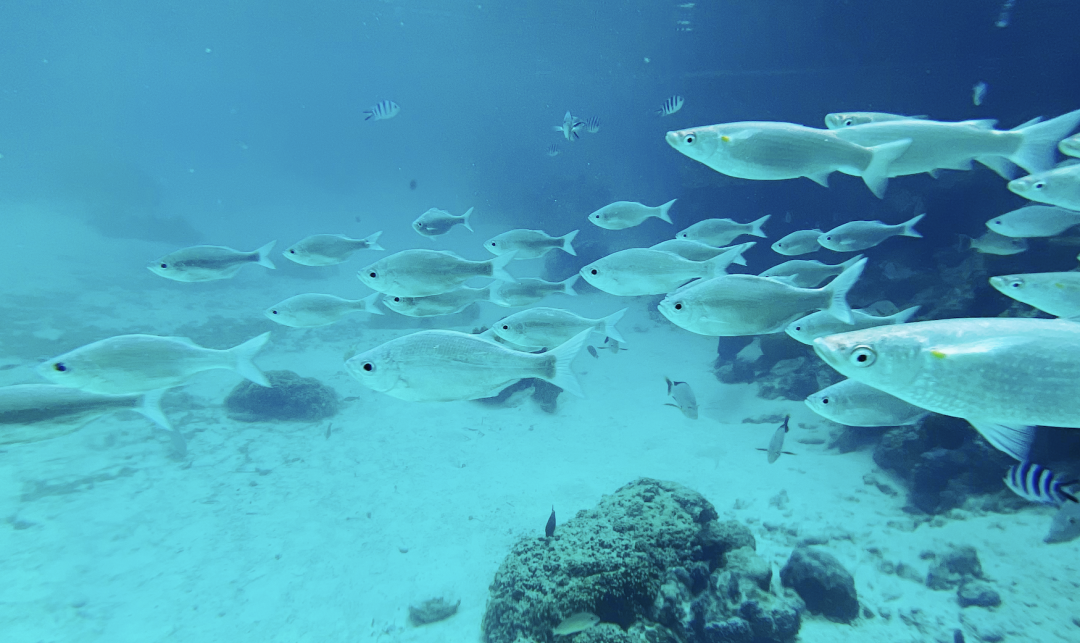
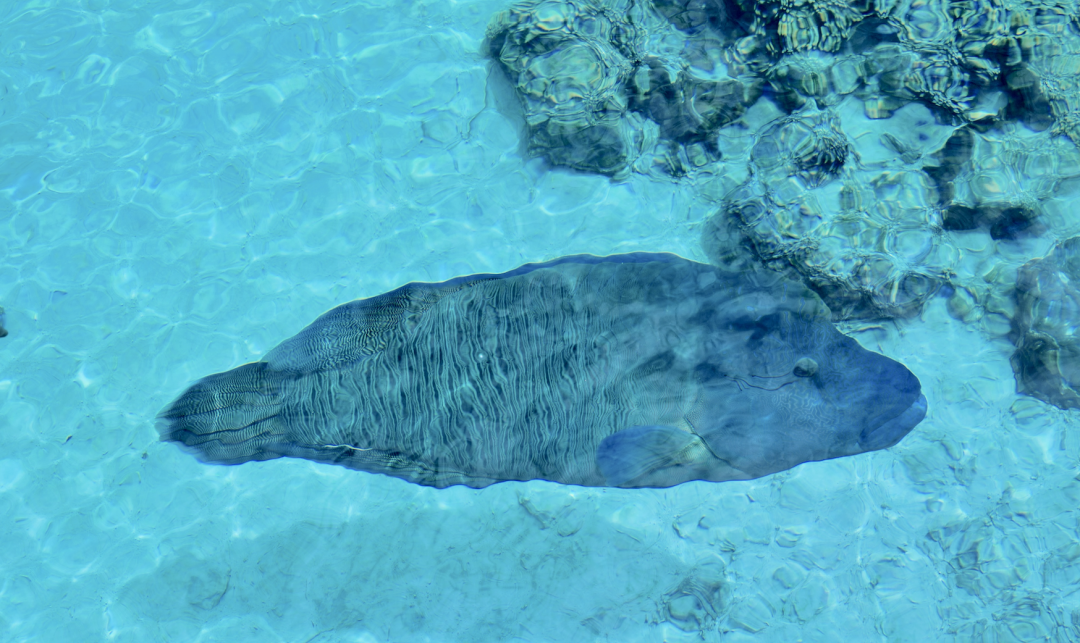
Bora Bora Four Seasons has 113 rooms, seven of which are sandy beach villas, while the rest are overwater bungalows. In Tahiti, most hotels have more overwater bungalows than beach villas. The room types at Four Seasons are depicted below. The Beach View is basic, while Lagoon View comes next, and Mountain View is the best. In Bora Bora, the rooms with the best views are always those facing the mountain.
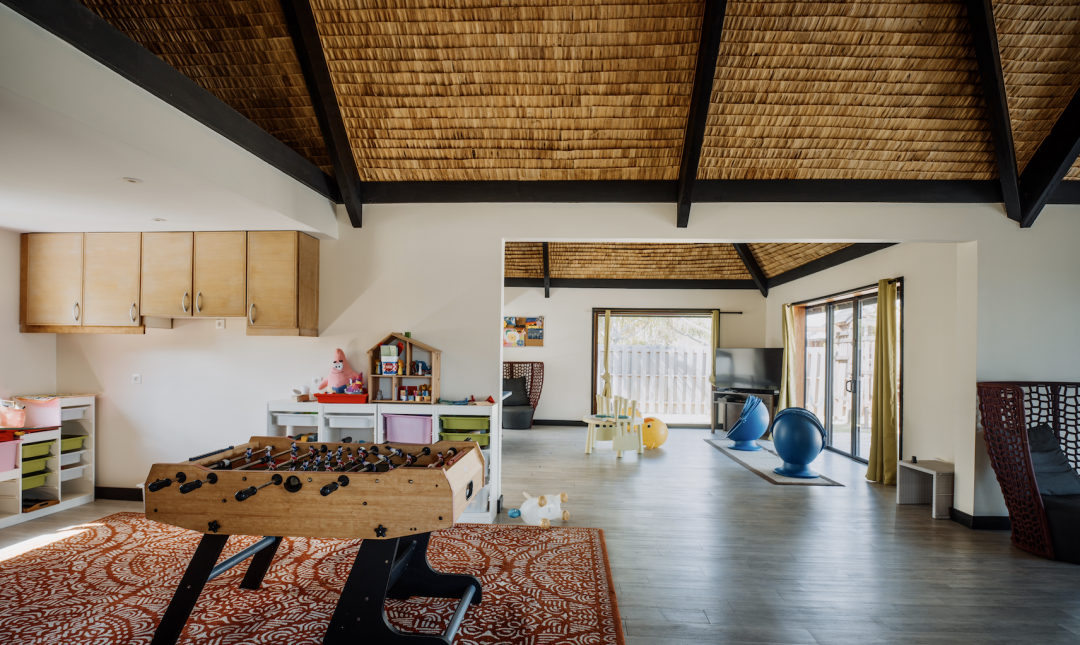
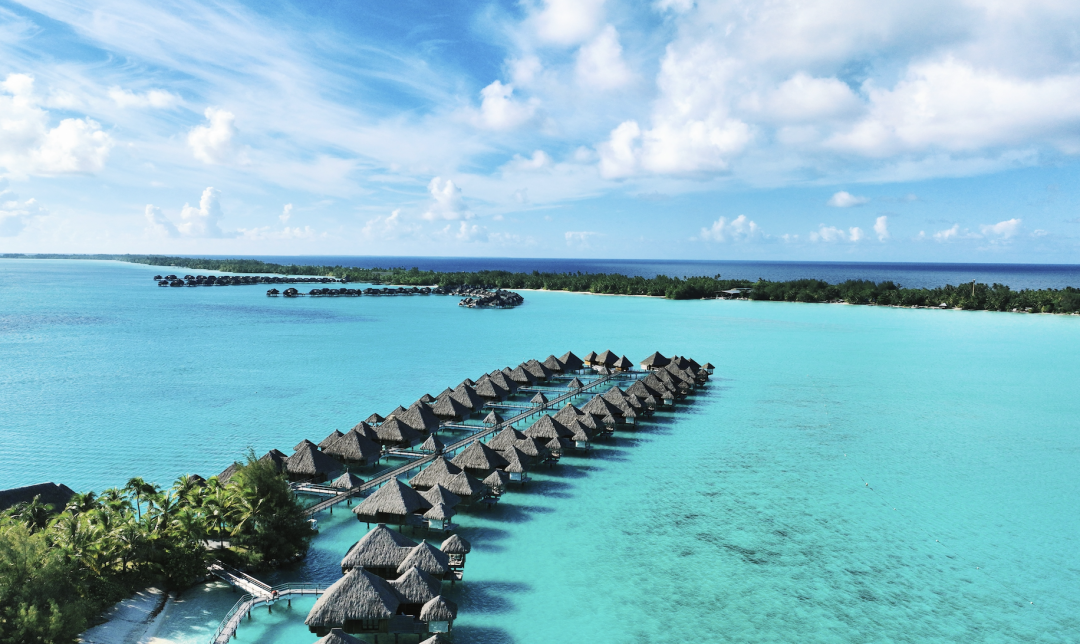
The rooms at Four Seasons feel much better due to the renovations. Here’s a look at the basic overwater bungalow, which is actually a spacious suite at 100 square meters.
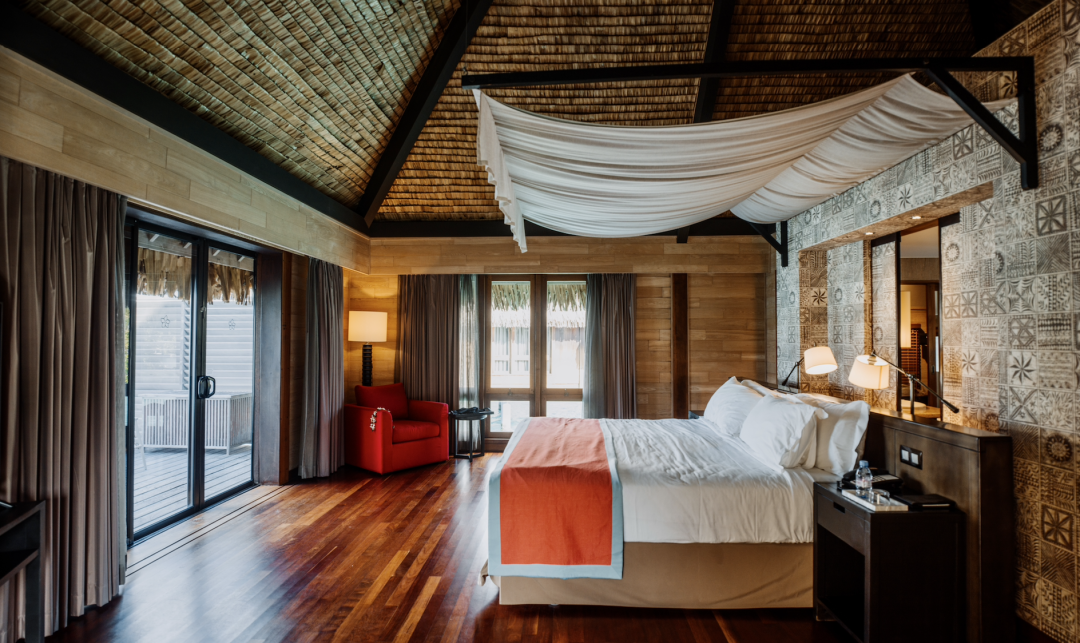
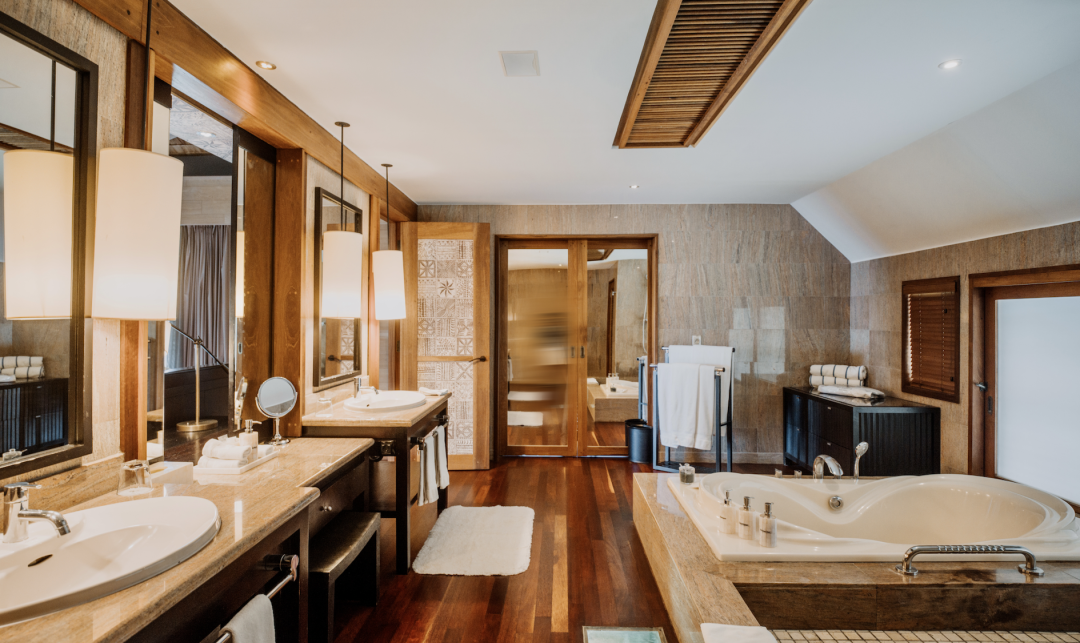
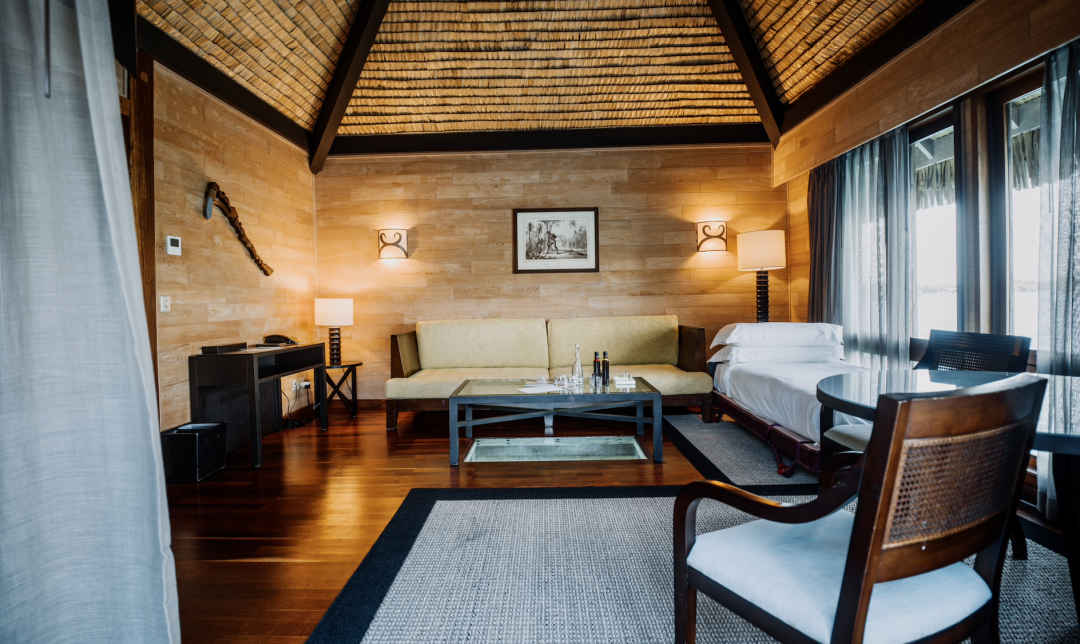
The balconies are also spacious, with bathtubs offering sea views.
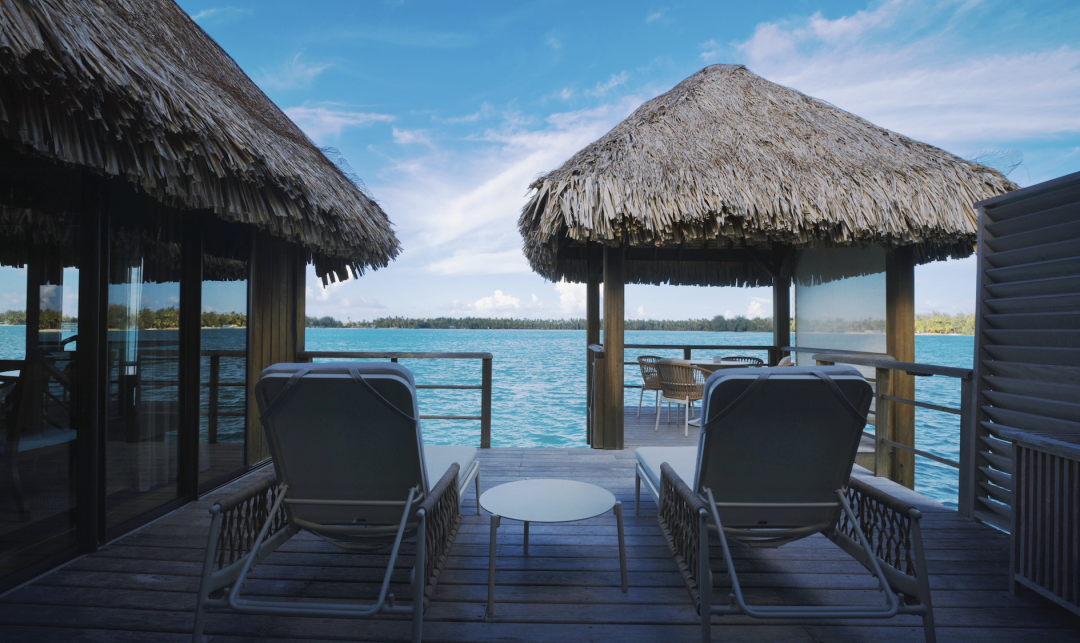
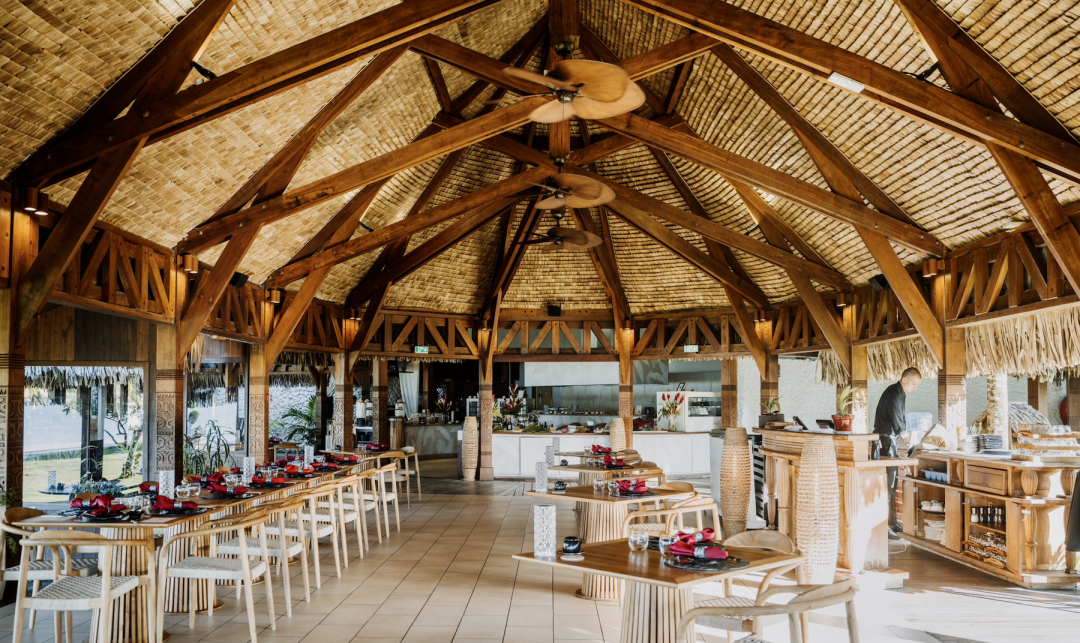
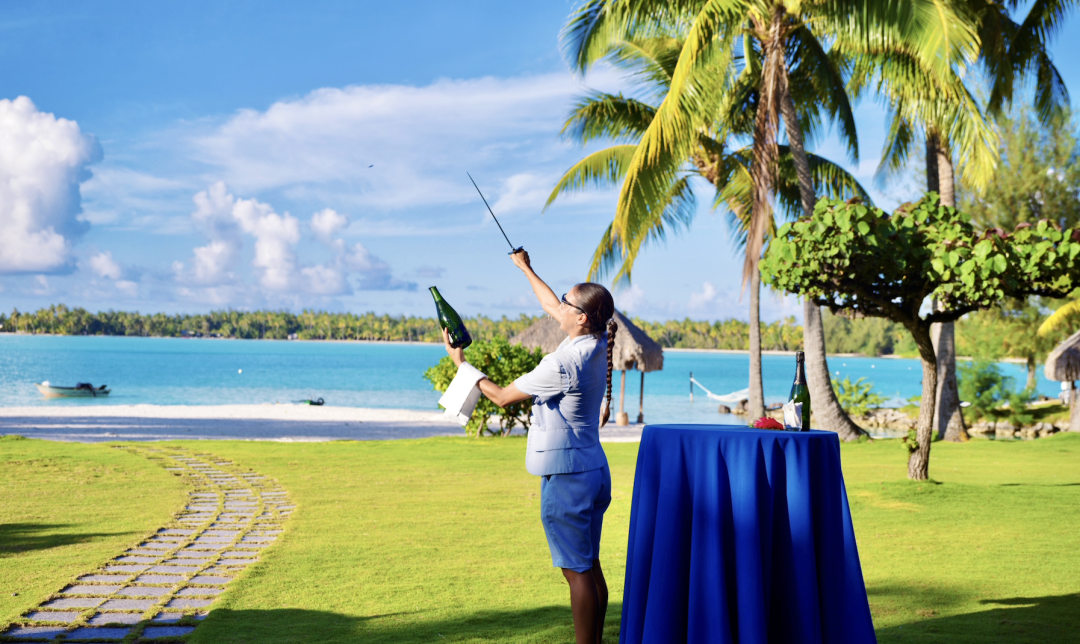
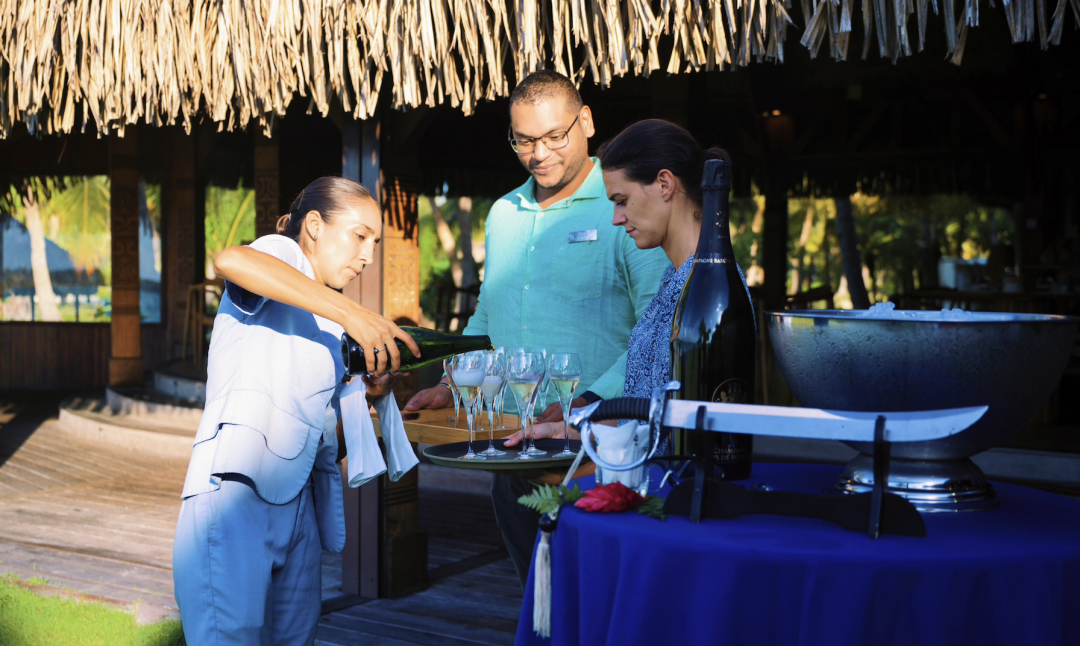
After the renovations, some overwater bungalows at Four Seasons have been upgraded to have private pools, making those room types even better.
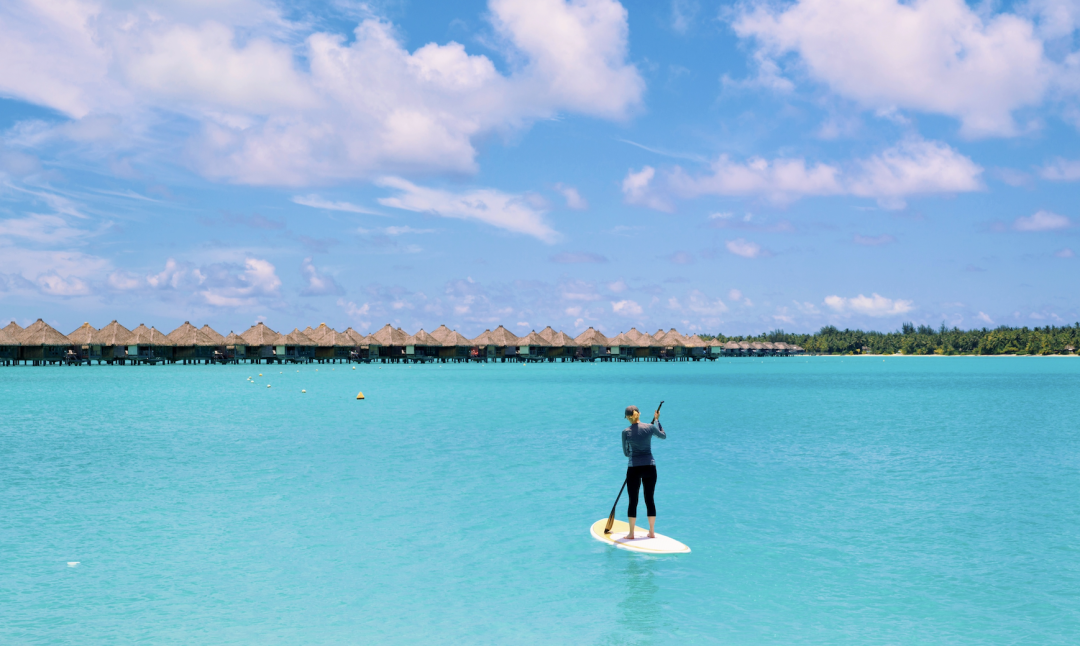
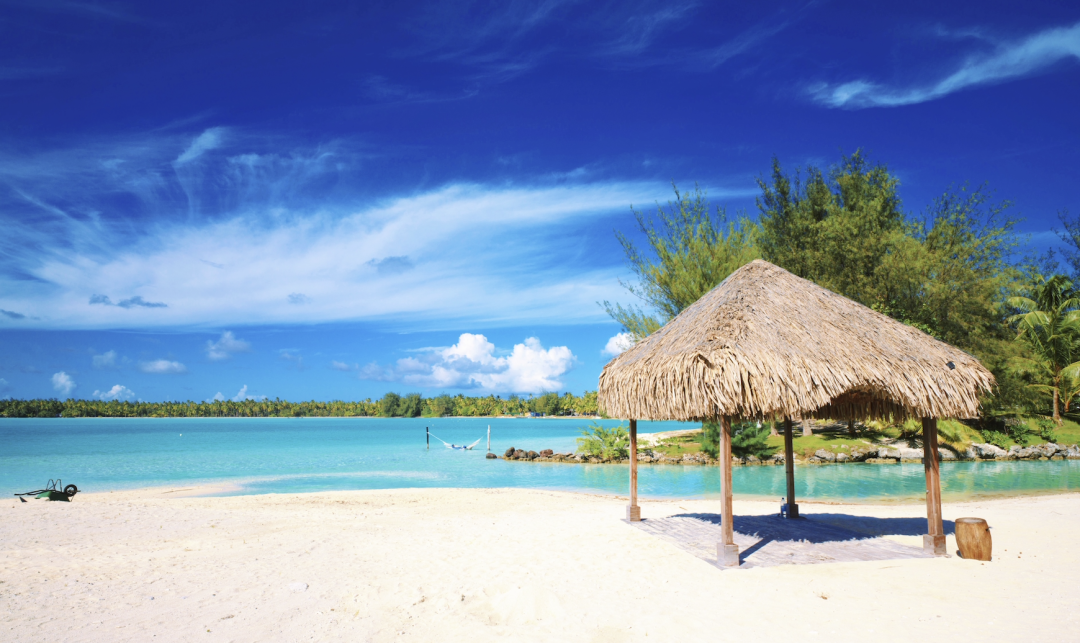
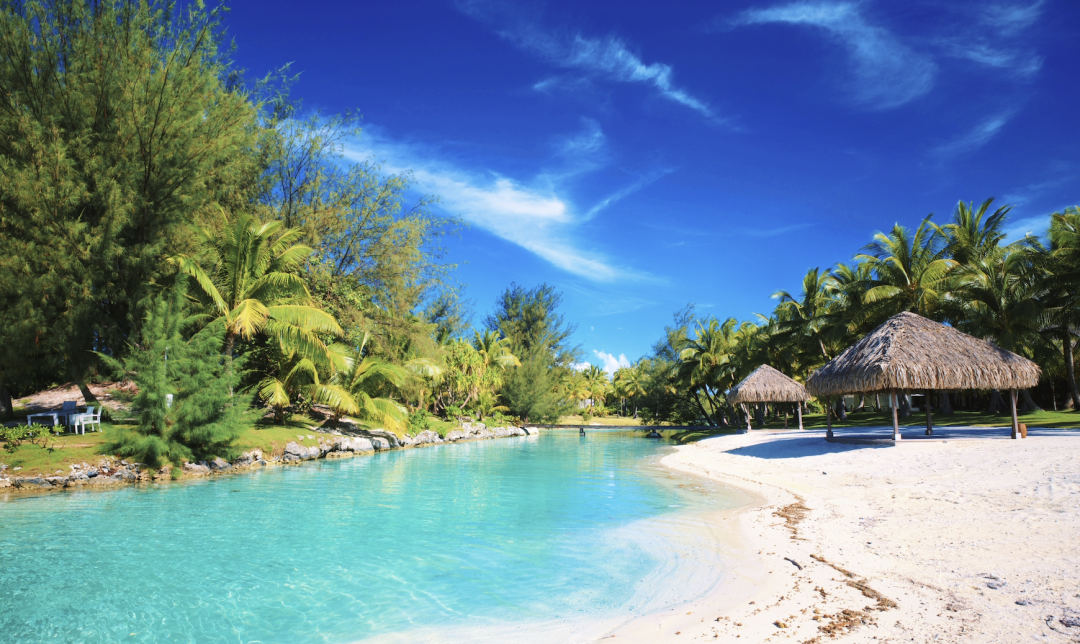
Here’s a view of the private pool on the balcony.
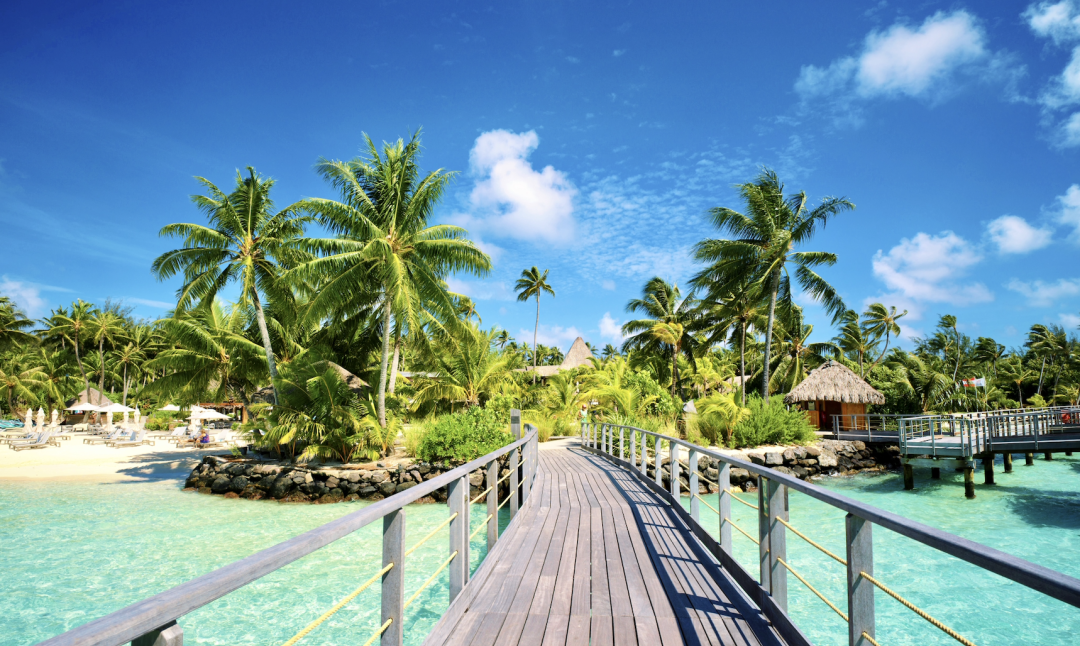
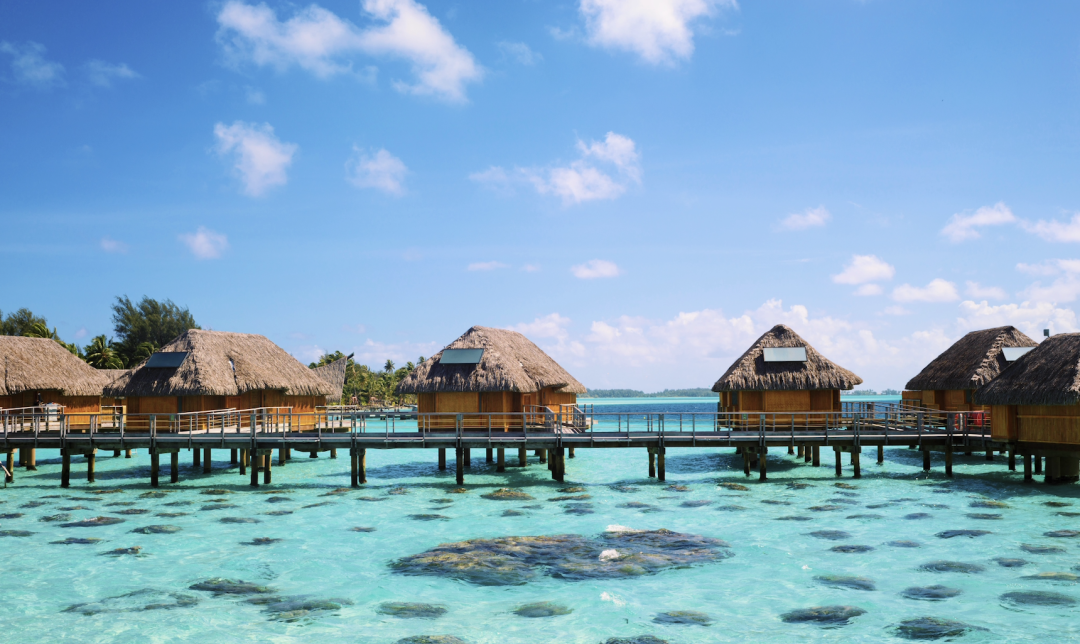
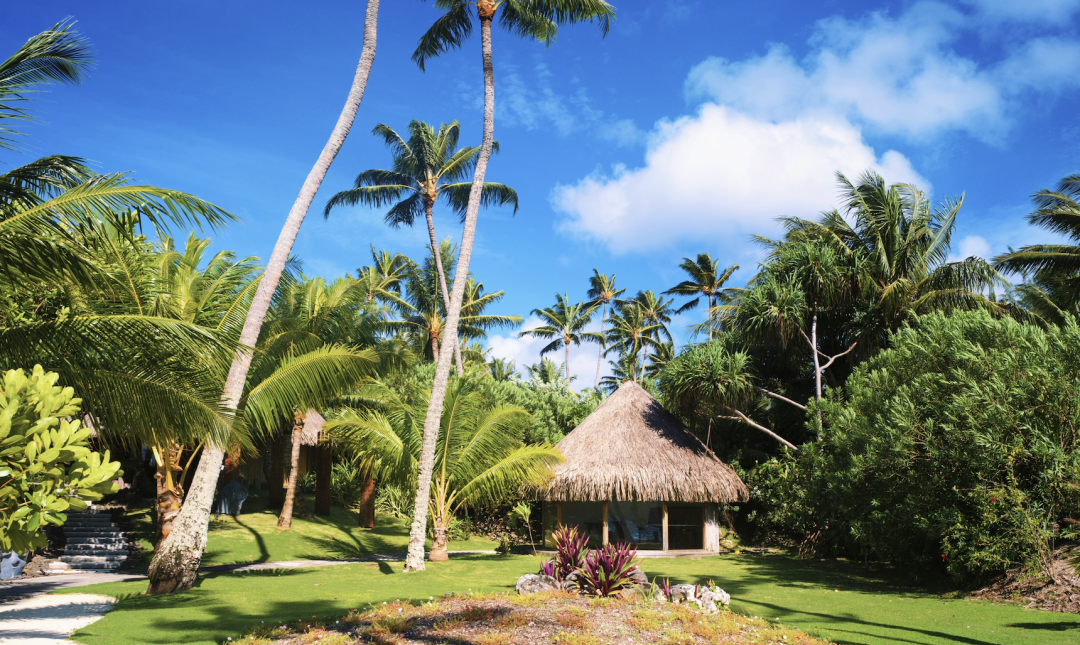
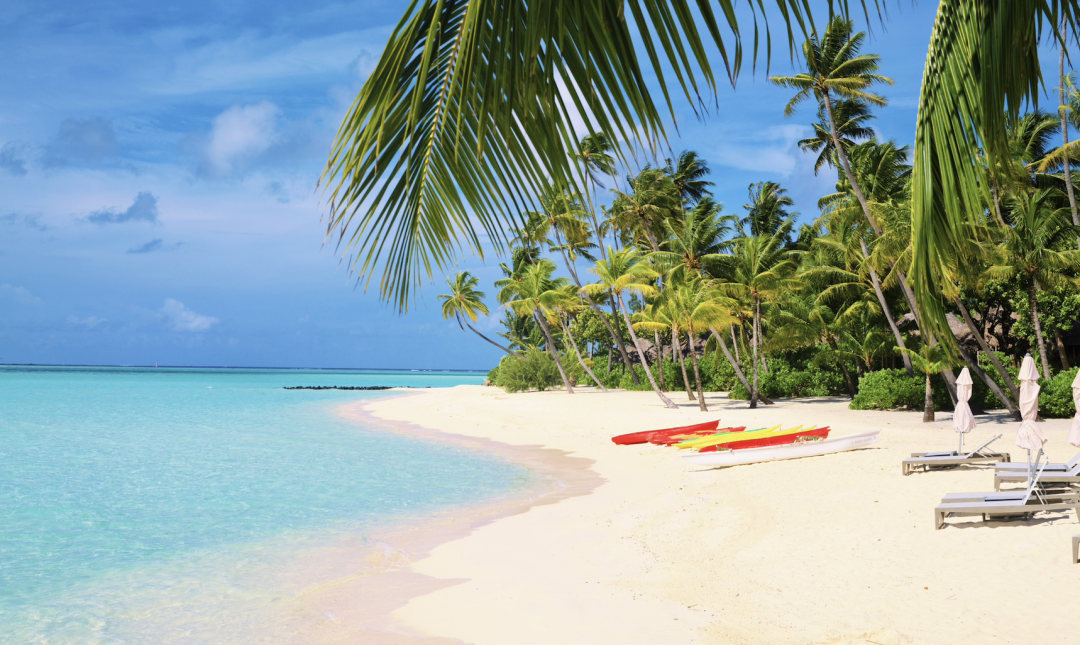
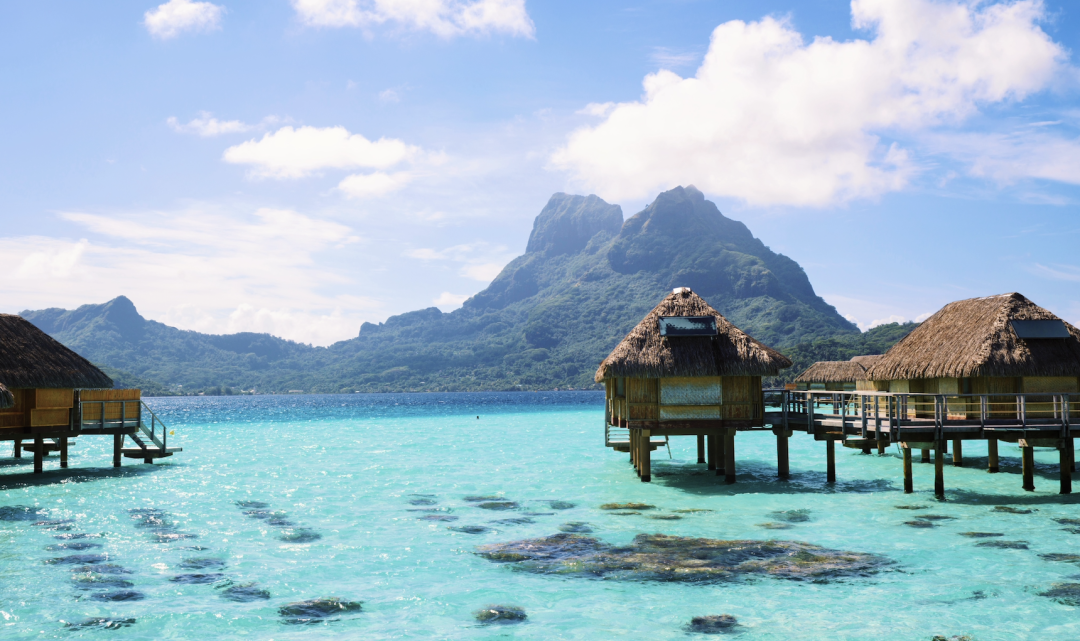
Among these hotels, Four Seasons offers the most extensive breakfast, available from 7 AM to 10:30 AM.
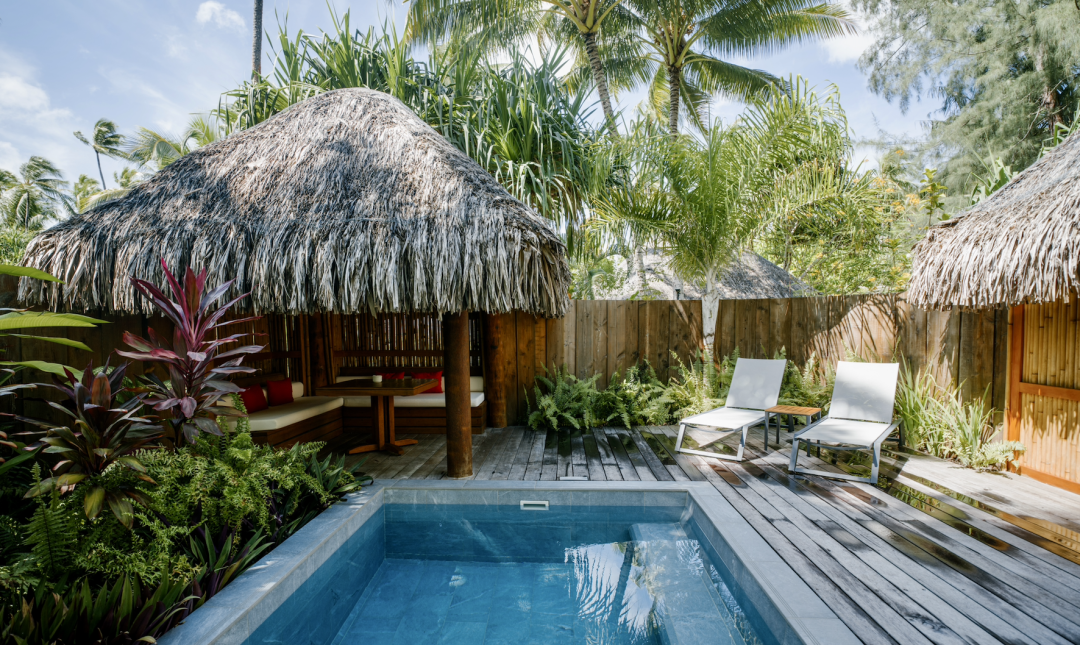
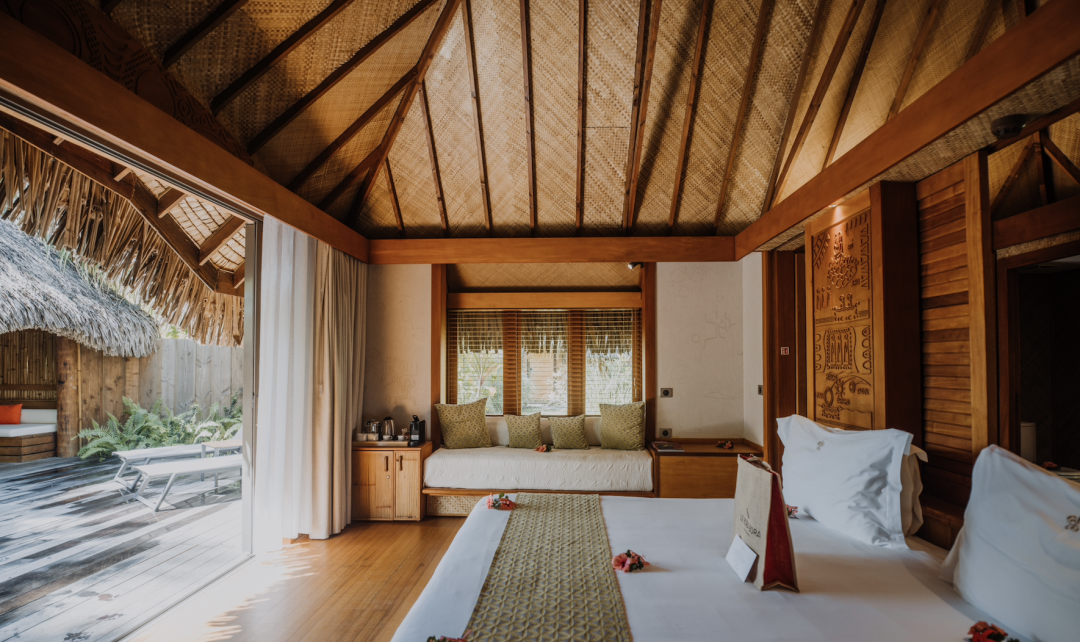
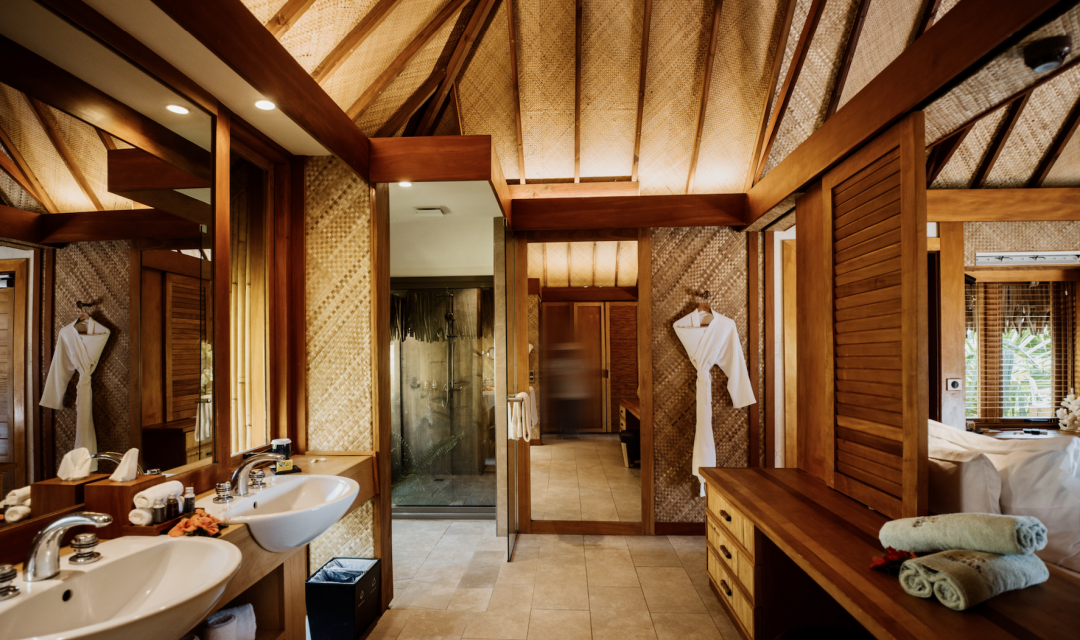
Additionally, Four Seasons has an Asian cuisine restaurant that is more suited for the Chinese palate.
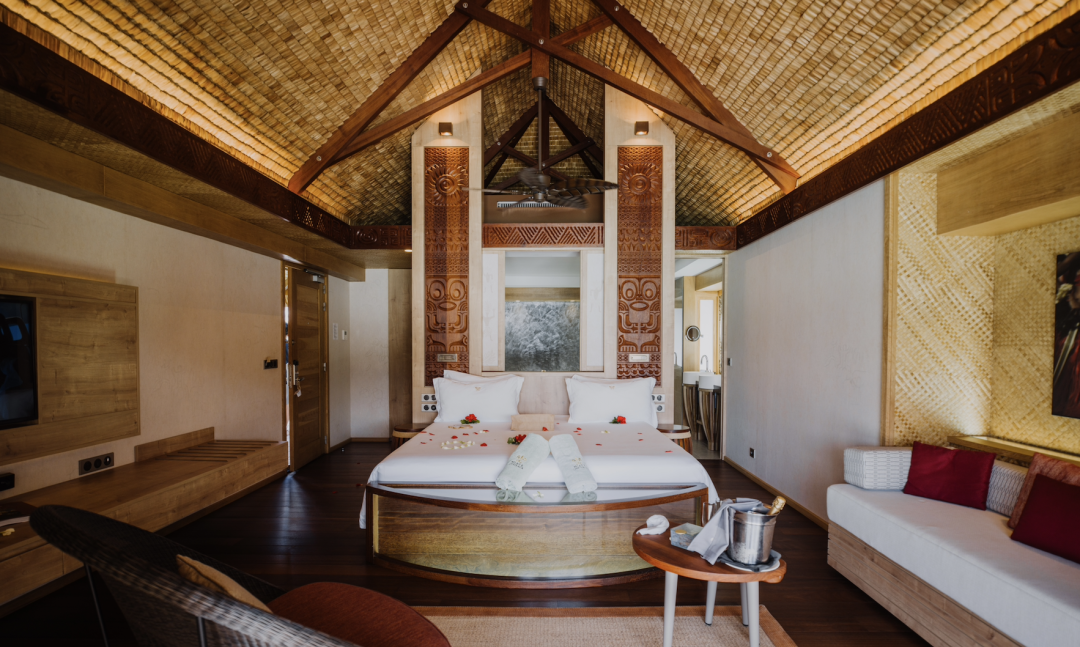
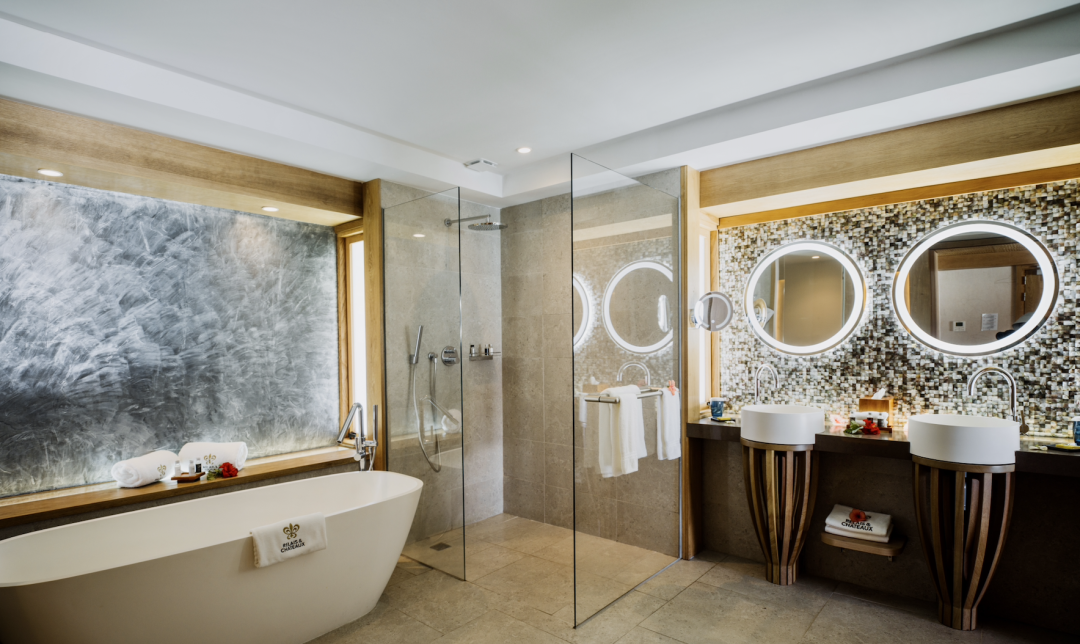
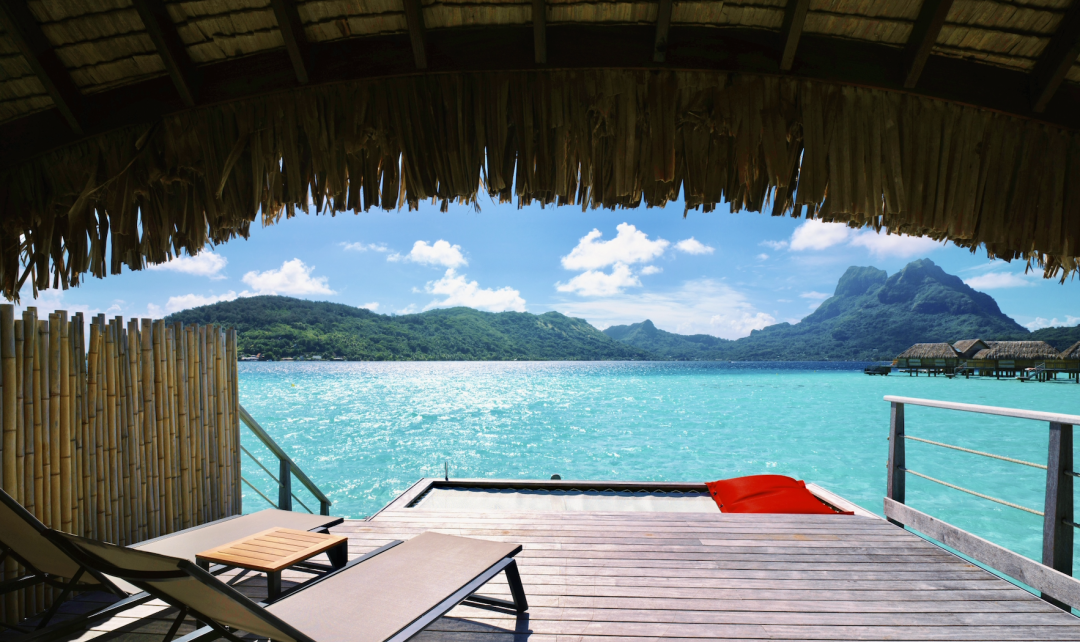
In Bora Bora, truly, every hotel is perfect for sunset views.
The most beautiful lagoon and seawater are at St. Regis. St. Regis is surrounded by a rainbow of colored sea waters and features an interior lagoon, which is stunningly beautiful like ultra-clear jelly-like waters. I’ll share some pictures here.
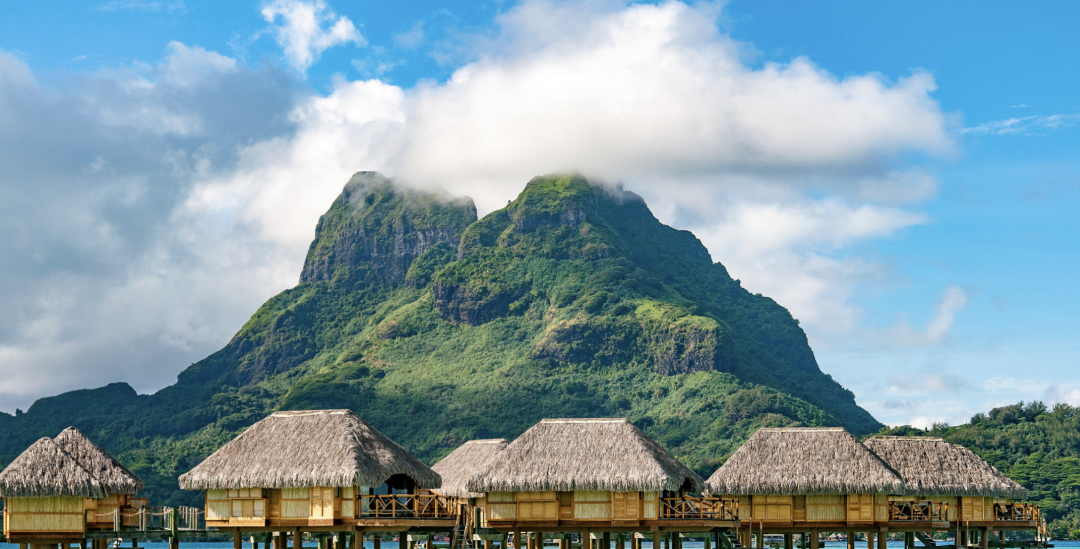
The interior lagoon at St. Regis is ideal for snorkeling, where a diverse array of fish, including small sharks, sea urchins, and various colored fish, can be seen. There’s even a famous large sweetlip fish, and if you’re lucky, you might encounter an eel over two meters long. Snorkeling in the interior lagoon is one of St. Regis’s main features.
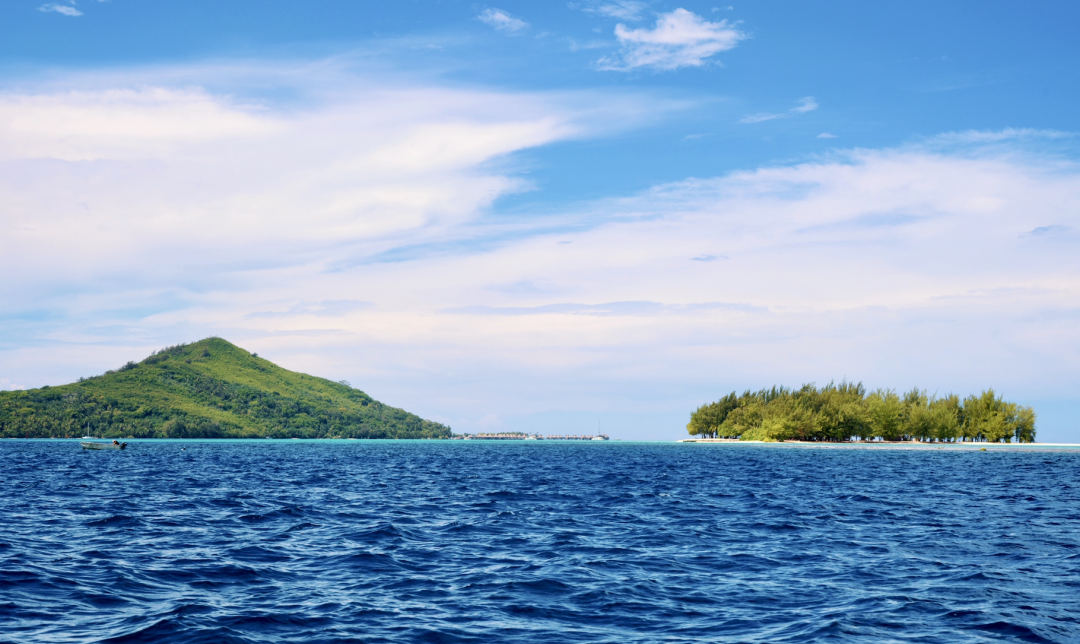
St. Regis also boasts an exclusive indoor children’s activity area.
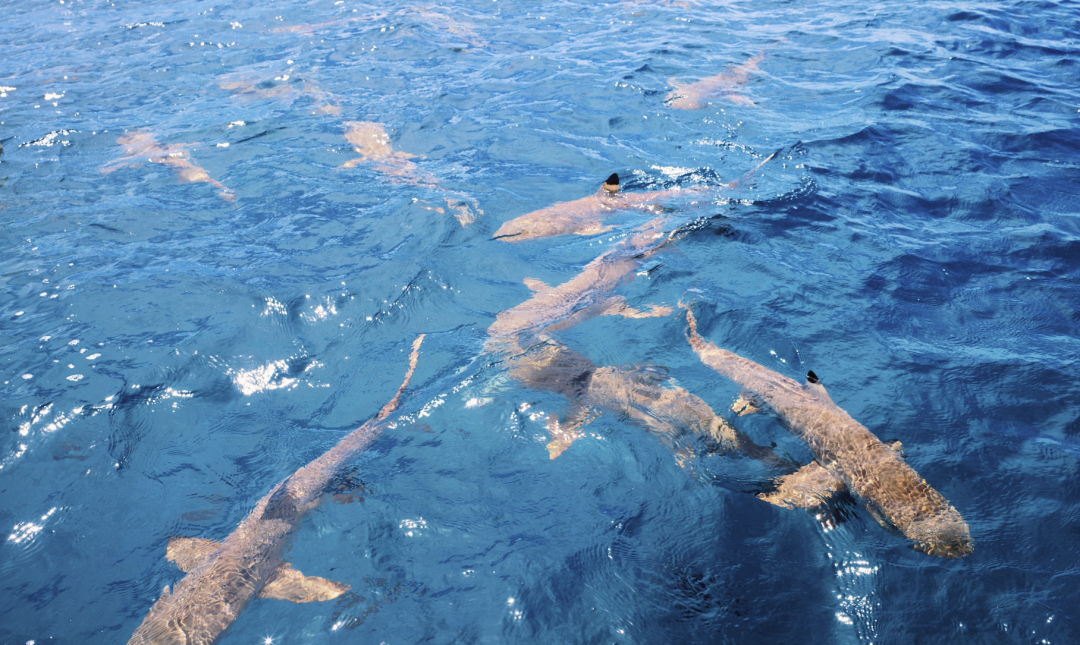
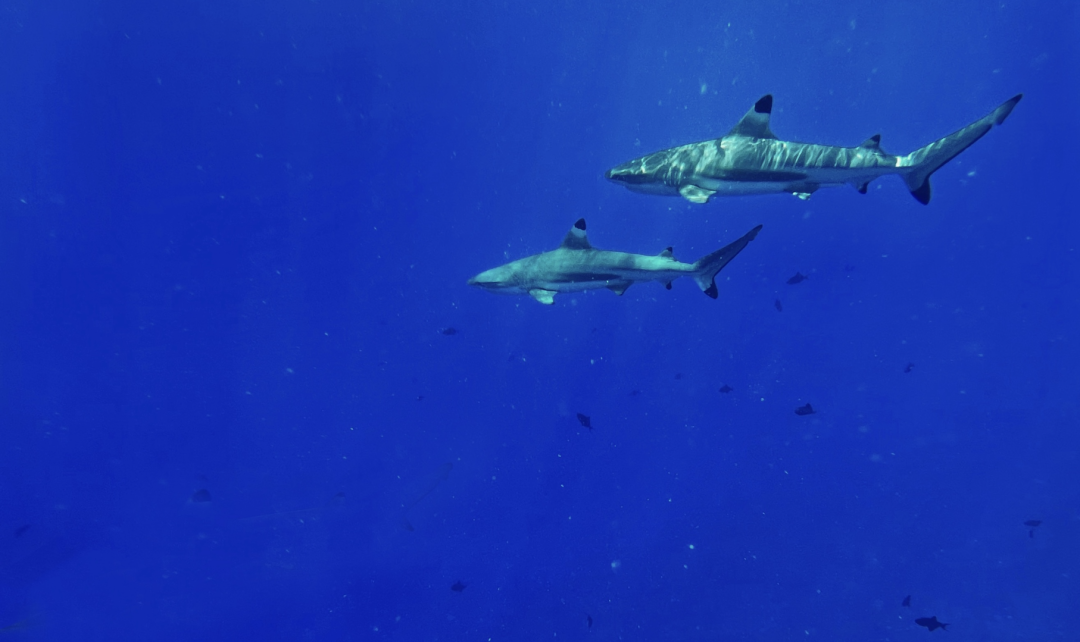
St. Regis has 89 rooms: 13 beach villas and 76 overwater bungalows. Two-thirds of the overwater bungalows have mountain views.
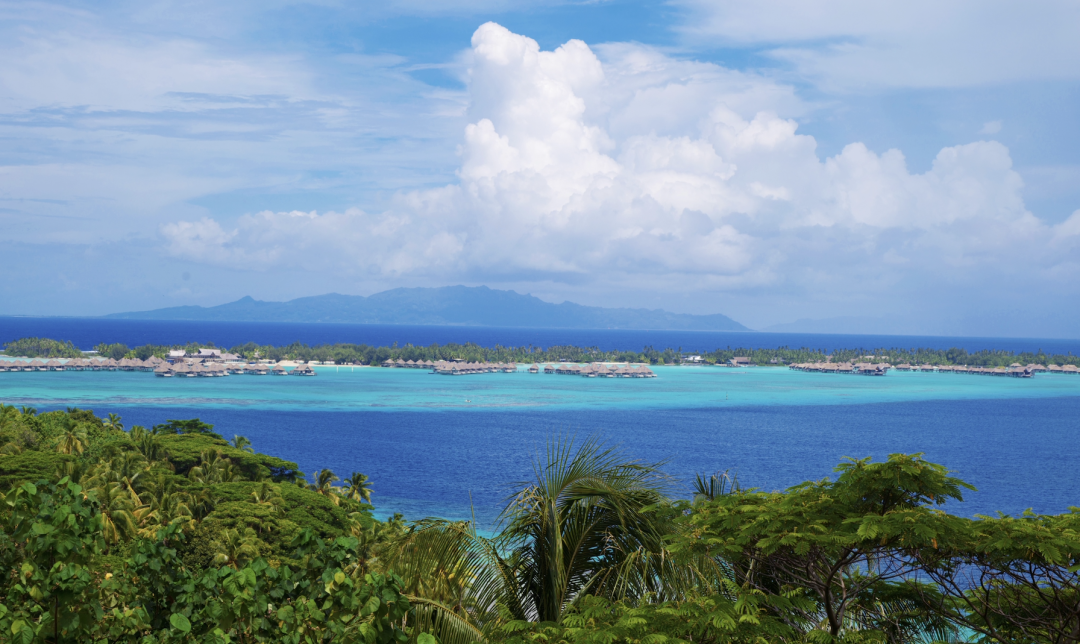
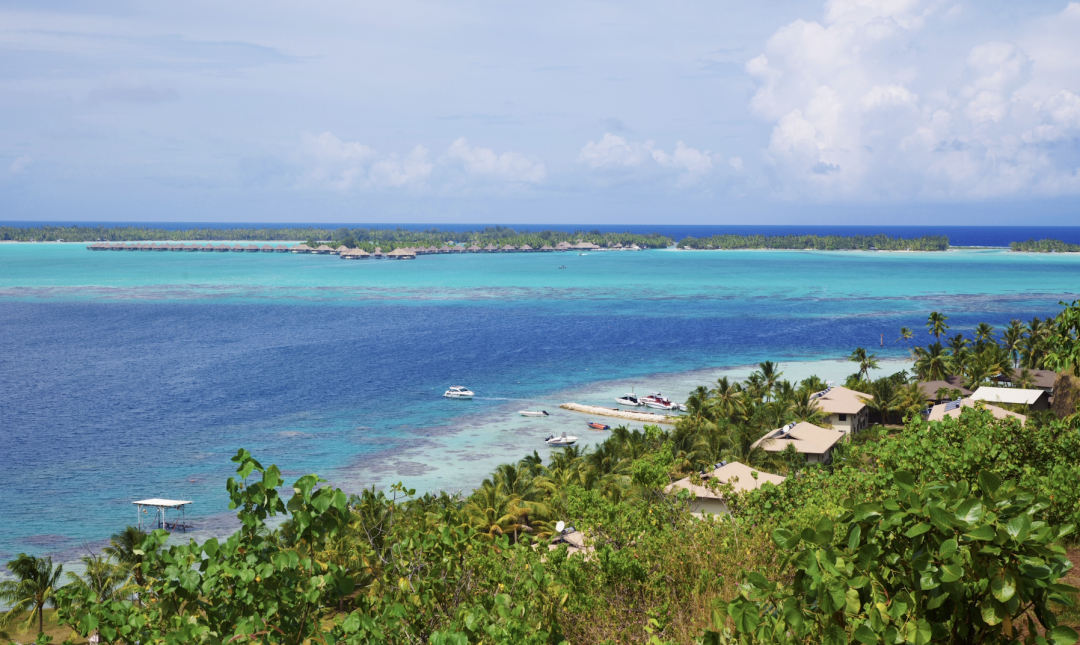
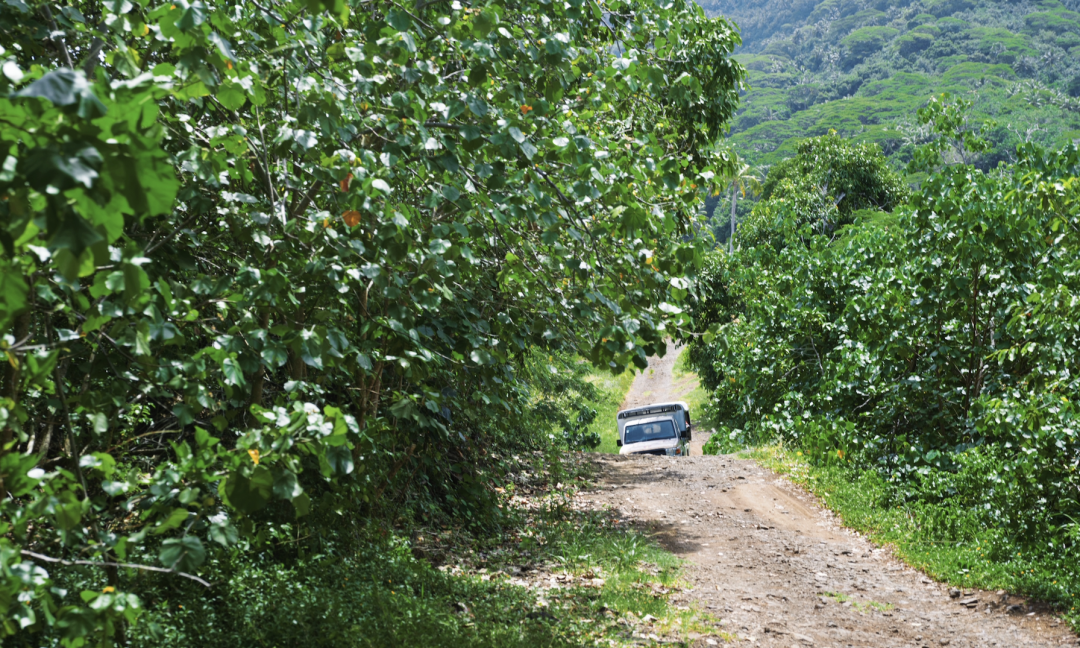
The overwater bungalows at St. Regis measure 144 square meters, making St. Regis and Four Seasons the hotels with the best rooms in Bora Bora. Here’s a look at the St. Regis bungalow; it’s impressive, right?
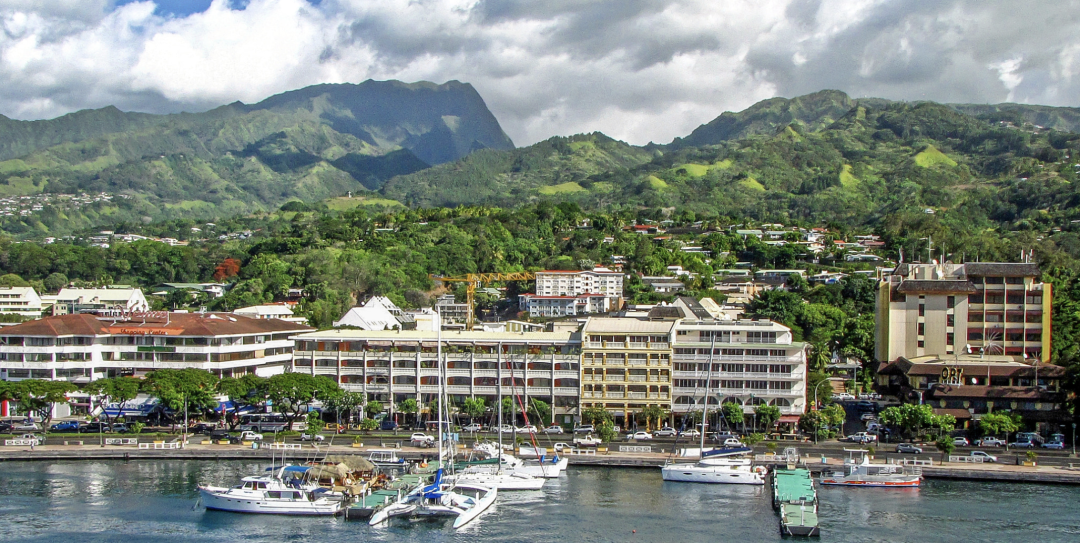
The balconies offer direct access to the water.
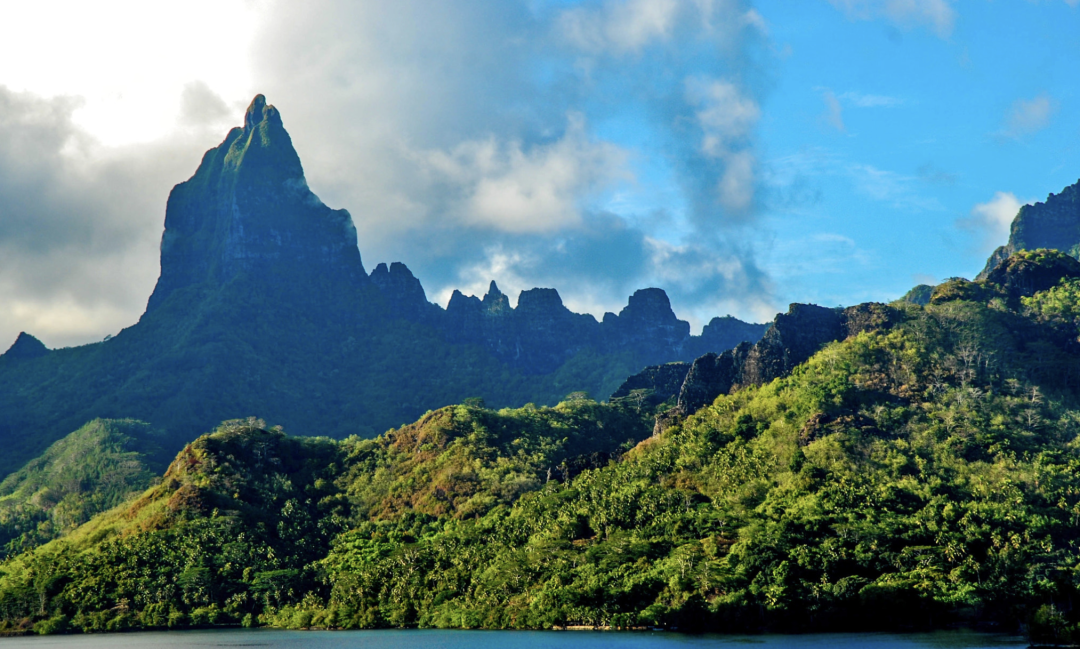
St. Regis serves breakfast from 6:30 AM to 10:30 AM, with an exclusive champagne-opening ceremony in the evening.
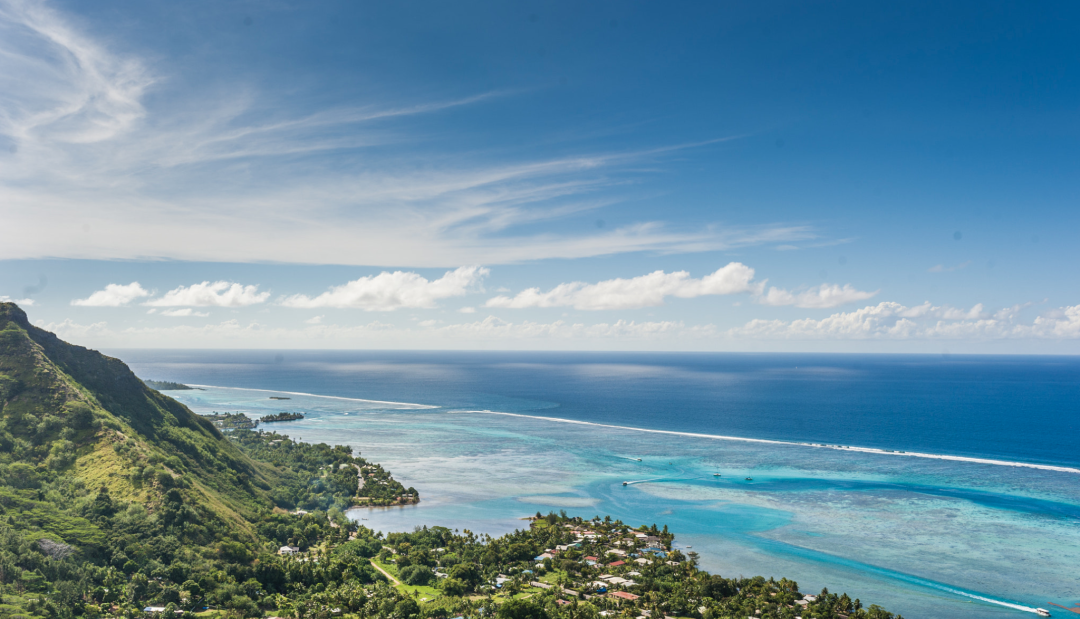
St. Regis is incredibly comfortable.
The newest addition in Bora Bora is the Pearl Resort, which also features the most local Tahitian style, with a higher proportion of Polynesian staff. Pearl Resort underwent renovations in 2020 and is now part of the Relais & Châteaux family, making it the most cost-effective hotel among the four on the outer reef, with off-season rates starting at only 4,000-5,000 yuan per night.
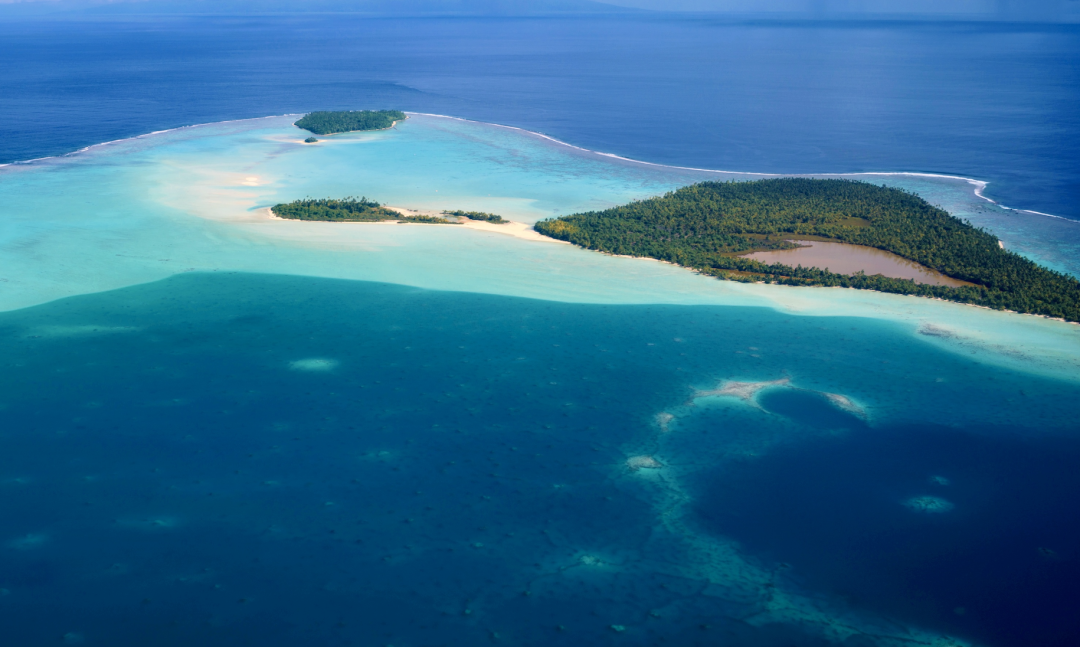
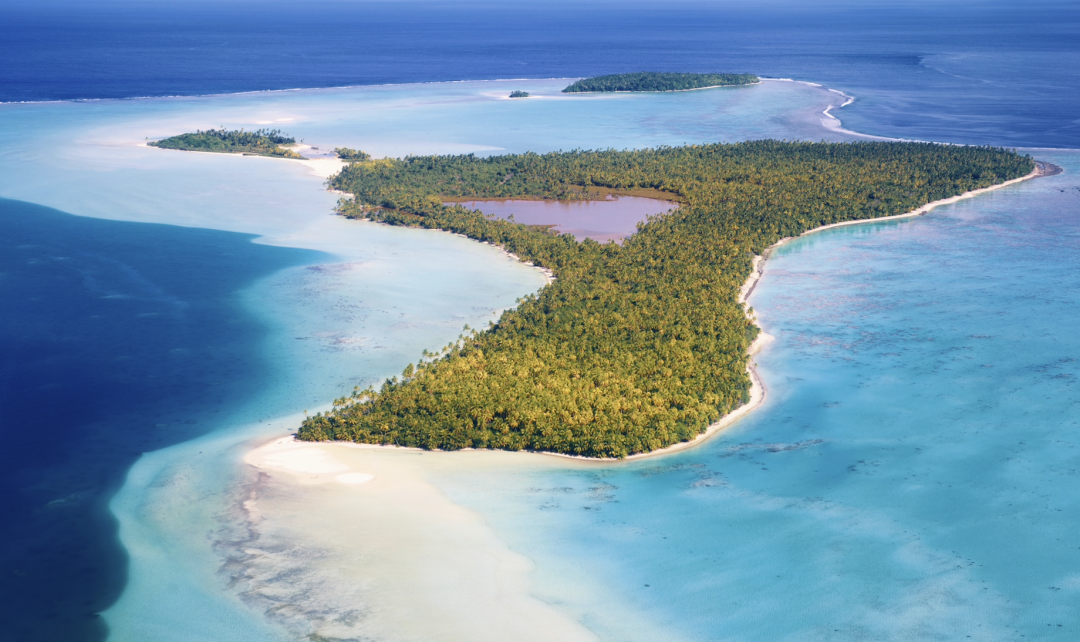
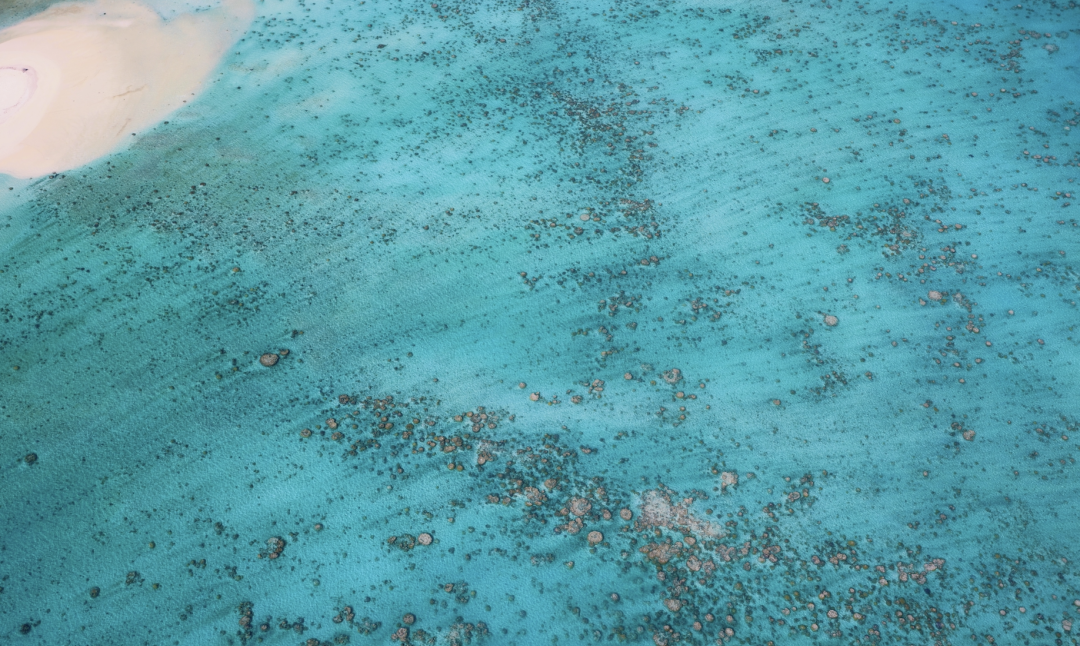
We were pleasantly surprised by the Pearl Resort. Its lagoon is long and shallow, featuring a coral garden, mountains, seas, and wetlands, creating a truly relaxing vacation atmosphere.
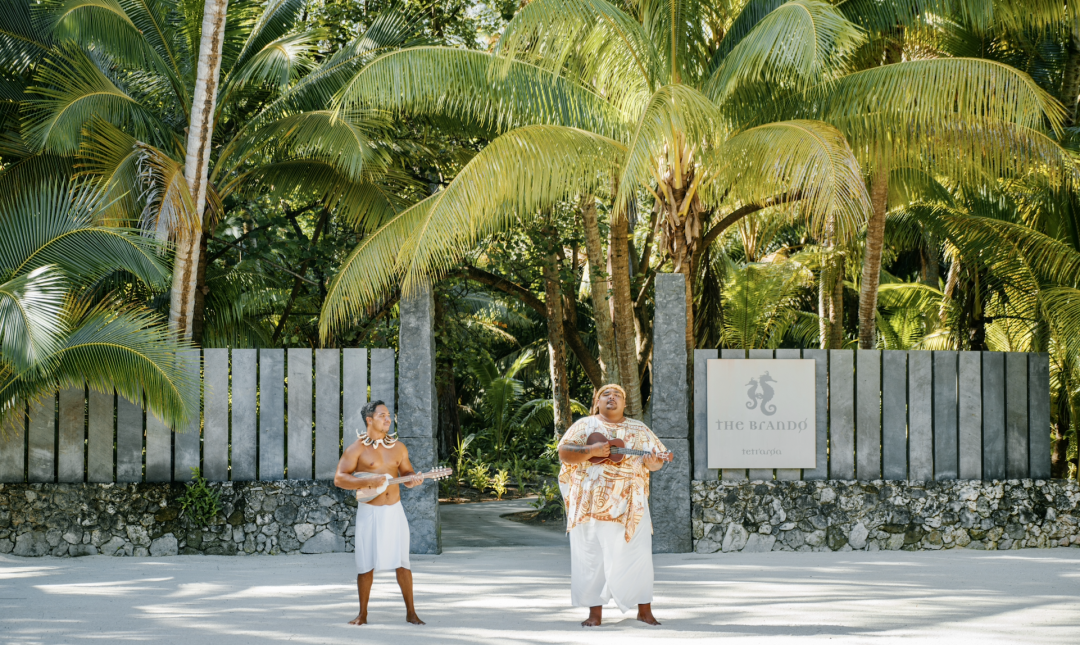
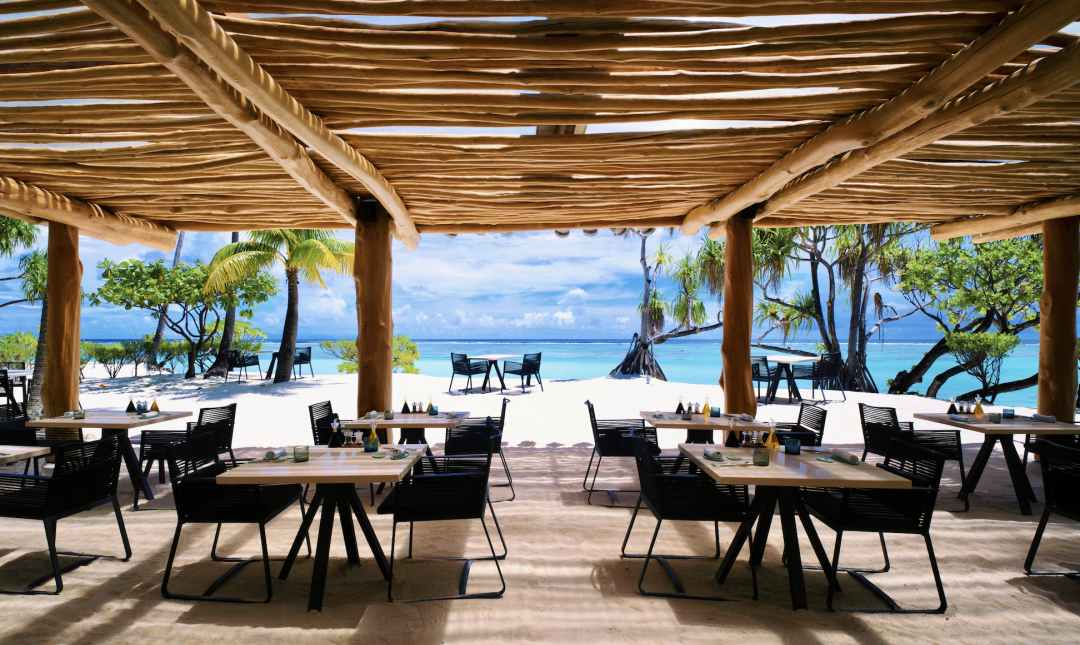
The beach villas and overwater bungalows are quite similar, with the basic room type being the beach villa (whereas, for most other hotels, the basic room is the overwater bungalow). Beach villas generally come with pools, but the basic ones lack sea views.
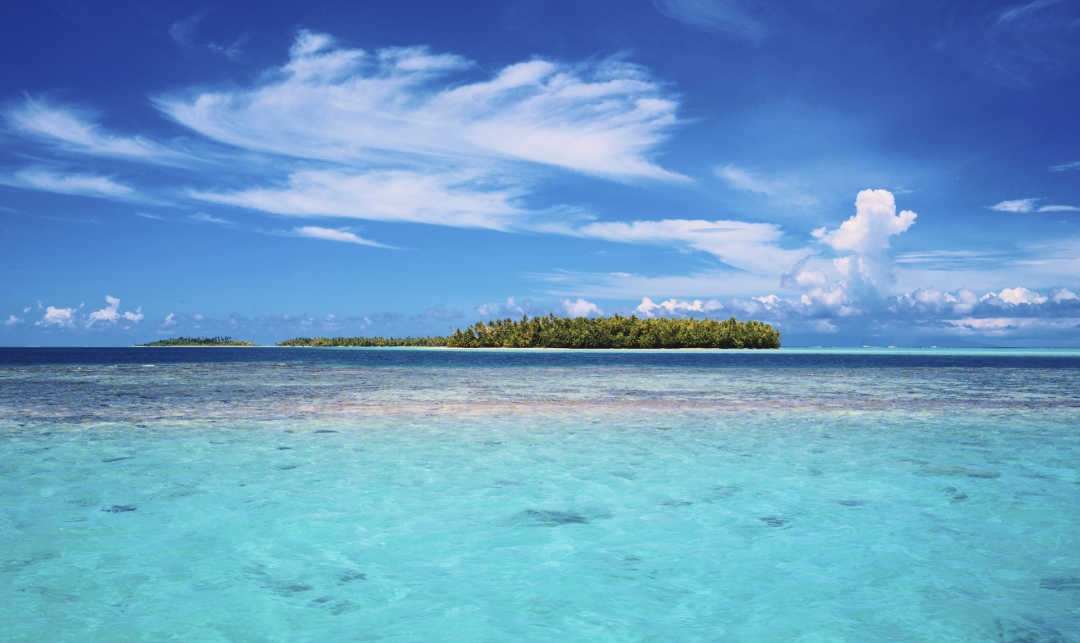
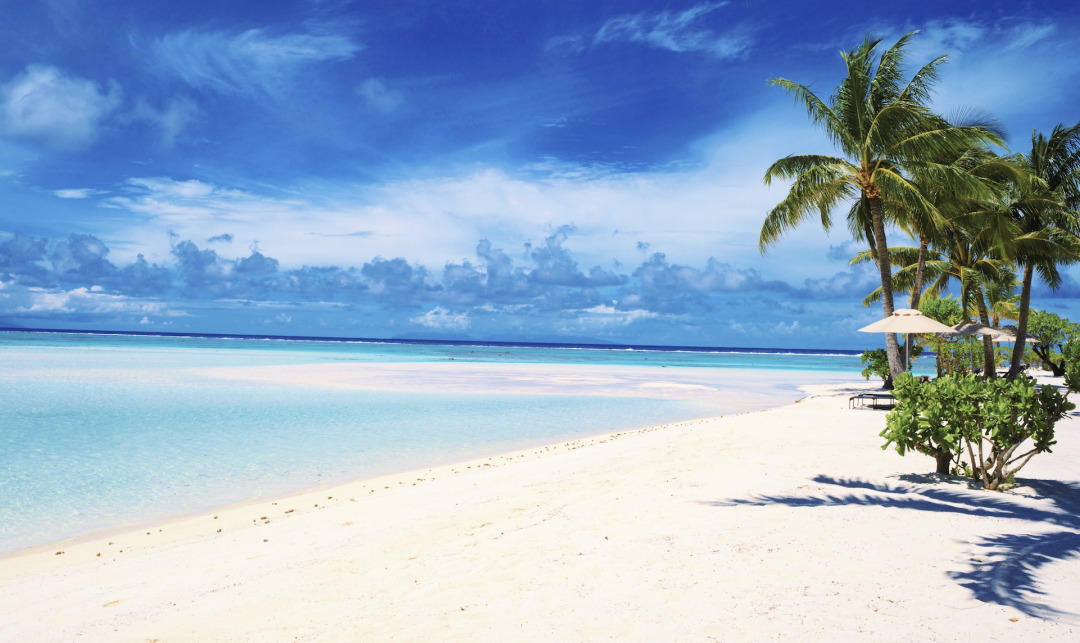
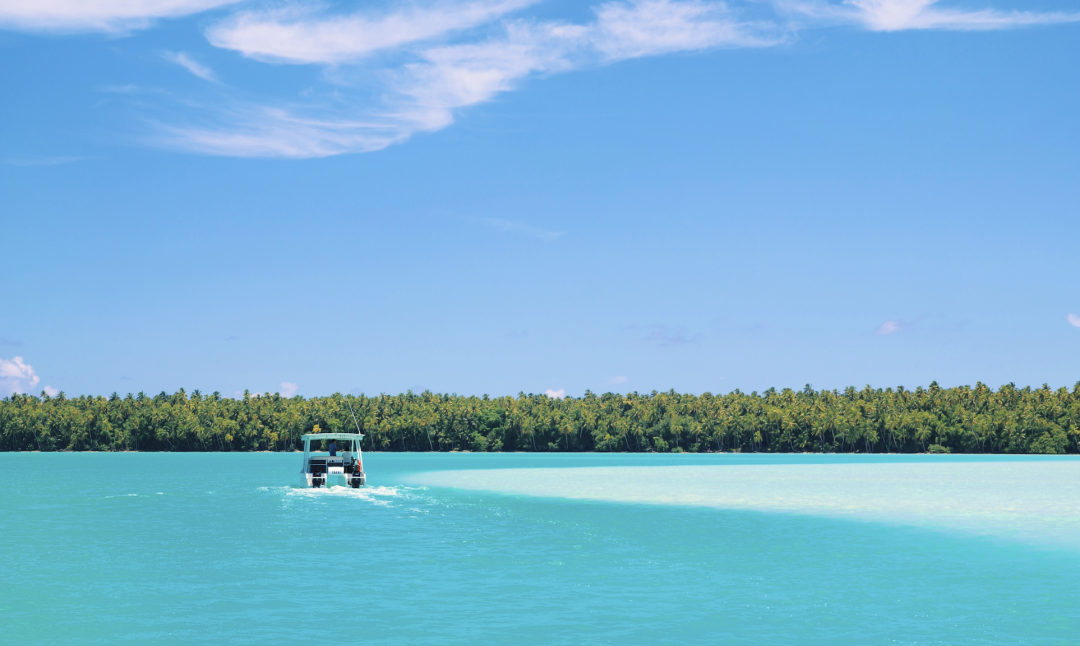
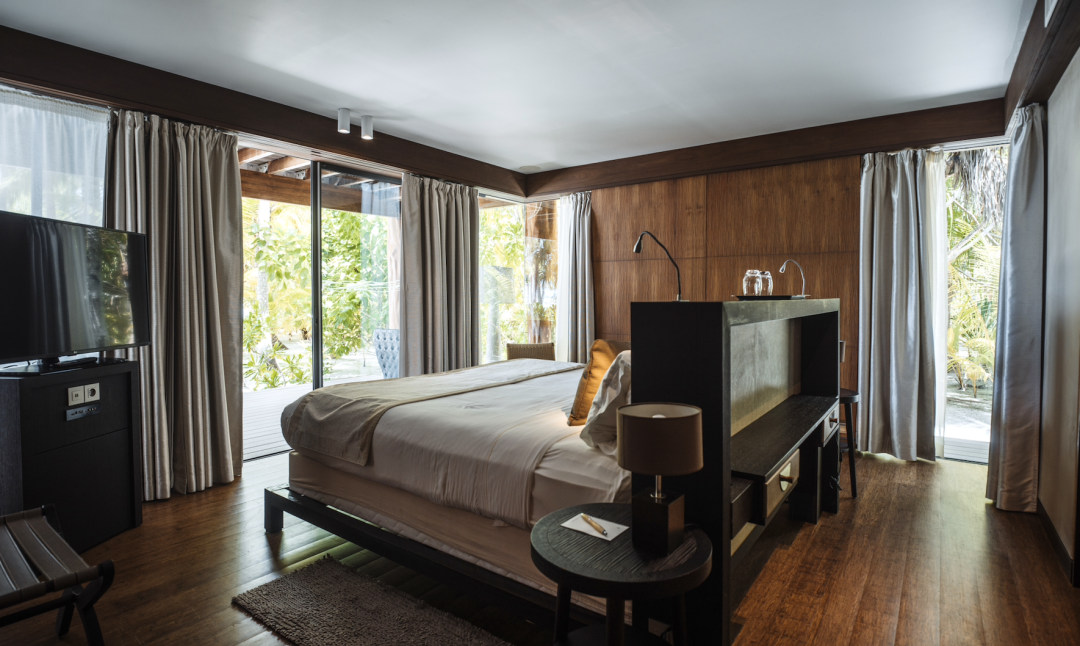
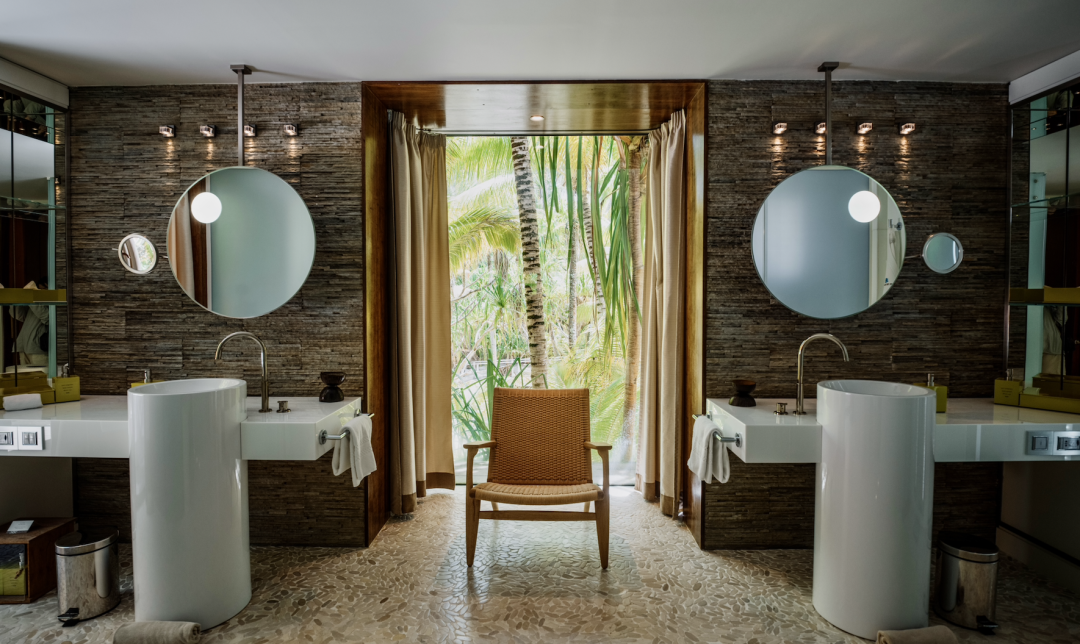
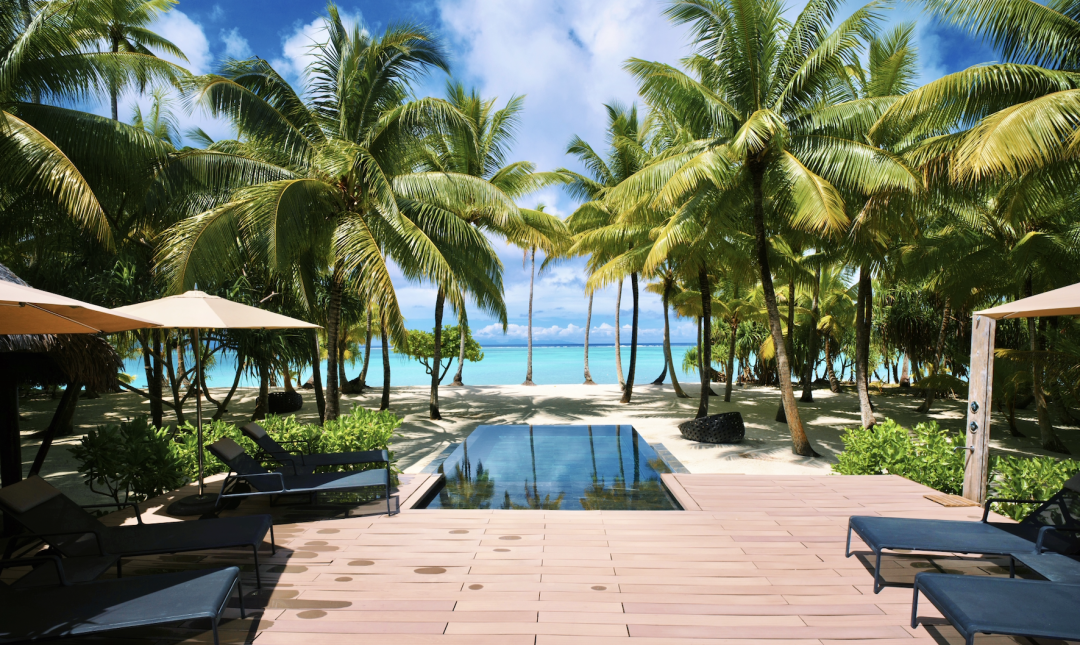
Overwater bungalows are slightly smaller than beach villas, but the newly renovated feel is still quite pleasant, exuding local flavor.
The view of the sacred mountain from the Pearl Resort is slightly less impressive than the other hotels.
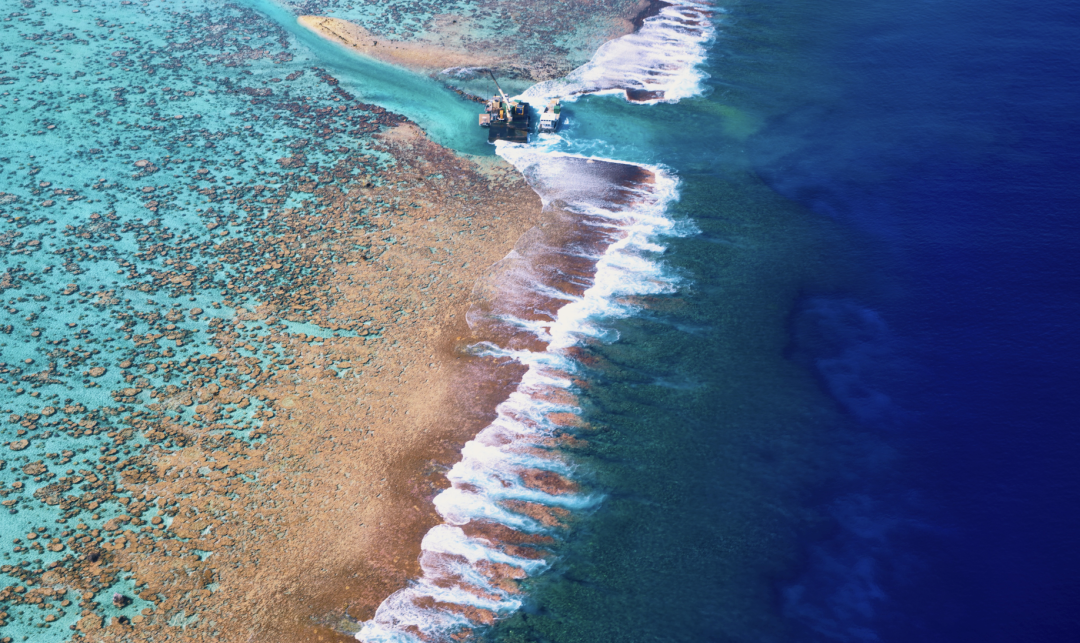
Overall, the hotel infrastructure in Bora Bora isn’t particularly new. This is because Tahiti prioritizes environmental conservation and will no longer permit the construction of new hotels on Bora Bora, focusing only on renovating existing ones. This is a positive move as it limits the number of hotel rooms, ensuring a high-quality visitor experience. Of course, the downside is that guests from around the world are competing for these few hundred rooms.
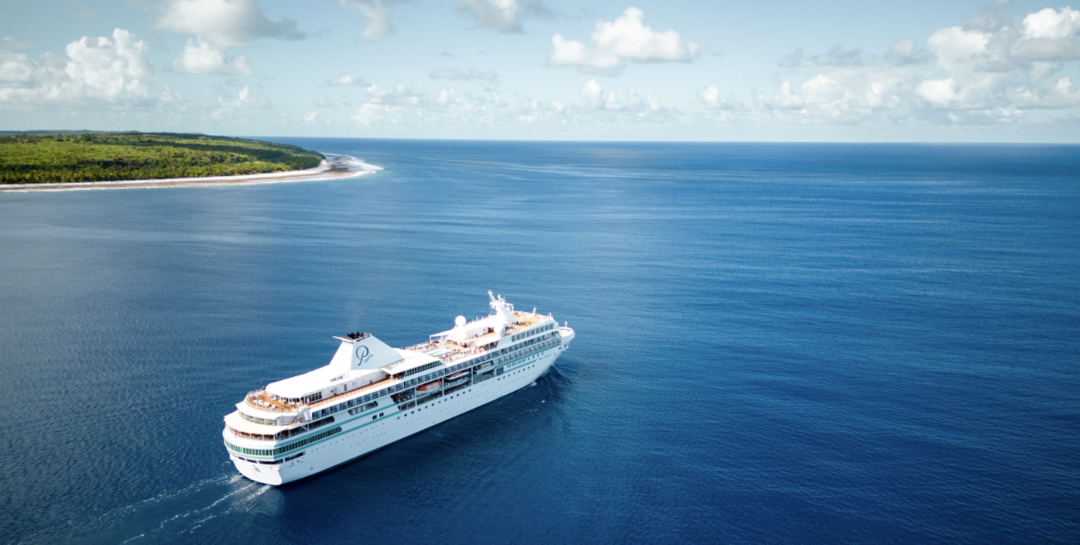
3) What to Do in Bora Bora
The main activity in Bora Bora is enjoying the hotels. Personally, I feel that if you stay at Four Seasons or St. Regis, you don’t need to book any day tours. However, if you stay at Intercontinental, Pearl, or Conrad, you should consider taking some day tours.
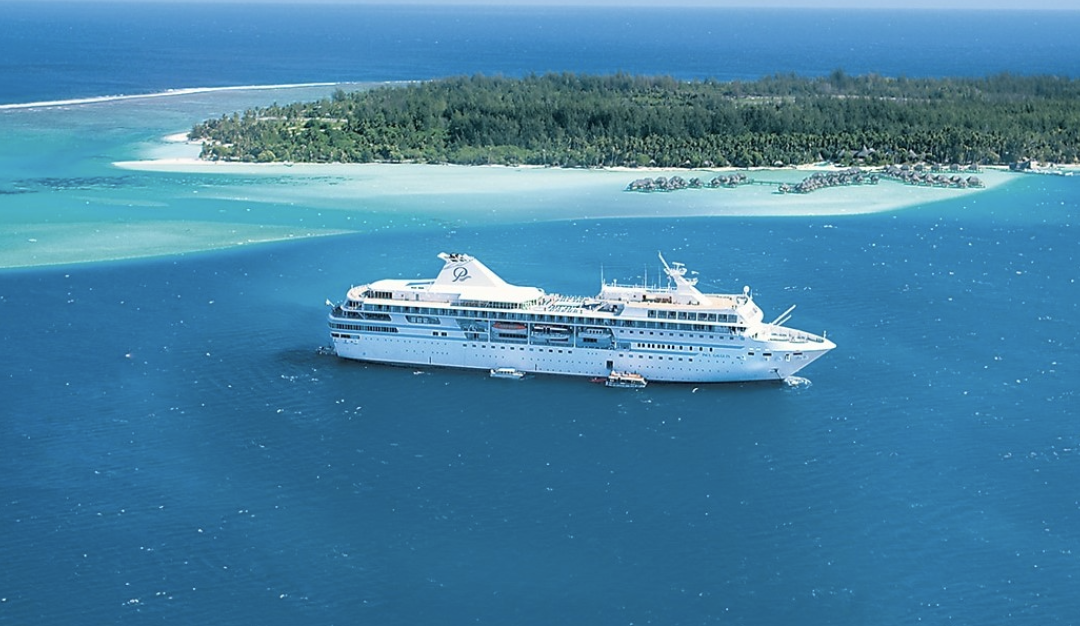
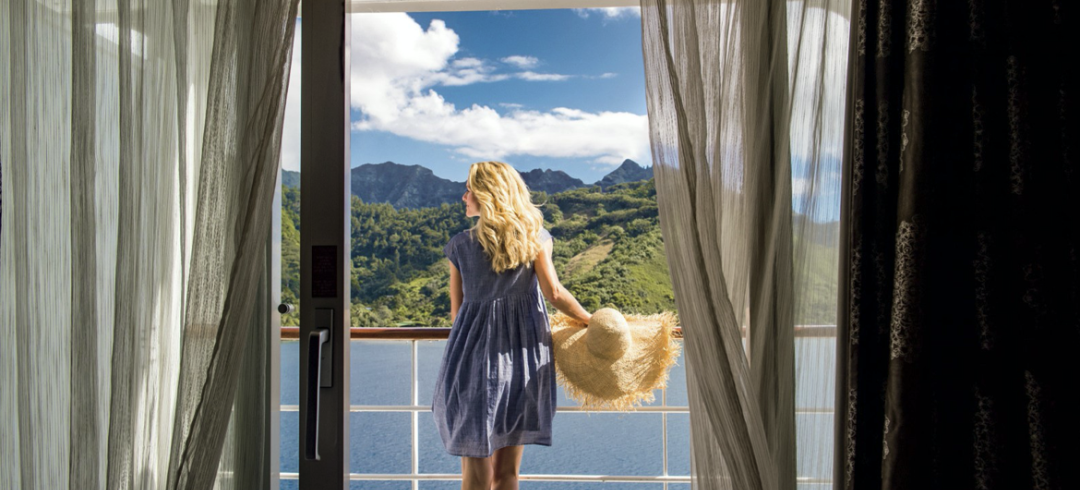
Bora Bora offers primarily two types of tours: one is a snorkeling excursion + picnic on a deserted island.
The snorkeling in Bora Bora is fantastic; you’ll see many baby sharks and rays, making you feel like you’re surrounded by sharks. But don’t worry, these baby sharks don’t bite.
The other tour involves an off-road vehicle adventure exploring the main island. On the main island, you can ascend to view the surrounding reef and see some remnant structures from the Pacific War. If you’re interested in the history of Tahiti and World War II, this tour is worth joining. Some roads still in use in Bora Bora were constructed by the Americans.
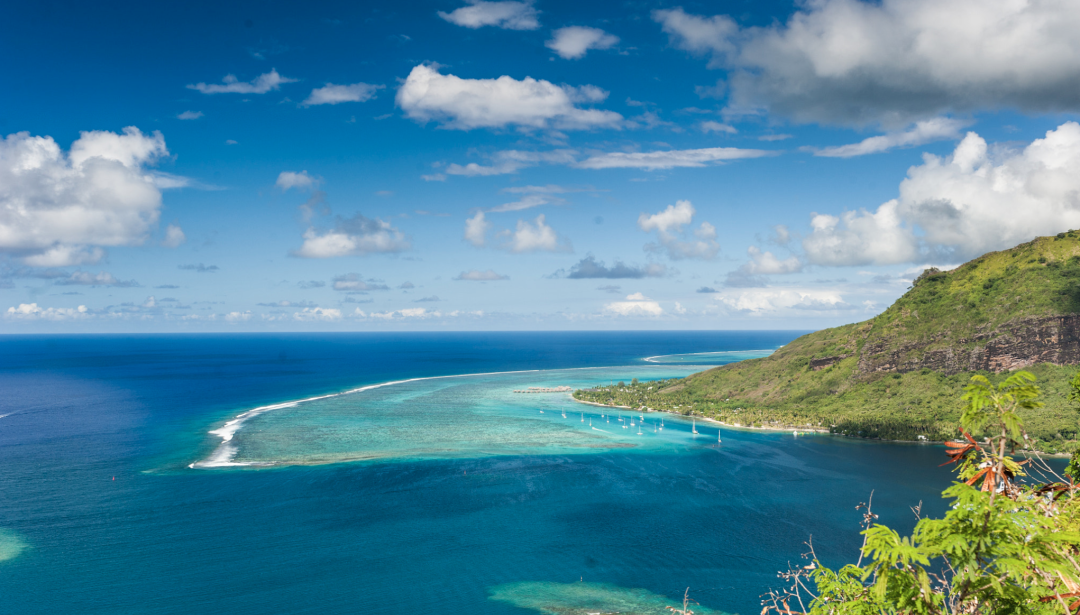
Aside from Bora Bora, where else is recommended in Tahiti?
The main island of Tahiti is Papeete, home to the only international airport in Tahiti. It’s advisable to stay in Papeete as a transition point, as you may need to overnight there due to flight connections. However, Papeete itself has limited attractions.

Adjacent to Papeete is Moorea Island. If you have additional time, you can easily book a day tour there. Moorea is known as the “Magical Island,” with more activities available.
Be cautious with some travel agencies that offer low starting prices for Tahiti packages—these often exclude Bora Bora and only include Papeete and Moorea. Do not choose such itineraries, as the essence of Tahiti lies in Bora Bora. You can find better destinations and higher cost-effectiveness elsewhere. You may visit these islands, but don’t forsake Bora Bora; otherwise, it would be counterproductive to go through all the hassle without experiencing it.
